The best places to visit in French Polynesia: pick your perfect paradise

Jan 18, 2022 • 6 min read
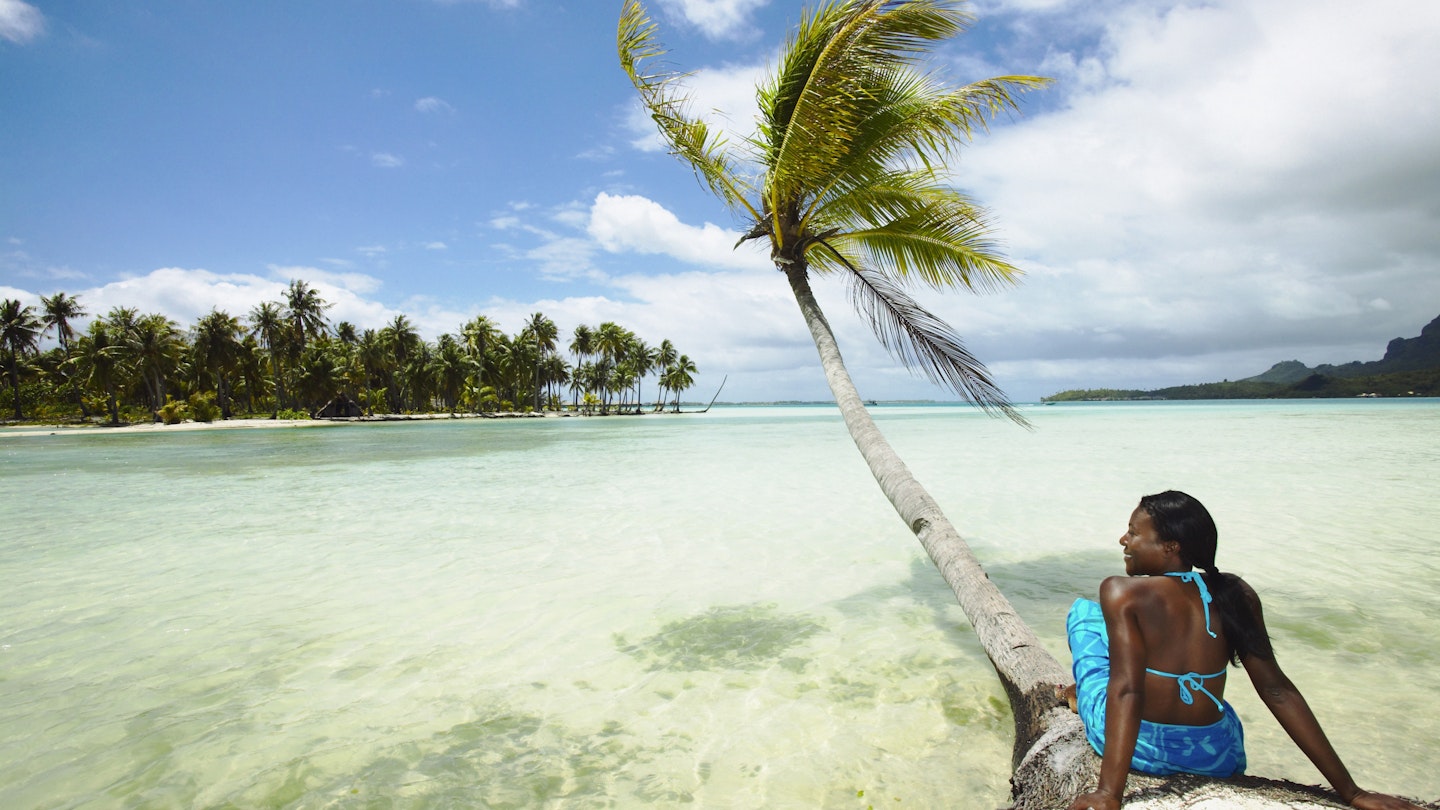
No matter how you picture your tropical paradise island, French Polynesia has the perfect option for you © Peter Griffith / Getty Images
How do you picture yourself on your dream vacation? Relaxing on the deck of an overwater bungalow? Scuba diving next to dolphins, sharks, and rays? Digging into local history and culture? You can do it all and more in French Polynesia .
Most people associate French Polynesia with luxury travel and high-end resorts, and while this is definitely part of the draw, these islands have so much more to offer. So whether you are an adventure seeker, ocean lover, or cultural enthusiast, here are some of the best places to visit in French Polynesia.


The best for a luxury escape
When it comes to French Polynesia, the first place that comes to mind for most people is Bora Bora . The most romantic of the islands, Bora Bora is known for its luxurious resorts with overwater bungalows, which also makes it one of the best places in French Polynesia for a honeymoon .
For a true luxury escape in Bora Bora, make sure to stay on one of the resorts located on a motu surrounding the main island. This way, you will get the postcard views of Bora Bora with Mount Otemanu and the azure lagoon. The Four Seasons Resort Bora Bora offers these camera-worthy views, plus, if you really want to splurge, they also have overwater bungalows with pools as well as decks, allowing you to both swim on your balcony and jump off of it.
Insider tip: Bora Bora’s resorts are quite expensive, but if you travel outside of the high season , you are more likely to find a deal.
The best place to swim with whales
French Polynesia has lots of incredible experiences to offer visitors, but by far one of the best is getting the chance to swim with humpback whales in Mo’orea . From the months of July to November, humpback whales visit the waters around this island and can be seen on a regular basis, sometimes even inside the lagoon.
There are plenty of local companies in Mo’orea that offer the opportunity to spend a morning or afternoon swimming with them. Don’t worry, there are plenty of rules in place about how close the boats can go and guides join each group to keep swimmers in check. It is a magical experience to see these absolutely massive mammals rise from the blue in front of you. Plus, if you are really lucky, you’ll also hear them sing.
Insider tip: The best time to see the whales in Mo’orea is August to October – this is when you are most likely to see the mothers and their calves.
The best island for a road trip
If you are thinking about renting a car and exploring an island, then Huahine is the place to go. It’s one of the larger society islands but can still be explored by car in a day. There is a lot to see and do from archaeological sites to sandy beaches and snorkel spots, scenic viewpoints and vanilla farms.
Make sure to have a swim at Avea Bay and stop for the views at the Panorama de Tefareii. As for the most unique stop on your Huahine road trip, that will be to see the sacred blue-eyed eels. They are about 1.8m (6 feet) in length and can be found in a small river near the village of Faie . Locals have been feeding them for years. As such they are used to humans and, if you like, you can feed them too without concern.
Insider tip: If you are planning on renting a car and driving anywhere in French Polynesia, you will want to ensure that you know how to drive a manual; automatic vehicles are very difficult to come by.

The Marquesas
The best islands for history and culture.
A four-hour flight north of Tahiti are the Marquesas ; some of the most remote, yet accessible, islands in the world. The islands are known locally as ‘The Land of Men’ and are famous for their traditional Polynesia tattoos and artistry. If you are looking for a truly authentic souvenir from French Polynesia, here’s where to find it. There are local artisan markets in the main villages where you can find anything from seed necklaces to carved bone earrings to giant wooden manta rays carved with traditional Polynesia designs.
The landscapes of the Marquesas alone are worth seeing for yourself. Unlike the Society and Tuamotu islands, there are no lagoons. Instead, the towering cliffs plunge straight into the ocean giving these islands a really wild and lost world-type feel. Expect plenty of viewpoints, both black and white sand beaches, and thick, lush vegetation.
There are two main islands: Nuku Hiva and Hiva Oa , both of which are worth visiting. Nuku Hiva has more dramatic scenery, but Hiva Oa is where you will find the most tikis across French Polynesia. The most well-known and largest tiki, called Tiki Takaii, can be found near Puama’u on the northeast coast. However, you’ll definitely want to search out the tiki souriant or smiling tiki , which is perhaps the most unique tiki in the islands.

The Tuamotus
The best islands for scuba divers.
The Tuamotus are a chain of islands best known as an incredible scuba diving destination. There are three main islands to go to for diving: Tikehau, Fakarava , and Rangiroa - and all three offer something different.
The highlight of Rangiroa is the dolphins. At the Tiputa Pass, there is a pod of about 30 dolphins that swim and play in the area year-round. Of those 30 dolphins, 4 of them are incredibly social and will come up to scuba divers in the hopes of getting a belly rub. However, even if you aren’t lucky enough to see one of these specific dolphins on your dive, you will likely still see and hear the pod.
Fakarava is famous for its sharks. There are two main passes here, the south pass, Tumakohua, and the north pass, Garuae. Both are fantastic dive spots, but the south pass is the best spot to see the sharks. It is estimated that there are between 250-700 grey sharks in this area and no, they are not baited. The shark wall is a sight to see, but divers should be aware that the currents here can be quite strong and may be difficult for inexperienced divers.
Finally, there is Tikehau, which was named the fishiest atoll in the world by Jaques Cousteau. This statement is immediately obvious as you drop below the surface and are surrounded by schools of colorful fish, cheeky puffers, barracuda, and some curious white tip reef sharks. Lucky divers here may also get a chance to see hammerhead and tiger sharks by the island’s only pass.
Insider tip: Book your dives early as there are a limited number of spaces and dive shops on the islands.
You may also like: The beautiful French Polynesian island you've never heard of Hiking in Bora Bora: you've never seen the lagoon from this angle before The best things to do in Bora Bora: beauty and the beach
Explore related stories

Tips & Advice
Jan 17, 2024 • 8 min read
Maximizing American employer PTO is a complex calculus. Here's what days to take and where to go to make the trip of a lifetime a reality.

Dec 12, 2023 • 6 min read
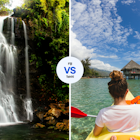
Jun 28, 2023 • 6 min read
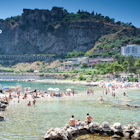
Apr 1, 2023 • 10 min read
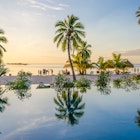
Oct 26, 2022 • 4 min read
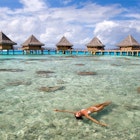
Mar 28, 2022 • 3 min read
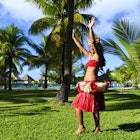
Nov 23, 2021 • 7 min read

Jan 29, 2024 • 11 min read
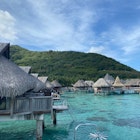
Aug 3, 2022 • 10 min read

Mar 9, 2022 • 9 min read
Already 2.14 kg of CO2 saved thanks to the eco-mode on this site. Do you want to make an effort for our planet? Learn more
'Ia Ora Na e Maeva in The Islands of Tahiti
118 islands 5 archipelagos.
Pure, natural and unspoiled, The Islands of Tahiti will captivate and charm you.
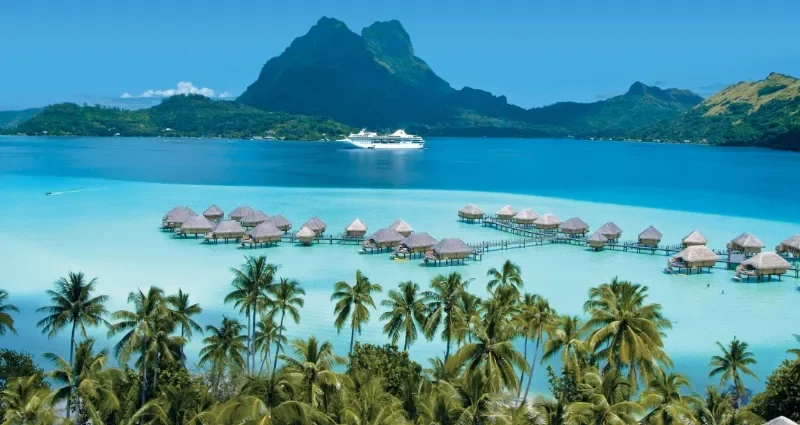
Society Islands
Taha’a
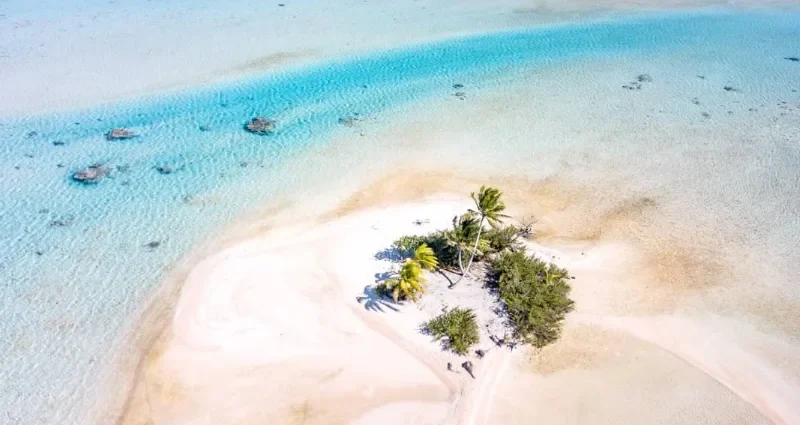
Tuamotu Islands
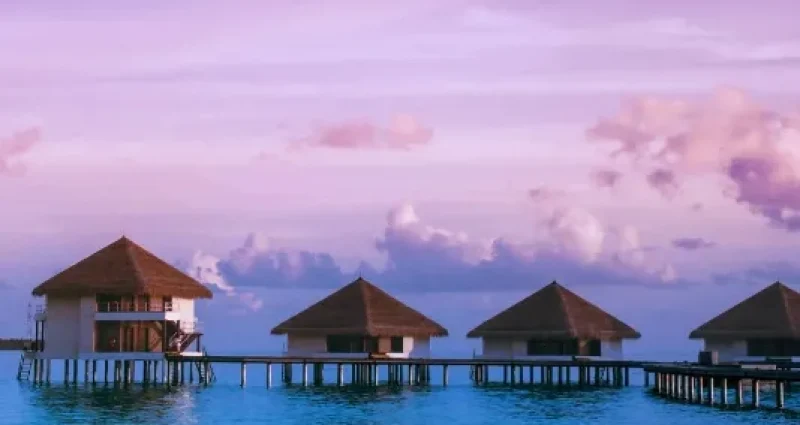
Gambier Islands
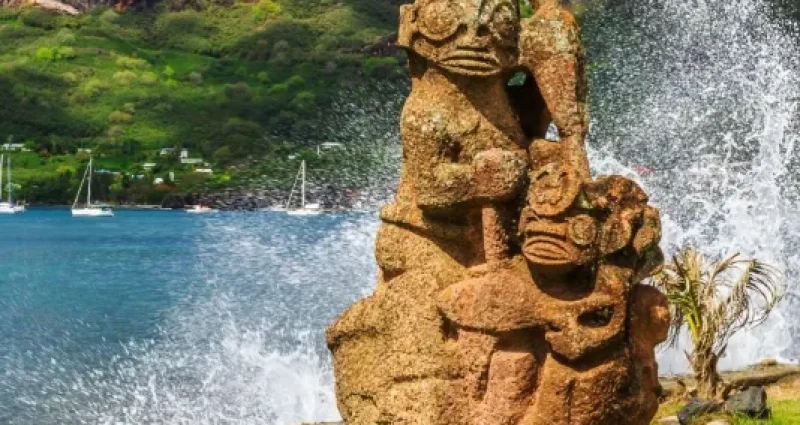
Marquesas Islands
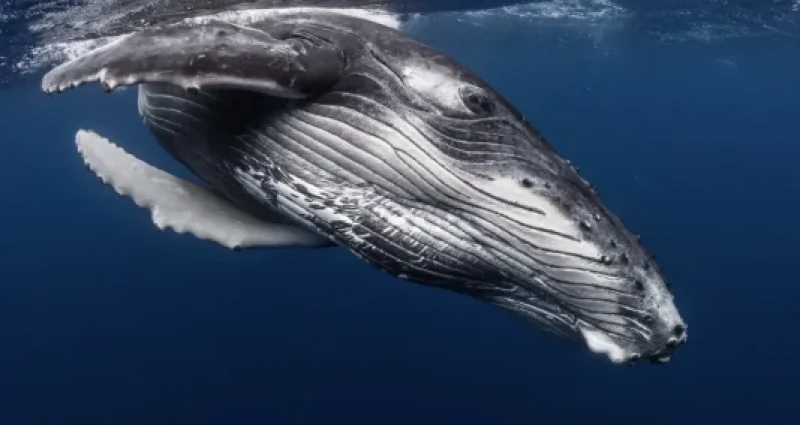
Austral Islands
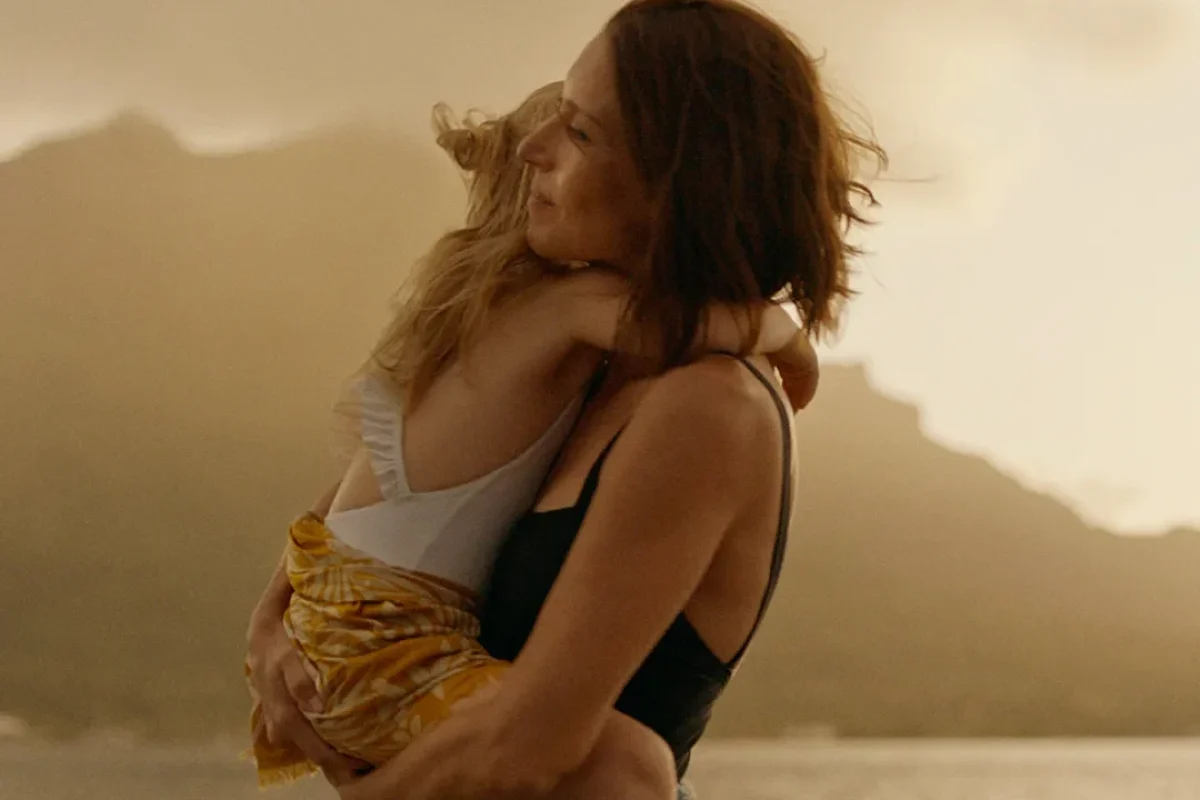
Treasure every moment
When you visit The Islands of Tahiti , we invite you to immerse yourself in our unique culture and landscape and feel your senses come alive, a feeling that will stay with you...
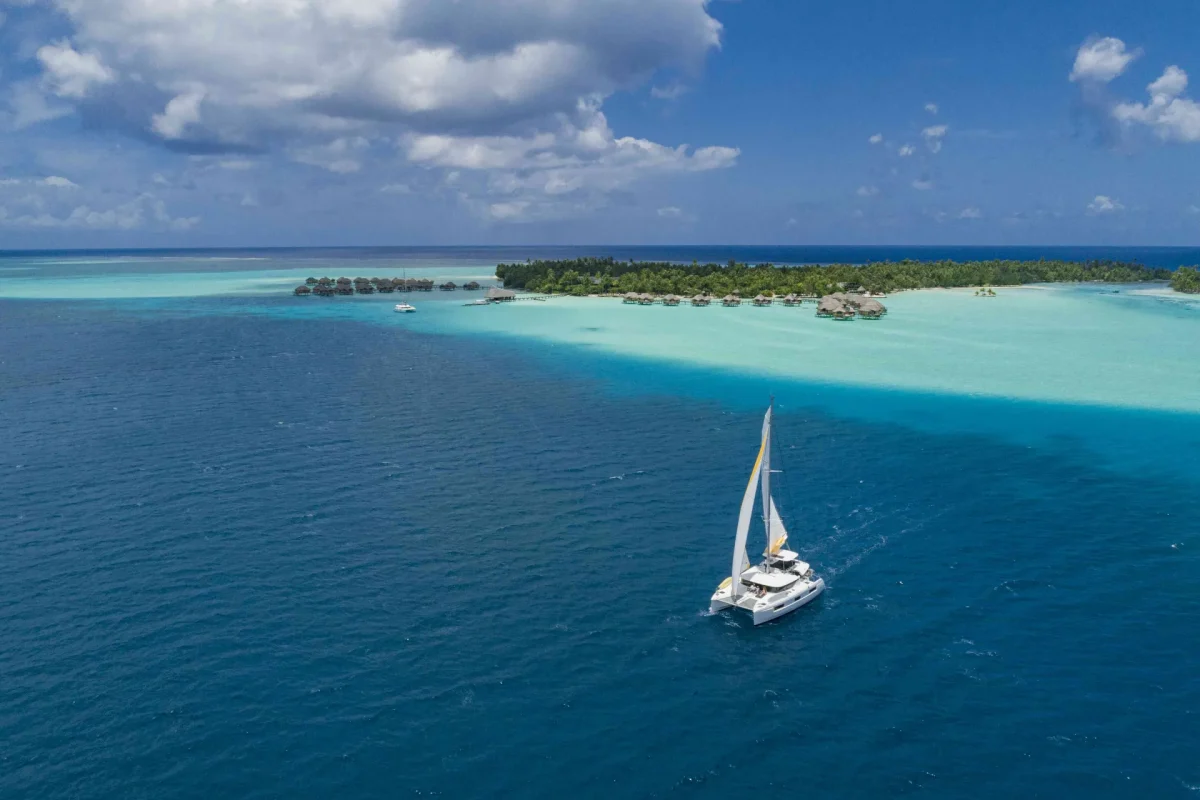
Everyone can sail
All you have to do is relax and feel your senses come alive as you live aboard and go ashore, experiencing the best our uniquely preserved lands and sea can offer.
Islands to explore
According to your desires
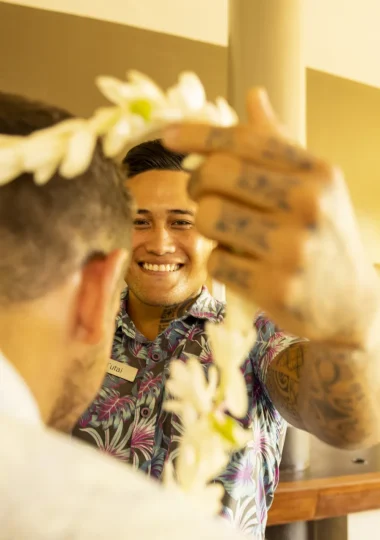
Tahitian and French Polynesian Culture
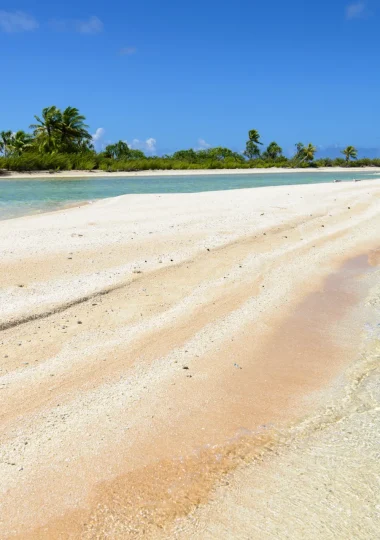
Sustainable tourism
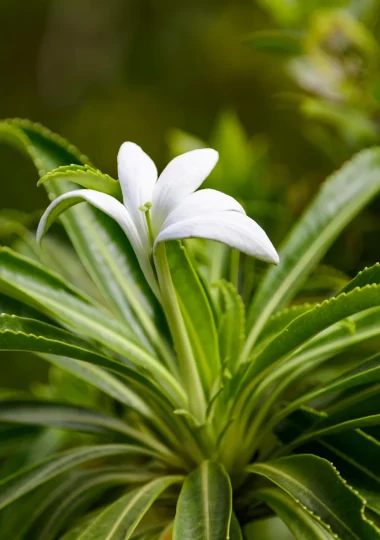
Untamed, preserved nature
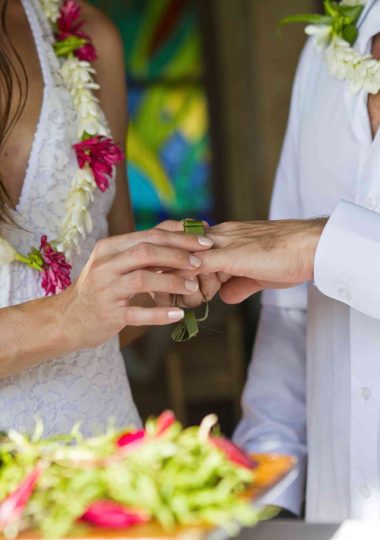
Marriage and romance
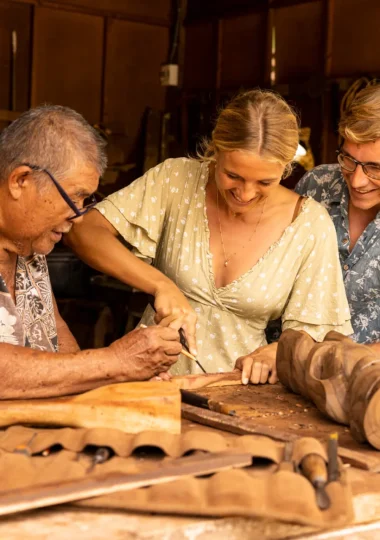
Vacation packages
Book your trip
- All vacations packages
- Diving Packages
- Honeymoon Packages
Latest offers
Look at our selected vacation packages for French Polynesia. Meet the local population, explore their beautiful islands and appreciate their enviable lifestyle. Enjoy The Islands of Tahiti .
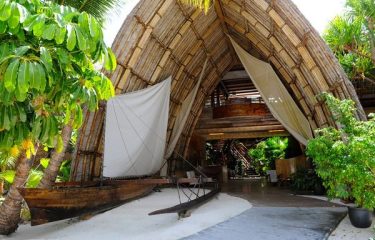
Pearl Resort Getaway! Taha’a & Bora Bora
Bora Bora,Tahaa
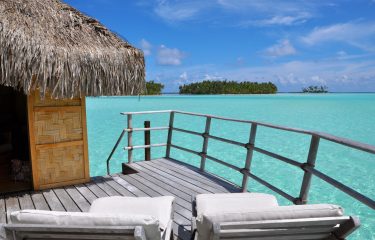
Moorea, Tahaa, and Bora Bora Ultimate Romance
Bora Bora,Moorea,Tahaa
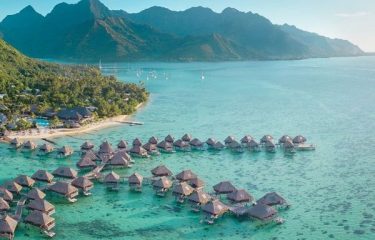
Moorea and Bora Bora VIP Luxury Romance Offer!
Bora Bora,Moorea
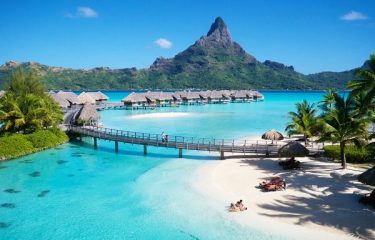
Moorea & Bora Bora Remarkable Honeymoon!!
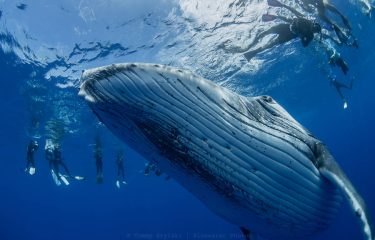
French Polynesia August/September 2024 Whale Snorkeling Trips
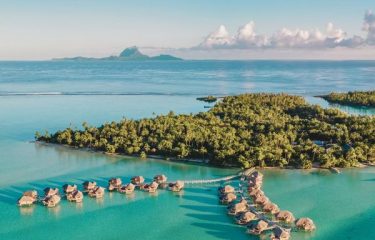
Tahaa & Bora Bora Deluxe Honeymoon!
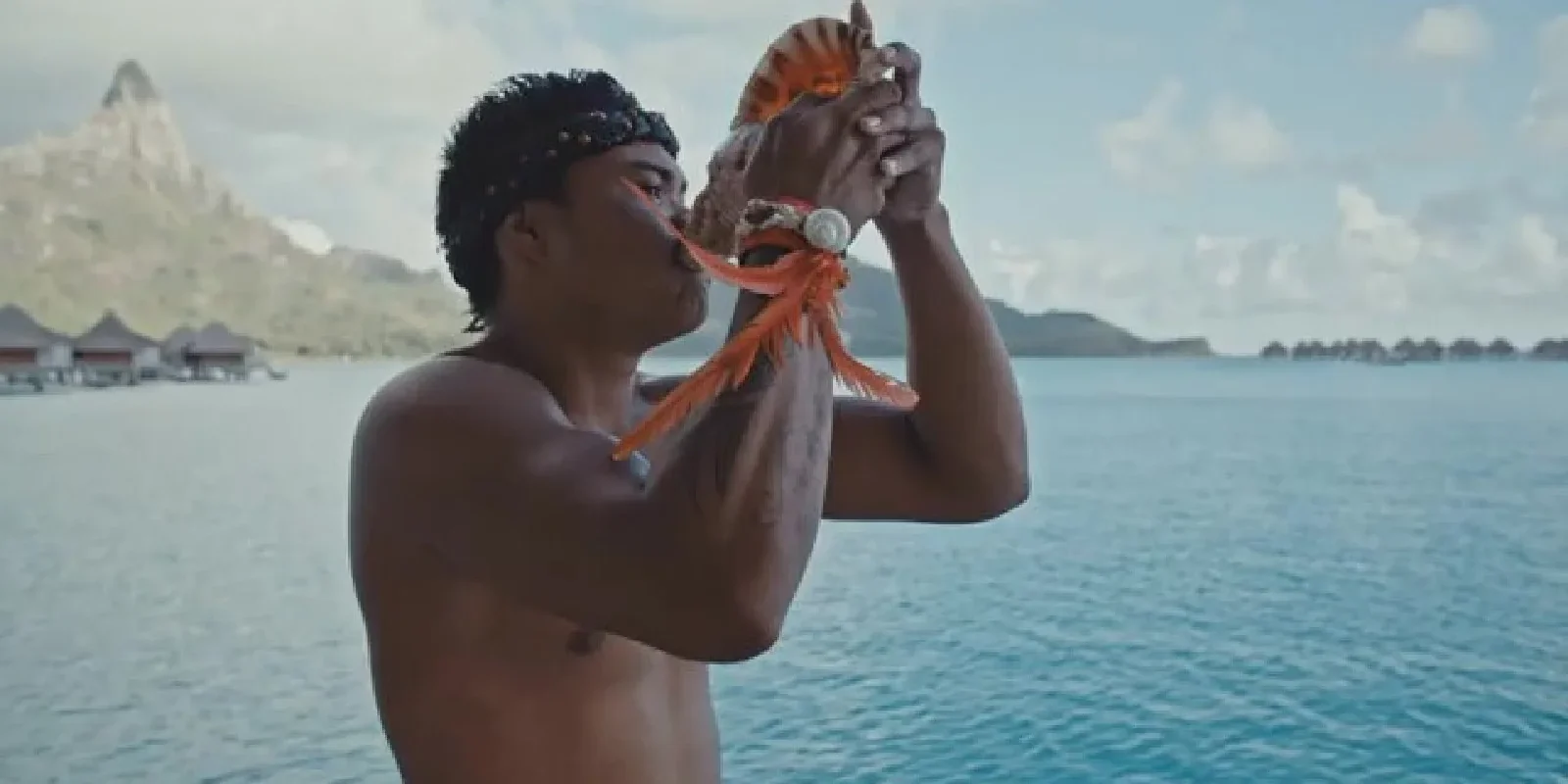
Experience The Islands of Tahiti
Feel the Mana
The Islands of Tahiti is a patchwork of experiences to be enjoyed to the full. Meet the local population and share their authentic traditions, explore the unspoiled islands and discover the unique flora and fauna on land and at sea.
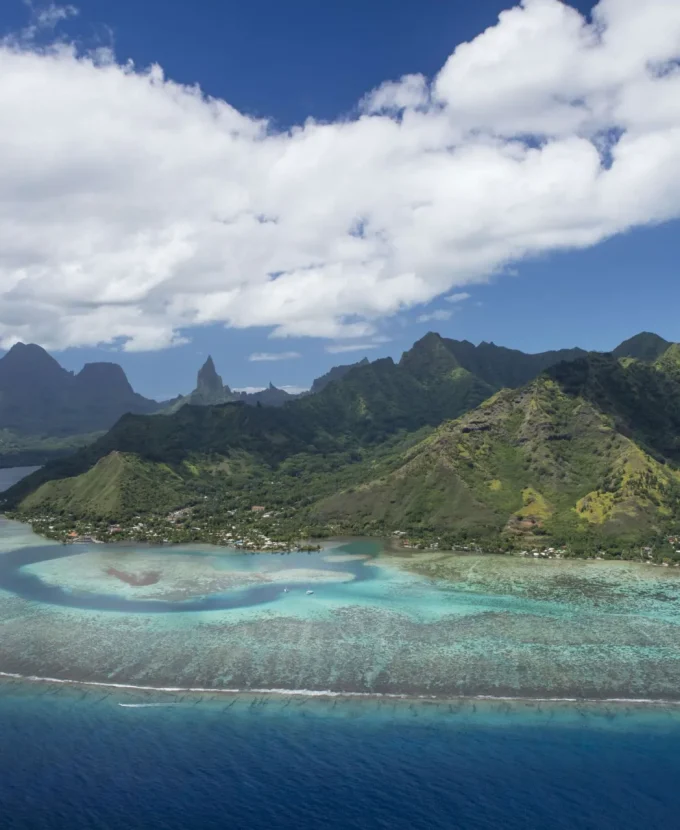
Plan the trip of your dreams
3 good reasons to book a travel agent, certified tahiti specialist.
has in-depth knowledge of the destination, enabling us to offer you unique activities and experiences.
Your customized agent
to suit your preferences and budget.
Your agent assists you
throughout your stay to make every moment of your trip a memorable one.
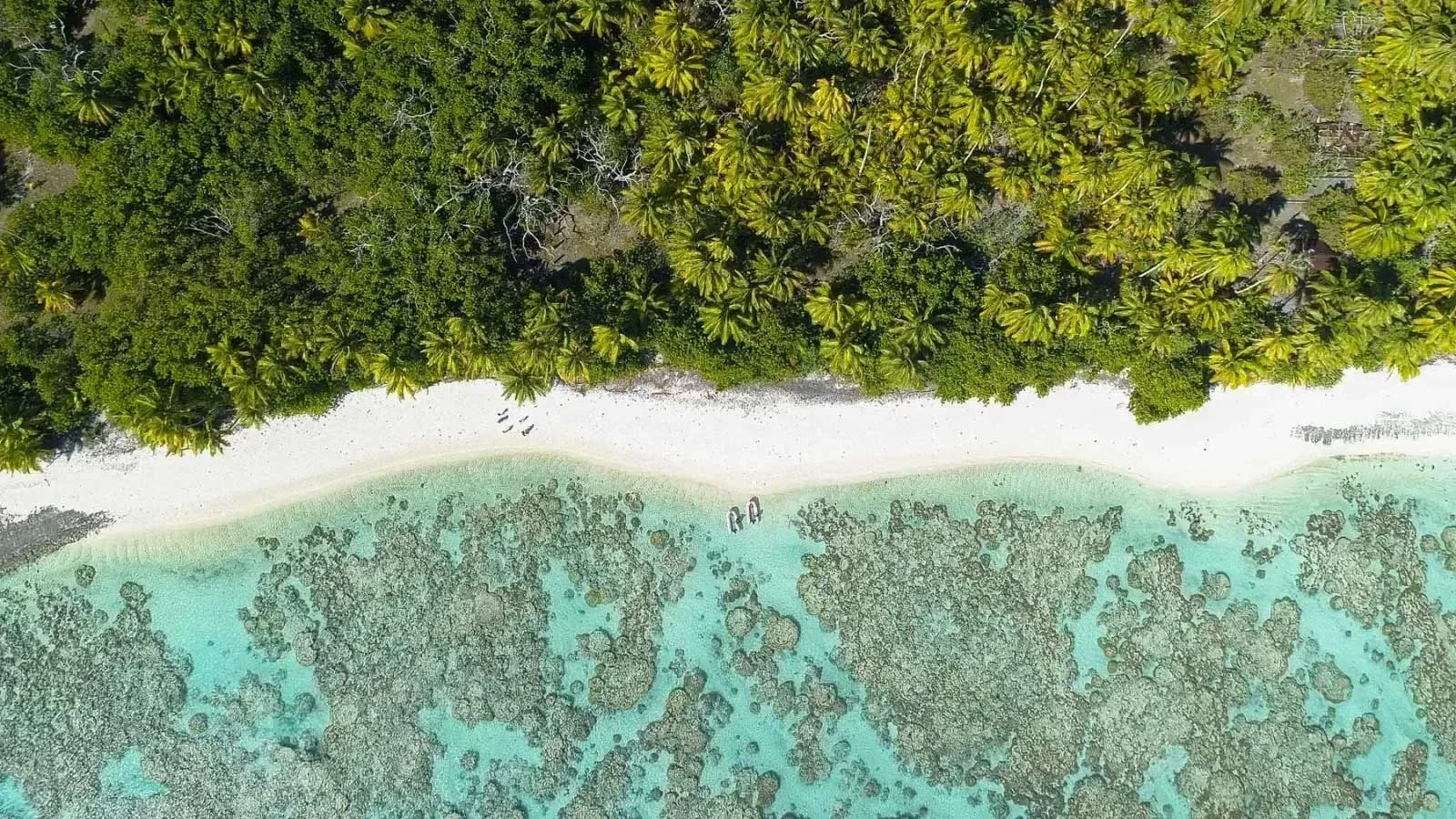
No to be missed
Each year, there are a series of major cultural events in The Islands of Tahiti that will add an extra touch of magic and color to your vacation.
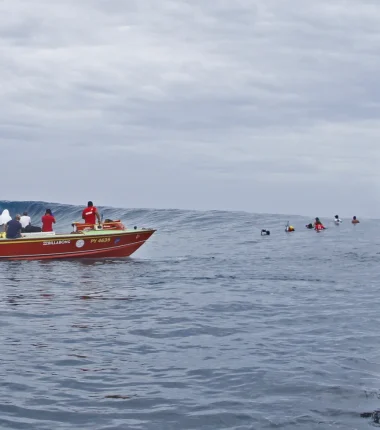
Tahiti Pro Teahupo’o
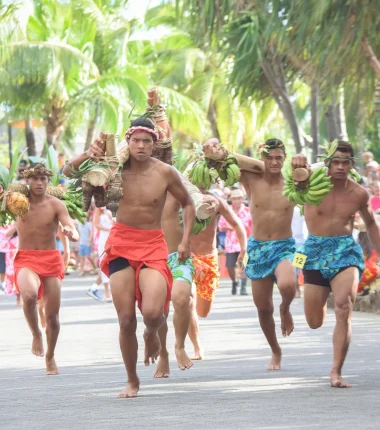
Culture Sport
Heiva Tu’aro Maohi of the Polynesian Triangle
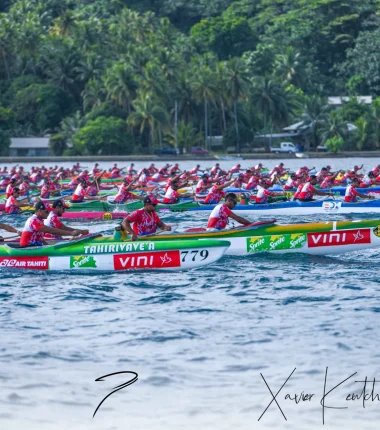
Culture Sport Va'a / canoe
Hawaiki Nui Va’a
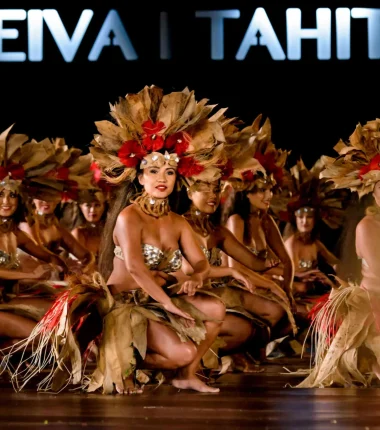
Culture Tahitian dance
Heiva i Tahiti
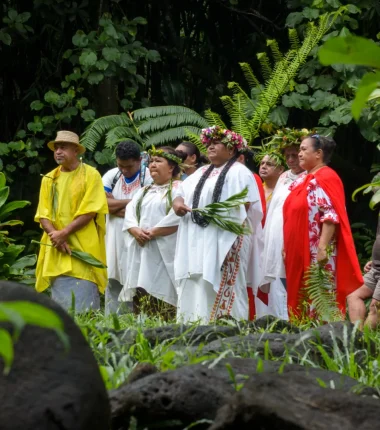
Culture Local celebration day
Matari’i i raro and Matari’i i ni’a
Share your experience
#LoveTahiti
- Follow us on Facebook
- Follow us on Instagram
- Follow us on Youtube
- Follow us on Tiktok
- Follow us on Pinterest
If you live in one of these countries, please visit our dedicated websites.
Explore French Polynesia

Plan Your Trip to French Polynesia: Best of French Polynesia Tourism
Essential french polynesia.
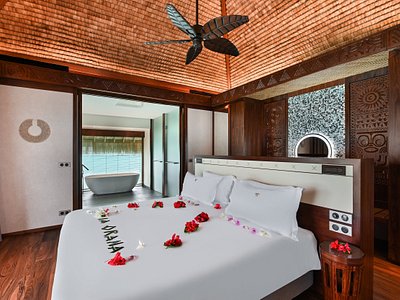
Trending in the forums

French Polynesia Is Great For
The great outdoors.

Eat & drink
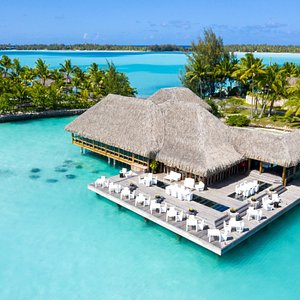
- Search Please fill out this field.
- Manage Your Subscription
- Give a Gift Subscription
- Sweepstakes
- Island Vacations
10 Best Islands in French Polynesia to Visit for the Bluest Waters and Overwater Bungalows
Snorkel with humpback whales, spot sharks in pristine lagoons, and dive deep into local culture on French Polynesia's best islands.
:max_bytes(150000):strip_icc():format(webp)/TerryWard228414-0d9b8f2144c44cbba4cd71f9a077718c.jpg)
Matteo Colombo / Getty Images
When most people think of the French Polynesia islands, honeymoon favorite Bora Bora and its overwater bungalows perched on a shimmering lagoon likely spring to mind. But this South Pacific archipelago — an overseas territory made up of 118 islands and atolls that's part of France and covers an area of water roughly the size of western Europe — encompasses so much more.
From the far-flung islands of the Marquesas, with their rich cultural heritage and tattoo lore, to world-renowned surf breaks on the island of Tahiti and legendary scuba diving alongside walls of sharks in the Tuamotu Archipelago, here's a look at 10 of the best islands in French Polynesia, some of which you might not have had on your radar.
M Swiet Productions / Getty Images
The largest atoll in the French Polynesia islands and the second-largest atoll in the world, Rangiroa looks like a donut tossed across the ocean as you come in for a landing from Papeete in Tahiti, a full hour's flight (on Air Tahiti ) away. Most of the hotels here are located near the tiny, thatched-roof airport, with Mai Tai Rangiroa and Hotel Kia Ora Resort & Spa among the favorites for oceanfront villas — and overwater bungalows at the latter.
Scuba divers can fill their tanks and check out Tiputa Pass with the Rangiroa Diving Center , where even snorkelers can get in the water with the resident dolphins that make frequent passes on the ocean side of the atoll. For the perfect day trip, head out with family-owned Tereva Tana e Vahine . After an hour-long boat trip across the lagoon's interior, you'll arrive at the Blue Lagoon, a placid and protected oasis where baby sharks frolic and you can enjoy a seafood lunch on the sand before snorkeling with larger reef sharks and lemon sharks (if you dare). Looking for a pearl souvenir? Take a tour at Gaugin's Pearl Farm , then save money on some black beauties to take home by stopping at the small shack called Pearly, located right across from the Mai Tai Rangiroa hotel.
You're really off the beaten path in the Tuamotus when you stay on the gorgeous atoll of Tikehau , where a rustic spin on an overwater bungalow stay awaits at Le Tikehau by Pearl Resorts , situated on its own private motu , or islet. Just a short boat ride from the resort, you can head out for a day of snorkeling with Tikehau Diving from a location known as a "cleaning station" for manta rays, a place where the winged giants regularly arrive to get their gills detailed by smaller fish, who in turn get a fear-free feed.
For a day trip with a local that's a real learning experience about ocean life in the Tuamotus, head out on a private boat tour with Tikehau Ocean Tour . Owner Denis Grosmaire is an accomplished free diver and will spear-fish for your lunch — and show you the ropes if you want to try — after a trip to L'île aux Oiseaux, a fascinating little island in the lagoon full of nesting boobies, frigates, and terns. Tikehau is best tacked on with an itinerary that takes in Rangiroa, too, just a 20-minute flight away. Papeete is also roughly 55 minutes by air from Tikehau.
CampPhoto / Getty Images
It's just a half-hour catamaran ferry ride from bustling Papeete —Tahiti's main city, where you first land in the French Polynesia islands — to Moorea , located right across the channel. As the boat pulls in to dock, its jagged peaks, carpeted in shades of emerald, rise sharply from the shoreline and beckon for adventure.
Follow scenic driving routes through the middle of the island that thread through pineapple fields to the incredible lookout at Belvedere, where you can bask in bewildering views of Mt. Totui, Opunohu Bay, and Cook's Bay. Or take the coastal route to hit the hidden beach of Tipaniers, at the end of a sandy path in Moorea's northeast corner. Just a few minutes down the road from there, the Moorea Island Beach Hotel has comfortable bungalows lining a beach with vibrant corals and complimentary kayaks you can use to explore the area. For the chance to see migrating humpback whales and their babies just offshore, plan to visit between July and early November, when Tahitian-owned outfitters such as Enjoy Boat Tours Moorea can put you in the water alongside the behemoths for the eye-to-eye encounter of your life.
Neil Rabinowitz / Getty Images
Tahiti , the largest and one of the best islands in French Polynesia, is where you first land after most international flights. Tourists who only use Tahiti as a jumping off point for heading elsewhere throughout the islands are sure to miss out on some serious natural beauty and true Tahitian hospitality. Book a room with views of Moorea at the Hilton Hotel Tahiti , which opened in 2021 just a few minutes from the airport. Then, get your bearings by walking around bustling Papeete and its central market, where everything from flopping fresh tuna to black pearls from the Tuamotus and handprinted pareos are sold, before renting a car to check out the rest of the island.
Keen surfers — and those who just like to watch monster waves ridden by the pros, including many a Tahitian surfer raised on these killer island breaks — beeline it to the southwest coast and Teahupo'o, a small village where one of the heaviest waves in the world barrels near a channel just offshore. For more leisurely explorations, take your time road tripping along Monoï Road, which rings the island and is named after Tahiti's famed infused coconut oil, to visit tiare (flower) plantations, perfumeries, and other iconic spots.
It's impossible to mention the best islands in French Polynesia without talking about Bora Bora , which is also located in the Society Islands and is about a 50-minute flight from Papeete. Its name alone conjures swaying palms, calm lagoons and, of course, canoodling couples who flock here for romantic getaways in the ubiquitous overwater bungalows. Competition in the romance category is stiff in these paradise-made-reality parts, but one of the finest places to sleep with the water lapping the stilt structure beneath your bed is The St. Regis Bora Bora Resort , with its famed waterfront restaurant Lagoon by Jean Georges. Its latest bar, 727, opened at the hotel in 2022, offering swoon-worthy views of Mount Otemanu.
For something a bit out of the box in Bora Bora, drag yourself from your resort beach to check out the lagoon and surrounds by traditional Polynesian pirogue during land and sea outings with Bora Bora Cultural Lagoon Tour . You'll visit the owner's family motu and learn about medicinal plants. And it wouldn't be a trip to Bora Bora if you didn't get in the water to snorkel with blacktip reef sharks and manta rays, an activity that can easily be worked into any lagoon itinerary.
Stuart Westmorland / Getty Images
The second-largest atoll in the Tuamotu Archipelago, Fakarava reveals itself in layers, making it more interesting with every return visit as you peel another aspect of the atoll back. Most visitors come here with scuba diving the famous south pass, Tetamanu, at the top of their wish list. The reward? A wall of hundreds of grey reef sharks patrolling the entrance to the atoll lagoon as soon as you enter the water. But the atoll's north pass, Garue, is less visited and just as exciting for an underwater adventure with an outfitter like O2 Fakarava , which also makes regular trips to the south pass. It's common to see huge Napoleon wrasse in addition to scores of sharks at both sites, and most other places around Fakarava, for that matter.
For an interesting education on land, Fakarava local Enoha Pater can teach you all about the medicinal plants growing here on a low-tide walk on the ocean side of the atoll at night, where you'll discover creatures you'd never spot snorkeling during the day. To stay in a sweet little bungalow right on the beach surrounded by flowering hibiscus and frangipani, you can't go wrong booking in at Havaiki Lodge , which also has an onsite black pearl farm and resident nurse sharks that frequent its pier.
Alexis Goubert / Getty Images
One of French Polynesia's Society Islands (along with Tahiti and Moorea), Huahine is considered more off-the-beaten-path and requires a 40-minute flight from Papeete to reach. Come for an Eden-like ambiance of gardens bursting with hibiscus and bougainvillea, fields of vanilla and bananas, and atmospheric villages where traditional Tahitian hospitality prevails (get ready to hear the local greeting, "Ia Orana!," absolutely everywhere you go).
Hotel Le Mahana is an idyllic place to stay along the island's south coast, with thatched-roof bungalows fronting a white-sand beach. Make a pilgrimage to see Huahine's sacred blue-eyed freshwater eels and try your hand at feeding them mackerel snacks. If you do just one thing on land here, visit Maeva village to see two important cultural sites — the Marae of Maeva and The Fare Pōte'e Maeva Huahine — where you can delve into the significance of Polynesian ceremonial activities.
Yachties love Raiatea , another Society Island that's a 45-minute flight from Papeete, for its deepwater bays and bountiful beautiful and safe anchorages. Visitors without sails to sleep under can bed down in atmospheric pensions like Opoa Beach Hotel , with just nine bungalows fronting a stunning beach on the island's southeast corner. For something even more secluded, Motu Nao Nao (accessed via a 20-minute flight from Raiatea) has just three bungalows on its own 75-acre private island.
If you're looking for adventures inland, pick up a paddle to try kayaking along the only navigable river in the French Polynesia islands — Raiatea's palm-lined and lovely Fa'aroa River. Challenge yourself to an 11-mile hike to Mount Temehani for views that extend beyond the beautiful lagoon below to take in Huahine, Bora Bora, Taha'a and Maupiti in the distance.
homertov / Getty Images
If you know the lyrics from "Southern Cross," you'll remember Crosby, Stills, and Nash mentioned the Marquesas Islands along with the "downhill run to Papeete." And if you're coming to the Marquesas by air, it takes over three hours to reach Nuka Hiva (the largest island in the chain) from Papeete. It's not about snorkeling in sparkling clear lagoons here — they don't exist in the Marquesas, where the waters are darker and rich with nutrients. Rather, come for rich Polynesian cultural encounters and forays into lush rainforests to hike to thundering waterfalls.
Get your bearings with a stay at Le Nuka Hiva by Pearl Resorts , the nicest place to stay on the island — with some of its very best views, too, from the sprawling infinity pool. Then, take a boat with Cannibal Art to reach the Hakaui Valley and hike to Vaipo Waterfall, one of the tallest in all of French Polynesia. The sight of the single cascade plunging down from 1,148 feet is well worth the 1.5 hour return hike to reach it. Speaking of art, Marquesans are known as some of the most talented artists, and their traditional wares extend from jewelry and carvings to tattoos. Don't be surprised if you're tempted to come home with a souvenir in the form of body art. You won't be the first one. That's for sure.
Hdeane / Getty Images
Popular with French families looking for a little escape from Papeete on mainland Tahiti, Maupiti (a 50-minute flight from the capital) is revered for its utterly relaxed vibe and pristine — and for the moment, overwater bungalow-free — lagoon. There are no big hotels here, only Tahitian guest houses for a stay that promises lots of local culture and hospitality as welcoming as the flower leis that greet you on arrival nearly everywhere you venture in the French Polynesia islands.
Visitors come to Maupiti to snorkel and scuba dive with manta rays with Maupiti Diving at a cleaning station in the turquoise lagoon near Maupiti's south pass, and to stroll the shallow waters along the white sands of Tereia Beach. Natural beauty is all around in these parts. And your only mission is to soak it all in.
Things to Do in French Polynesia
Article written by Elisa - Travel Writer & Local in France This article may contain compensated links. Please read disclaimer for more info.
Visit French Polynesia
French Polynesia is an overseas collectivity of the French Republic. This ensemble of 118 beautiful islands and atolls in the South Pacific Ocean, halfway between the USA and Australia, is well known for its exotic atmosphere, turquoise waters, and relaxed lifestyle.
Few places in the world have a more exotic feel to their name than French Polynesia. Some of these French Islands , like Bora-Bora , Mangareva , Moorea , or Rangiroa , are among the most scenic islands in the world, and it is no wonder that people like Paul Gaughin or Jacques Brel once called them home.
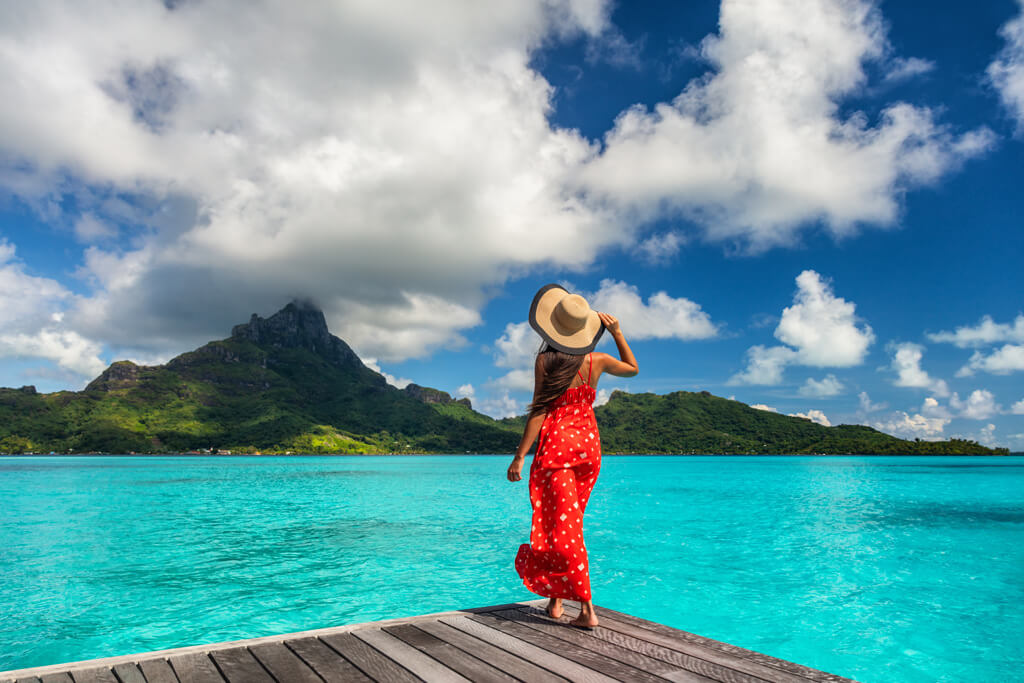
This French Overseas territory is made up of five archipelagos: the Marquesas Islands, Society Islands, Tuamotu Archipelago, Gambier Islands, and Austral Islands. If you are still trying to decide where to go in French Polynesia, click here for the best French Polynesia islands for every kind of traveler.
Tahiti (Society Islands) is the most populated island in French Polynesia, and the Tahitian city of Papeete is the capital.
The official language in French Polyesia Islands is French, but there are other recognized regional languages. The official currency is the CFP franc (XPF), and the time zone varies from UTC-10:00 to UTC-09:00, depending on where you are.
Best Time to Visit French Polynesia
It is possible to visit French Polynesia all year round, but the best time to visit is in May and September , two months with good weather and without the peak season crowds.
The months between June and August are the driest, with temperatures sitting between the high 20s to mid-30s Celsius, but this is also the period with more crowds.
The months of November to April see tropical showers, and the weather is more humid and uncomfortable.
TIP: try to visit French Polynesia with the full moon; the lagoons and inlets are particularly charming when illuminated with the moon’s light.

How to Get to French Polynesia
Being a French Overseas territory under the French Republic constitution means that arriving in the French Polynesia Islands is just as simple as arriving on France Mainland.
Flying is the only way to arrive in this paradise. The only international airport here is Fa’a’ā International Airport (PPT), located just outside Papeete on Tahiti . Fa’a’ā is one of the most remote French airports , only served by 9 international airlines in France, New Zealand, Chile, and the US :
- Air France (SkyTeam): Los Angeles Lax, Paris Charles De Gaulle.
- Air New Zealand (Star Alliance): Auckland.
- Air Tahiti: Rarotonga Cook Island.
- Air Tahiti Nui: Paris Charles De Gaulle, Tokyo Narita, Auckland, Los Angeles Lax.
- Aircalin: Nouméa.
- French Bee: San Fransisco, Paris Orly Airport.
- Hawaiian Airlines: Honolulu Hawaii.
- LATAM Chile (OneWorld): Easter Island, Santiago de Chile.
- United Airline (Star Alliance): San Fransisco.
Click here to book your flight tickets to Papeete, French Polynesia
Where to Stay in French Polynesia
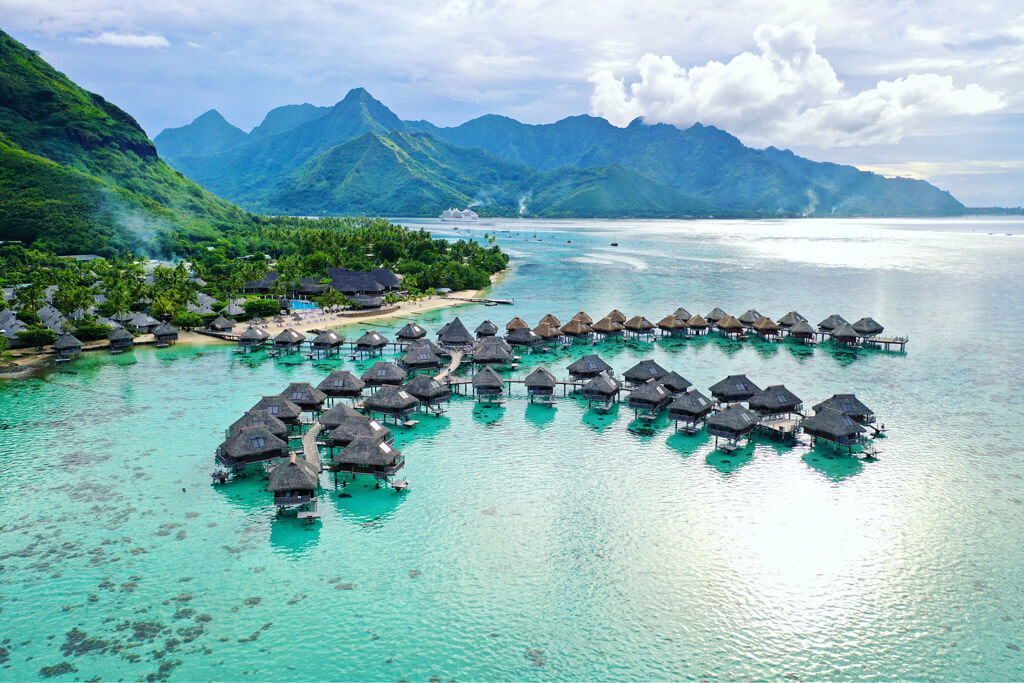
Being French Polynesia a paradise destination, no wonder that some of the world’s most stunning hotels are located here.
If you are looking for the best accommodation in Moorea, head to this article . But you will find beautiful resorts with amazing facilities everywhere, usually located on the most popular islands.
- Four Seasons Resort – Bora Bora
- The St. Regis Bora Bora Resort – Bora Bora
- Raiatea Lodge Hotel – Raiatea
- InterContinental Tahiti Resort & Spa – Tahiti
- Hilton Moorea Lagoon Resort & Spa – Moorea
- Hotel La Pirogue Api – Raai
Click here to book your stay in French Polynesia
Getting Around French Polynesia
Once you arrive in Tahiti, there are boats and local flights to travel between the same archipelago islands and local flights to travel between different archipelagos.
When traveling from one archipelago to another, you will have to transit through Tahiti, and often you will have to stay a night in Tahiti before the next flight.
Flights to smaller islands and atolls are often booked out months in advance.
The best way to explore the bigger islands is by car or two wheels. You can rent your car at the airport of Papeete (PPT) , at Moorea Airport (MOZ), and in the main cities.
Click here to rent your car in French Polynesia
In the most popular islands, you will also find quad tours and also 4×4 land tours .
Best Things to Do in French Polynesia Islands
Visit the paofai gardens in papeete.
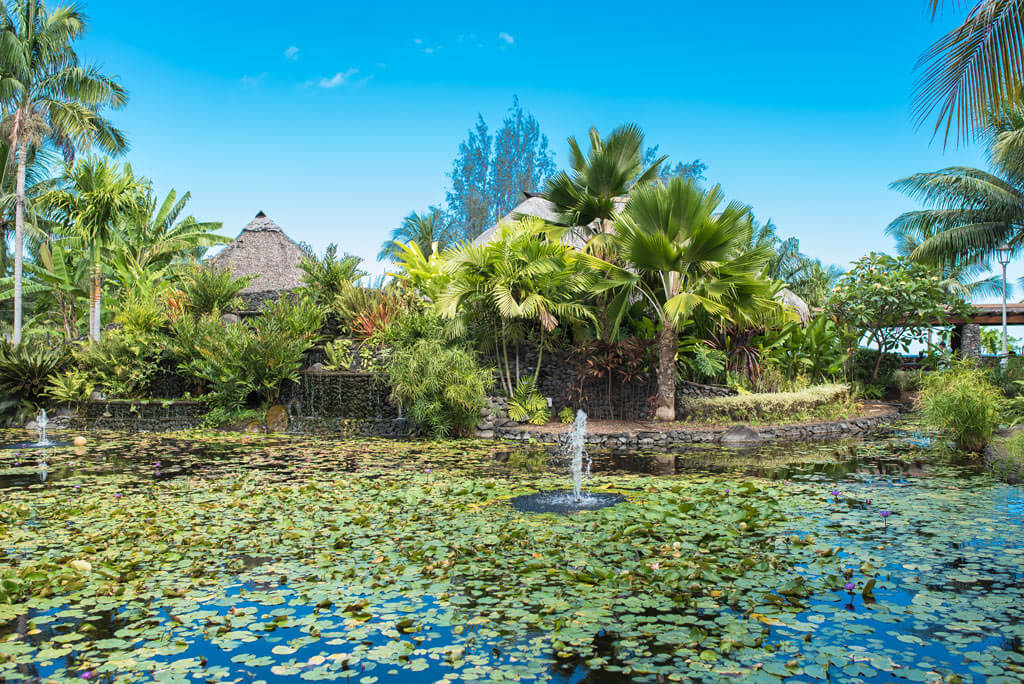
Where: Tahiti
One of the most beautiful places to visit in French Polynesia is the Paofai Gardens , a delightful place to explore in Papeete, far from the city’s hustle and bustle. The gardens stretch for around 4.5 hectares all along the waterfront, and they have more than 400 trees and plants from all around the five archipelagos of French Polynesia.
The Paofai Gardens is also a popular place to hang around for locals, a social spot in the city for relaxing strolls, picnics with friends, or an evening run.
Look for the Perfect Wave in Tahiti!
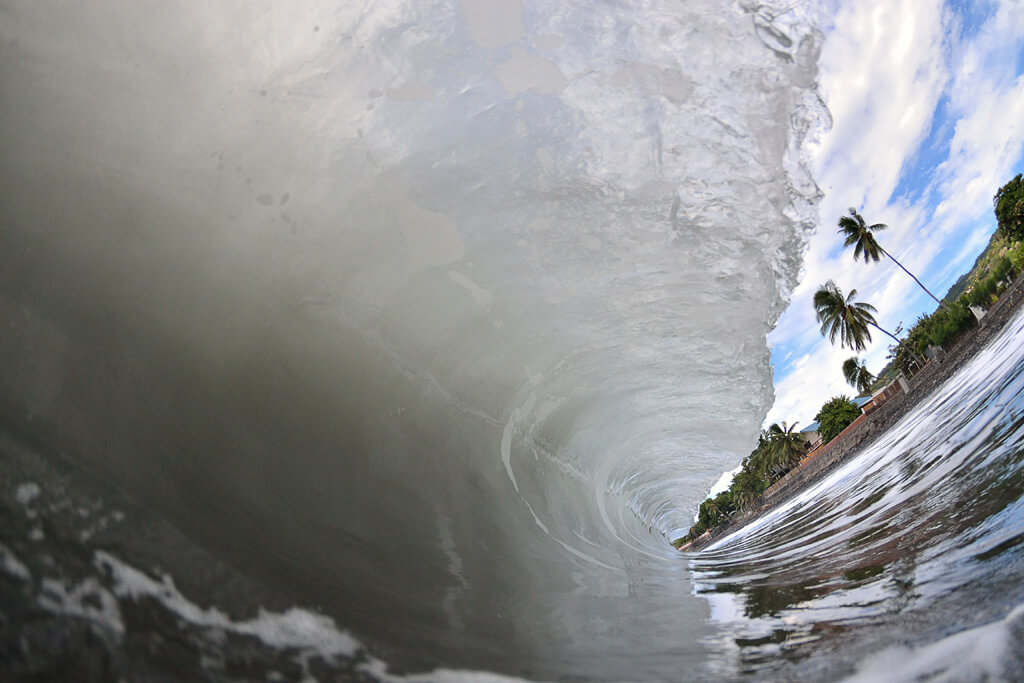
Tahiti is a great place for surfers with all levels of experience. While Tahiti is famous for its legendary Teahupoo wave , you’ll find waves of every length, size, and difficulty across Tahiti’s coastline.
Surfing is one of the best things to do in Tahiti for active travelers . If you’re planning a Tahiti surf trip, be aware that there are two surf seasons – Summer (November to March) and Winter (April to October). Check out this Tahiti surf guide for the best surf spots for all levels and other top tips.
Search for Tropical Fishes
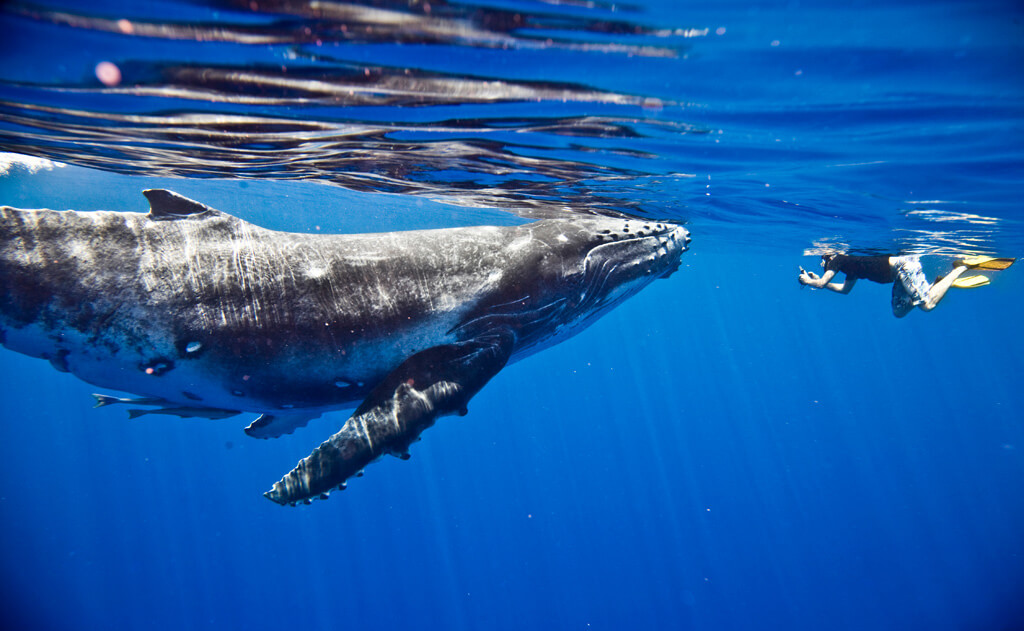
Where: everywhere
Scuba diving and snorkeling are amongst the coolest things to do in French Polynesia islands. You can spot reef sharks, stingrays, and various tropical fish up-close from the water or the boat.
Depending on the weather conditions and time of year, you will also have the chance to spot sea turtles, dolphins, leopard rays, and humpback whales.
- Book your Bora Bora Shark and Snorkeling Safari
- Book your Private Whale Watching and Swimming Tour in Bora Bora
Explore a Pristine Lagoon
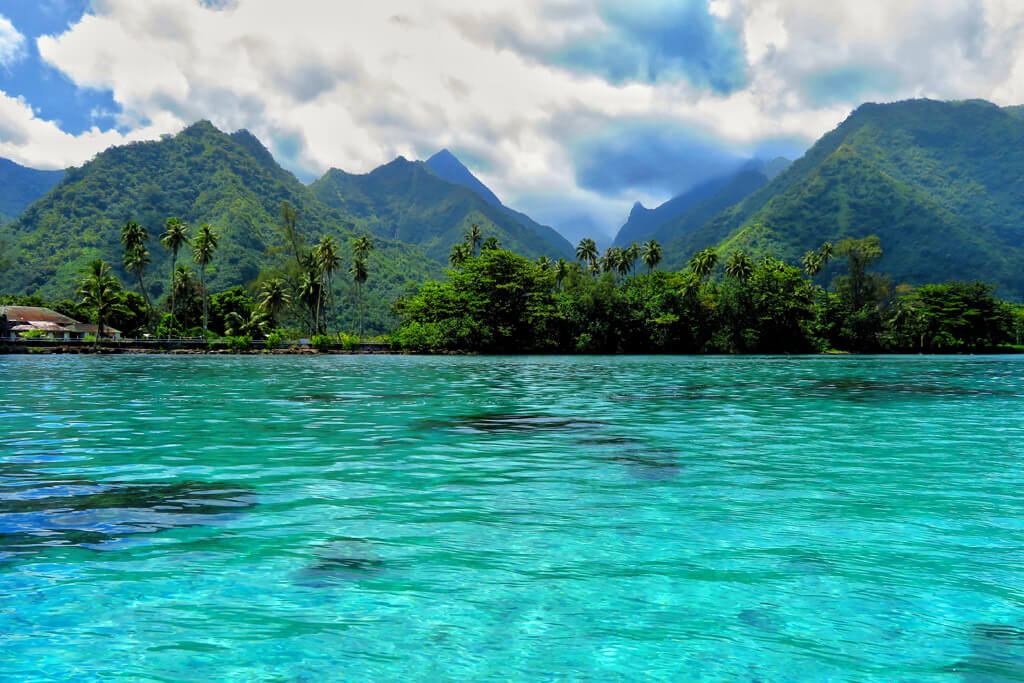
Where: Bora Bora, everywhere
Join a lagoon tour on a comfortable boat to explore the pristine lagoons of French Polynesia. These water bodies separate the islands from the South Pacific Ocean, and they create a unique world on their own.
During this unique experience, you can float through the lagoon’s crystal clear waters, snorkel in search of colorful coral, swim with rays, or just relax on the deck.
- Book your Lagoon Boat Tour with Snorkeling in Bora Bora
- Book your Bora Bora Luxury Tour and Beach Picnic
Over Water Activities in French Polynesia
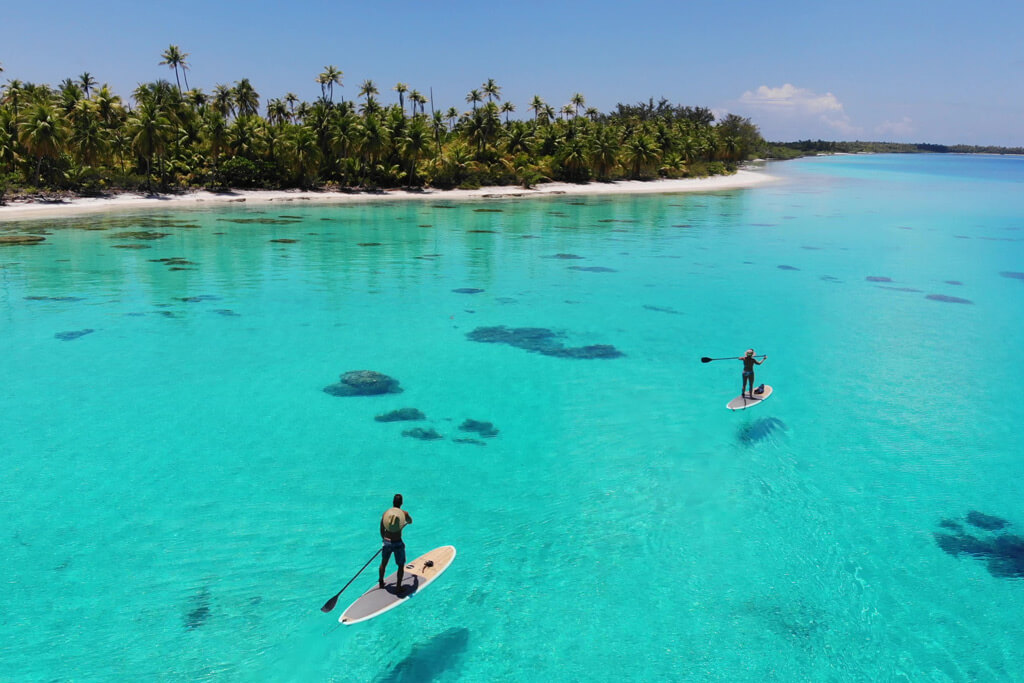
Aside from snorkeling or scuba diving, the French Polynesia islands also offer a plethora of over-water activities. During your stay, you can try kayak, stand-up paddleboard, or fishing.
You can also zip around the lagoons on a jet ski with an experienced guide. These jet ski tours usually stop at a couple of locations where you can jump into the turquoise water for a refreshing swim.
- Book your Bora Bora Jet Ski Tour with Hotel Pickup
Visit Ancient Temples and Look for the Tiki Statues
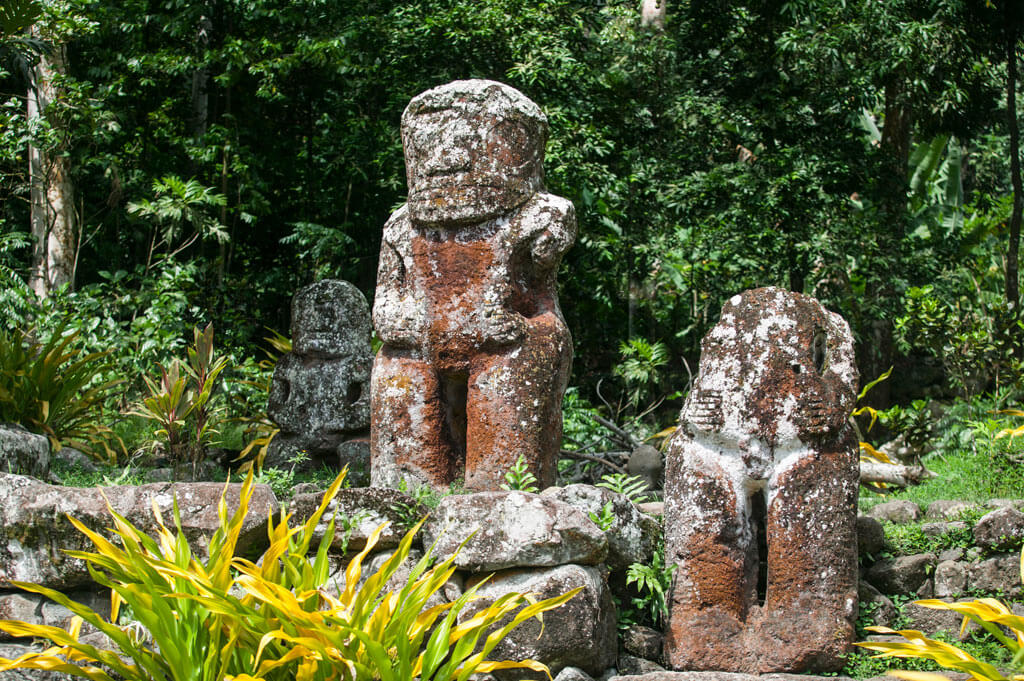
Where: Raiatea, Hiva Oa
There are hundreds of ancient temples in French Polynesia, some of them still buried in the jungle waiting to be discovered. The most famous temple is the Marae Taputapuatea on the southeastern coast of the island of Raiatea (Society Islands). This newly listed UNESCO World Heritage Site was once considered an important religious center, and it features several stone sculptures and other interesting structures.
In the remote Hiva Oa (Marquesas Islands), you will find giant tiki, mysterious stone statues guarding the forest permanently. Nobody really knows who built them and their purpose, but now that you have made it to the end of the world, they are well worth a visit.
Find the Perfect Beach
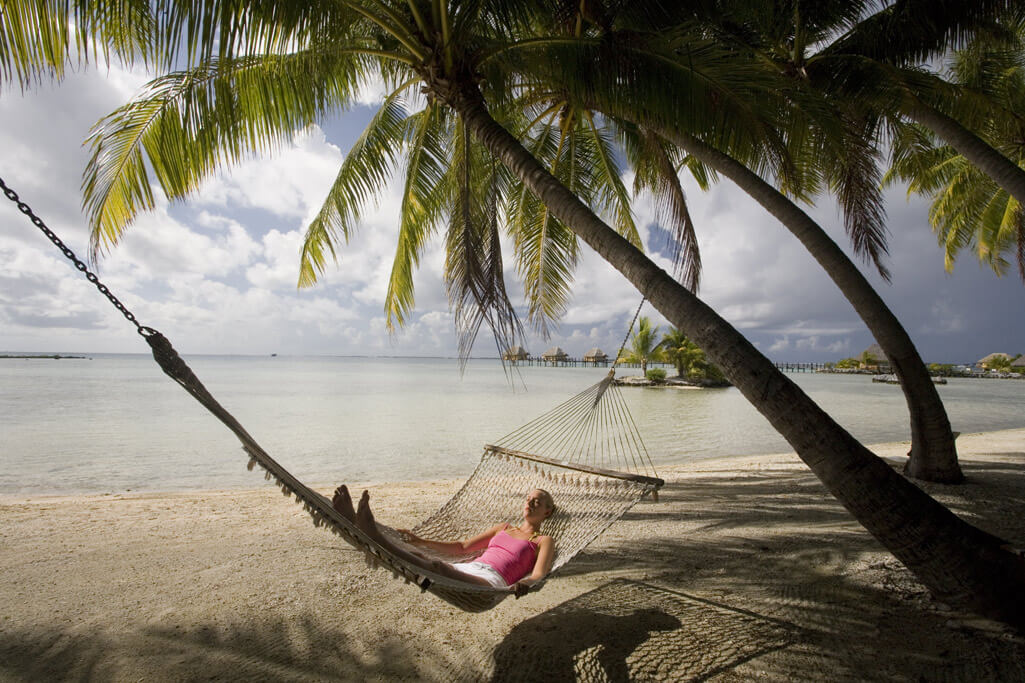
Where: Everywhere
Sometimes, you just need a dreamy beach with turquoise water for a refreshing bath and a nap under a coconut tree. From Tahiti’s black sand to the white sand of everywhere else, French Polynesia beaches are as beautiful as they are printed in travel magazines.
There are lists of the most popular or most beautiful beaches in French Polynesia everywhere on the net, but if you ask the locals, you may find a slice of paradise for the day somewhere else and have it all to yourself!
Hit the Trails
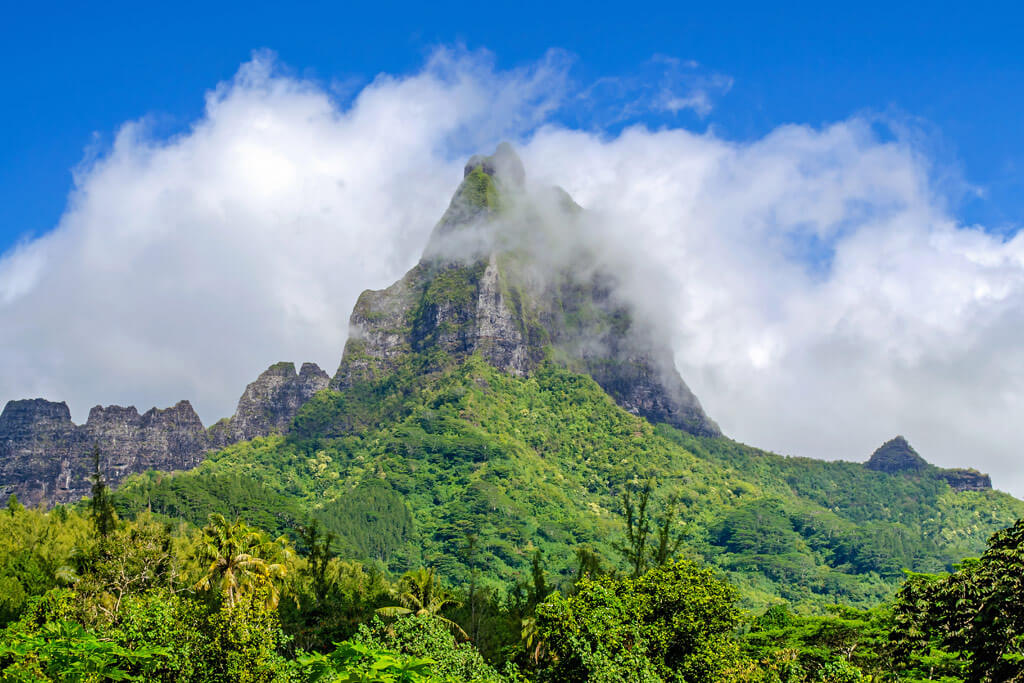
French Polynesia is made of volcanic islands, with many hiking trails of all levels. The list of most popular Polynesian hikes includes Mount Aorai (Tahiti), the Moorea peaks , and Maupiti . Of course, there are many more, but they often require a guide.
Taste the Local Food
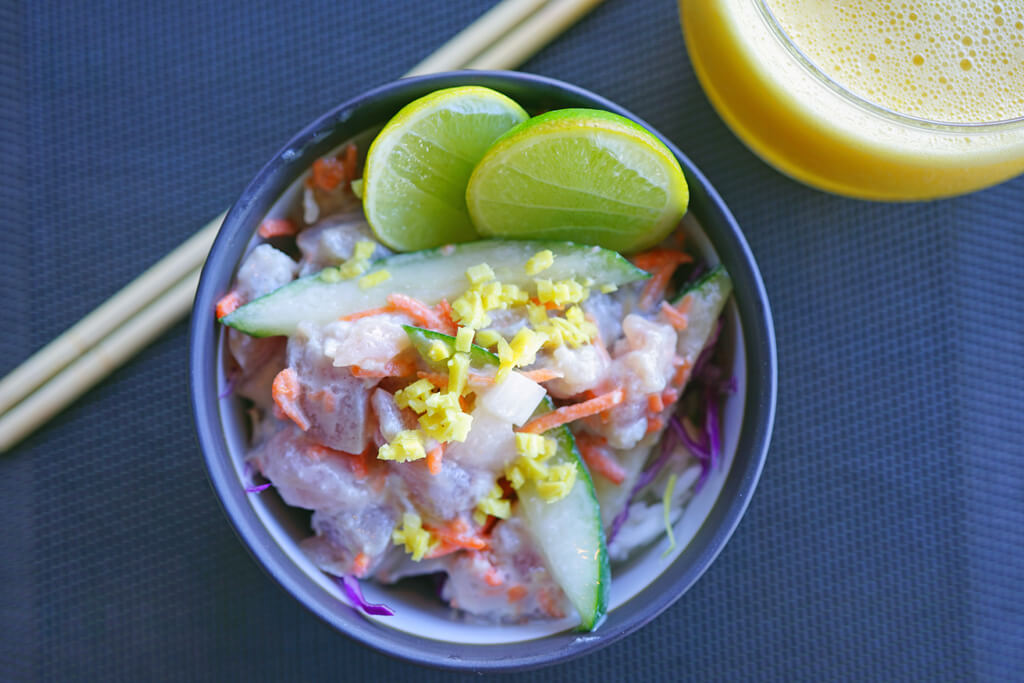
In French Polynesia, local dishes have traces of French, Chinese, and Italian cuisine. Locals in French Polynesia often eat breadfruit, pork, seafood, cassava, and many fruits.
If you are a fan of fresh raw fish, you will enjoy Polynesian cuisine: their traditional dish is called Poisson Cru (raw fish), and it is offered everywhere.
Fans of desserts need to taste the Poi – the most popular Polynesian dessert – a kind of taro root pudding, the sweetness of which comes from vanilla, papaya, pumpkin, or banana.
Get Cultured in French Polynesia
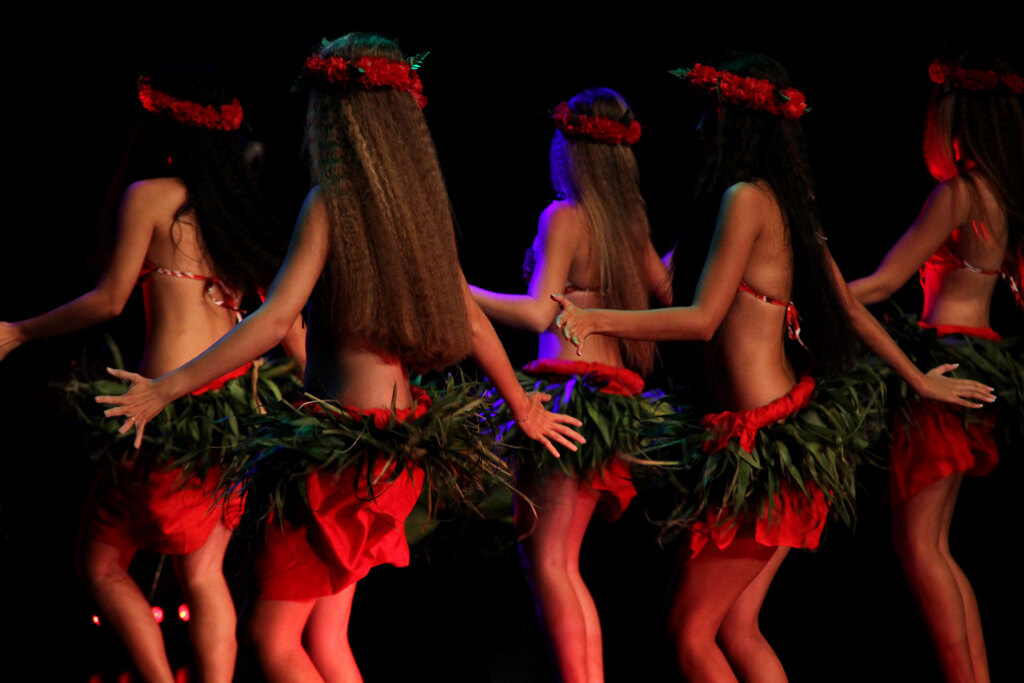
Where: Moorea, Marquesas Islands
During your stay in French Polynesia, try to learn more about its rich culture. To do so, there are many fun activities aside from dancing, like learning how to make flower crowns, cooking courses, or a visit to the black pearl farms.
Markets are also a good opportunity to enjoy a glimpse of local life, and if you speak French, it will be easy to chit-chat with locals and learn more about life on the islands.
If there’s one word in the local language to pick up during your stay in the French Polynesia islands, it is surely ‘ia orana’ , used to greet each other. Just like the ‘bonjour’ in France, ‘ia orana’ will open many doors to you!
Click here to Explore the French Regions
Back to Homepage
Disclaimer: This article may contain compensated links, meaning we get a small commission if you make a purchase through our links. It costs you nothing more (in fact, if anything, you’ll get a nice discount) but helps us to go on creating incredible French content for you. We trust all products and brands promoted here and would never recommend anything that isn’t of value. Please read disclaimer for more info.
(C) Copyright 2019 - 2024 France Bucket List. All Rights Reserved. Designed & Developed by France Bucket List || Disclaimer || Privacy Policy || Contact |
Nomadic Matt's Travel Site
Travel Better, Cheaper, Longer
French Polynesia Travel Guide
Last Updated: March 12, 2024
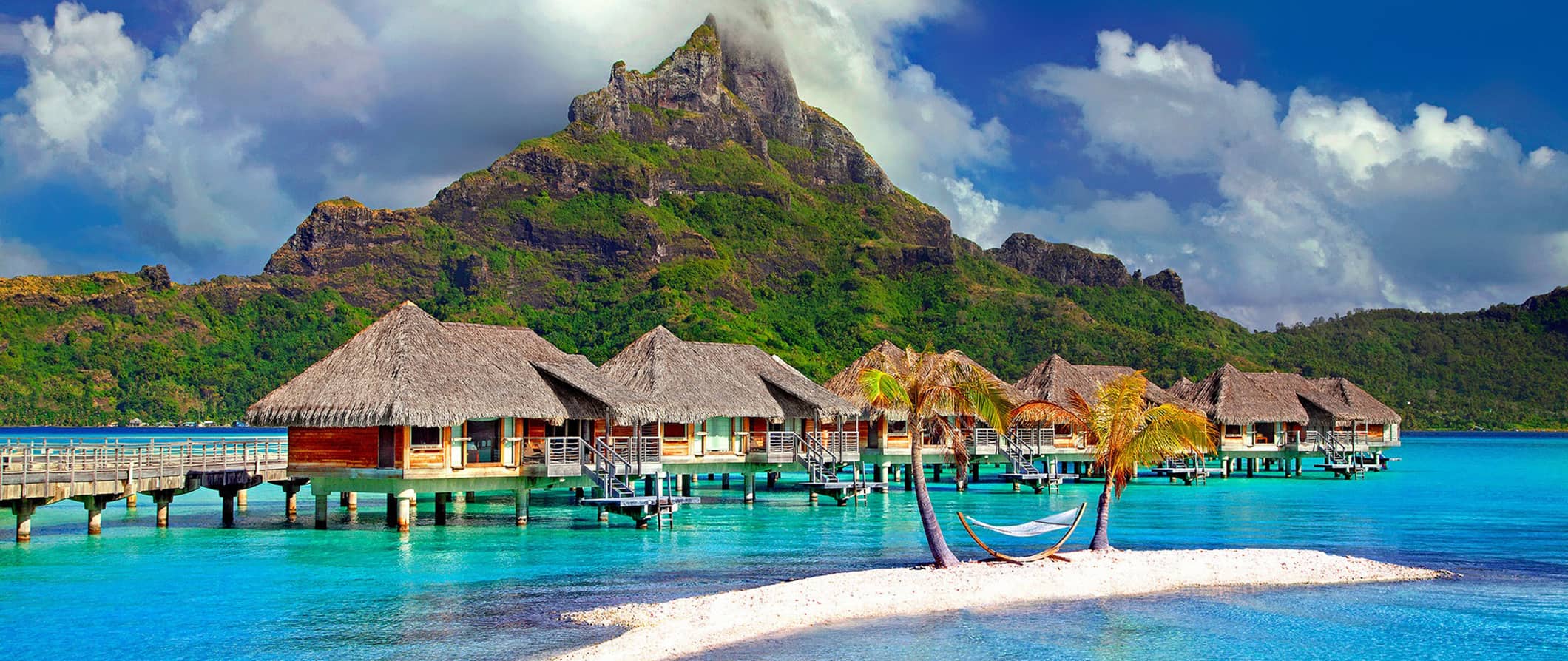
French Polynesia is one of the Pacific’s most popular — and sought-after — tourist destinations. It’s composed of 118 islands spread over 6,400 square kilometers of ocean. It’s a massive, remote region offering soaring volcanic peaks, rugged cliffs, and emerald lagoons, providing some of the South Pacific’s most spectacular scenery.
The region was first discovered by Europeans in the 16th century, though it had been inhabited by indigenous Polynesians for over a millennium by that point. Portuguese explorer Ferdinand Magellan was the first to “discover” this paradise, though the Spanish, British, and French also made landfall here over the centuries. France annexed the islands in the late 19th century and the region has been an overseas territory ever since.
Visiting French Polynesia is a bucket list item for many people around the world. This is understandable — it’s nothing short of a tropical paradise, complete with picturesque bungalows on stilts over blue lagoons and postcard-perfect beaches that stretch for miles.
Due to their remoteness and appeal to celebrities and honeymooners, the islands are expensive to visit. I won’t lie: it’s hard to travel here on a budget. But that doesn’t mean it’s impossible; there are still a few ways to cut your costs so you can visit without going broke.
This travel guide to French Polynesia will show you how to save money and make the most of your visit to this sought-after paradise!
Table of Contents
- Things to See and Do
- Typical Costs
- Suggested Budget
- Money-Saving Tips
- Where to Stay
- How to Get Around
- How to Stay Safe
- Best Places to Book Your Trip
- Related Blogs on French Polynesia
Top 5 Things to See and Do in French Polynesia
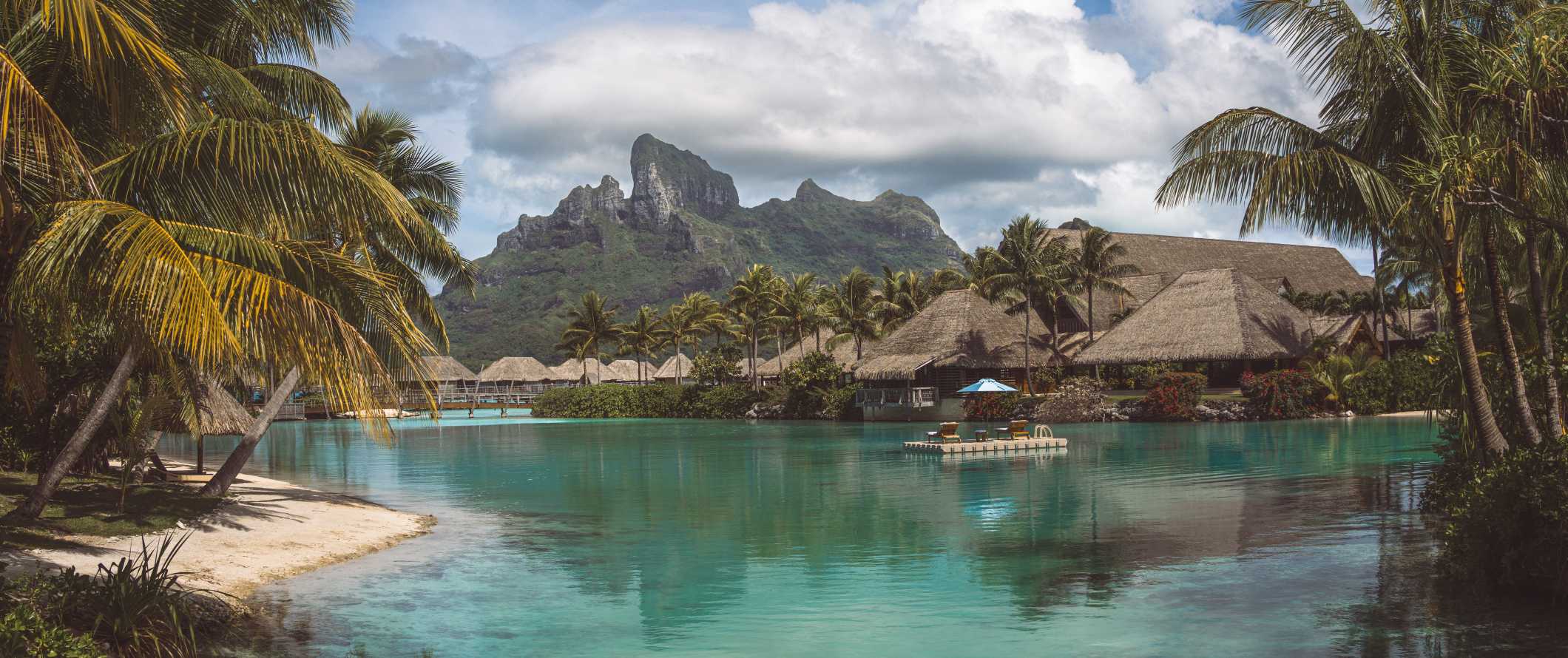
1. Go diving
There’s tons of marine life in the waters here, so if you’re a diver, don’t miss out on diving in the area. 11 of the region’s islands have dive centers and single-tank dives cost around 10,100 XPF while two-tank dives are 15,000 XPF. Expect to see dolphins, sharks, barracudas, and even manta rays.
2. Tour Tahiti
Tahiti is the largest of the French Polynesian islands. Try to visit the Museum of Tahiti and the Islands to get an insight into Polynesia culture. Le Marché Papeete (the public market) is the place to try local cuisine and pick up souvenirs.
3. Relax in Bora Bora
Bora Bora is the ultimate island paradise — and the ultimate place to blow your budget. Its famous blue lagoon is the ideal place for jet skiing, paragliding, and other water sports. The jungles offer great hiking too.
4. Go snorkeling
The snorkeling here is incredible. I suggest bringing your own gear if you’re on a budget as rentals add up. Rurutu and Huahine are considered two of the world’s top spots for snorkeling, but you can really do it anywhere!
5. Go surfing
You can surf here all year round and there are swells for all experience levels. Maraa, Teahupoo, Rangiroa Atoll, and Tikehau Left are some of the more popular spots to surf. You can rent boards for around 4,500 XPF per day. Expect to pay around the same for a 2-3 hour surf lesson.
Other Things to See and Do in French Polynesia
1. visit fatu hiva.
Fatu Hiva is the southernmost and most isolated of the Marquesas Islands. Its Bay of Virgins is often described as the most stunning bay in French Polynesia. Here you are met with the rugged beauty of the cliff edges, ravines, and jungles. People come here for snorkeling and diving. You can get here via an expensive 3.5-hour flight from Tahiti to Atuona, followed by a 5-hour ferry which costs around 12,000 XPF. For a 12-14-day multi-island cruise around the region, prices start at 360,000 XPF for a room in a 4-bed dorm. It’s pricey to get here but it’s an untouched paradise.
2. Hike to Belvedere Lookout
Situated on Moorea, Belvedere Lookout offers sweeping panoramic views of the island. Several marae (traditional religious places) are scattered in the area leading up to the lookout. It’s around 3 hours roundtrip from Paopao, on an easy trail (you can also drive most of the way up too).
3. Visit a marae
Marae are sacred sites where people came to offer up gifts to the gods. They are usually large cobblestone squares and have no walls or roofs. The most impressive is Taputapuatea, a UNESCO World Heritage Site, on the island of Raiatea. Opunohu Valley, which stretches from the head of Cook’s Bay up towards Belvedere on Moorea Island, also has marae dotted all over the walking trail.
4. Go whale watching
June and July is peak whale-watching season in the Austral Islands south of Tahiti. Pods of humpback whales swim to Rurutu and Tubuai from Antarctica to give birth. This makes for one of the most spectacular sights you are likely to see on your travels. Expect to spend around 10,000-12,000 XPF on a tour. You can also swim with humpback whales, with excursions costing about the same as a whale watching tour.
5. Explore the Harrison Smith Botanical Gardens
These tropical gardens in Papeari on the west coast of Tahiti span over 135 hectares with a loop walking path. Established by amateur botanist Harrison Smith in the 1920s, the gardens are home to numerous species of trees, shrubs, plants, flowers, and lily ponds. They’re free to enter.
6. Head to Ua Pou
This is the third largest of the Marquesa Islands, spanning just over 105 square kilometers (40 square miles) and home to over 2,200 people. It’s one of the only islands in the region that was unified under a monarch before the Europeans arrived. Ua Pou is a dry desert island with oasis-like valleys. Don’t miss the historic Catholic church in the center of the island and its amazing woodcarvings. There are a few limited and rustic accommodation options here (most inhabitants live off of subsistence farming) so if you’re looking for something away from the typical resort island, this is it!
7. Learn about Polynesian History
Accessible from Puamau on Hiva Oa, Lipona is one of the best archaeological sites in French Polynesia. It’s known for its five impressive tiki (large stone figures), the tallest of which is about 10 feet high. The statues are several hundred years old and depict human activities such as giving birth and working. The tallest tiki is of a famous chief. Entrance to the site is 400 XPF.
8. Relax on Mataiva
Located over 300 kilometers (186 miles) from Tahiti, there is little in the way of tourist attractions on this island. However, there are easily accessible beaches, multiple snorkeling spots, and lots of beautiful fish. It’s a postcard-perfect atoll worth spending the time to explore if you want to get away from the more popular islands. Mataiva is just 10-kilometers (6.1 miles) long and home to less than 300 people. Flights to the island are available from nearby Papeete and Rangiroa.
9. Hike around Moorea
Moorea is just 16 kilometers (10 miles) across and crisscrossed with hiking trails where you can pass coconut groves, coffee plantations, and hidden waterfalls. Some suggested trails are Three Coconut Trees Pass (moderate, 2 hours), Mouapata (hard, 2 hours), and Les Trois Sapins (easy, 1 hour).
10. See the tomb of King Pomare V
This tomb, built from coral stone, is the resting place of Tahiti’s last king (who reigned from 1839–1891). He surrendered the islands to French rule and sadly died of alcoholism a decade later. A nearby cemetery contains the graves of his predecessors (Pomare I, II, III, and IV) as well as that of his mother, for whom his tomb was originally built.
French Polynesia Travel Costs
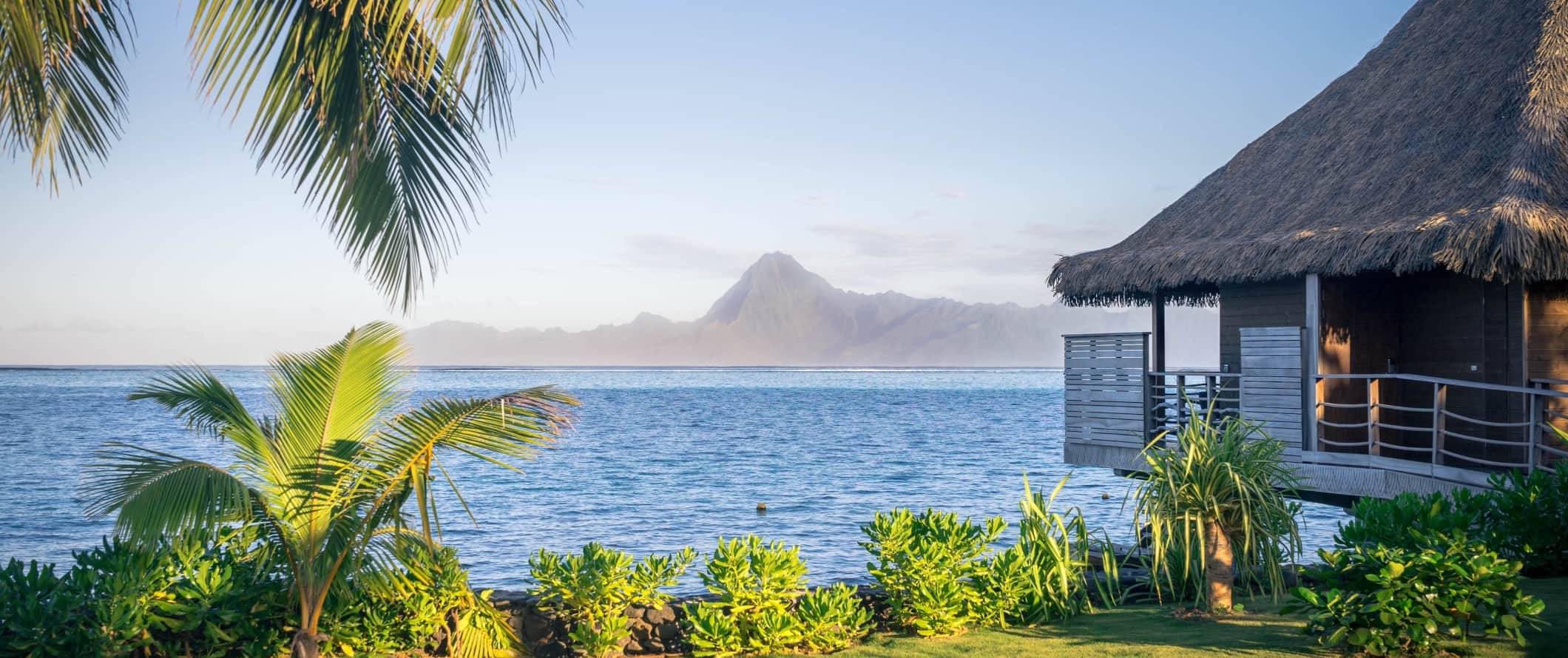
Accommodation – A bed in a 4-5-bed dorm costs around 2,100-3,500 XPF per night. Some dorms have upwards of 15 beds for the same price, so double-check if you don’t want to be stuck in a huge dorm. Free Wi-Fi and self-catering facilities are standard. Many guesthouses with dorms also have outside barbeque areas as well.
A budget hotel room costs around 4,400-9,000 XPF per night. Expect basic amenities like free Wi-Fi, TV, and coffee/tea maker. Budget villas cost around 10,300-13,500 XPF.
Airbnb is available around the region with private rooms starting at 5,100 XPF per night. Entire homes/apartments start at around 8,700 XPF.
Wild camping is prohibited here, however, for those traveling with a tent, there are a few campgrounds around the region costing 2,000 XPF per night for a basic plot without electricity.
Keep in mind that only certain islands have budget-friendly accommodation. Bora Bora has fewer budget options than Moorea or Tahiti, so you need to book in advance to secure the most budget-friendly accommodations there. Once you get into the remote Marquesas, budget accommodation is virtually nonexistent (it’s all villas and pricey resorts).
Food – French Polynesian cuisine relies heavily on staples like fish, bananas, breadfruit (similar to jackfruit), and pork. Naturally, there’s a heavy French influence, including delicious fresh baguettes. Food trucks (known as roulottes ) are a cheap way to fill up on tasty snacks and meals. Poisson cru (marinated fish), poe (fruit pudding), clam, and suckling pig are all common traditional offerings.
Expect to pay around 1,800-2,100 XPF for a meal at a casual restaurant, while a pizza costs around 1,400 XPF. A sandwich costs around 500-700 XPF. Fast food (think McDonald’s) costs around 1,300 XPF for a combo meal.
If you want to splash out, a three-course meal of traditional cuisine starts at 2,500-3,500 XPF, including a drink.
Lattes/cappuccinos cost around 350 XPF, beer is around 550 XPF, and bottled water costs 100 XPF.
If you plan on cooking your own food, a week’s worth of groceries costs 6,100-7,300 XPF for staples like rice, fish, seasonal produce, and some meat.
Backpacking French Polynesia Suggested Budgets
On a backpacker budget, prepare to spend around 7,900 XPF per day. On this budget, you’ll be staying in a dorm room, cooking all of your meals, doing cheap activities like hiking and snorkeling, limiting your drinking, and sticking to just one island/archipelago.
On a mid-range budget of 16,400 XPF per day, you can stay in a private Airbnb room, eat out for most of your meals, drink a little, go diving, and rent a scooter to get around. You can visit a second island too.
On a “luxury” budget of around 66,200 XPF per day or more, you can stay at a budget hotel, eat out for all your meals, fly to other islands, take guided excursions, rent a car, and indulge in spa visits. This is just the ground floor for luxury though — the sky is the limit!
You can use the chart below to get some idea of how much you need to budget daily, depending on your travel style. Keep in mind these are daily averages – some days you’ll spend more, some days you’ll spend less (you might spend less every day). We just want to give you a general idea of how to make your budget. Prices are in XPF.
French Polynesia Travel Guide: Money-Saving Tips
French Polynesia is an expensive destination. You must pick and choose your battles or you’ll blow through your budget within the first couple of days. Here are a few ways you can save money while you’re here:
- Look for package deals – You can often find package deals on sale that include hotels, food, and activities. Don’t hesitate to book a package deal if it’s cheaper.
- Limit your inter-island travel – Traveling between islands is expensive. Stick to just one or two if you’re on a budget.
- Skip the over-water bungalow – Unless it’s a bucket list dream and you want to splurge, skip booking those fancy over-water bungalows. Sure, they’re cool, but they are super expensive!
- Make sure breakfast is included – Book a hotel or guesthouse that includes breakfast. You save a few bucks each day, which adds up!
- Bring a reusable water bottle – The tap water here is safe to drink so bring a reusable water bottle. LifeStraw makes reusable bottles that have built-in filters that ensure you water is clean and safe.
- Use hotel points – Since French Polynesia isn’t a budget-friendly destination, cash in your points and miles for earn free accommodation. That way you can splash out without breaking the bank! For more info, here’s how to get started!

Where to Stay in French Polynesia
Budget travelers have limited options here. Some guesthouses that have dorm rooms though, and most include breakfast and/or have self-catering facilities. Here are a few suggestions to help you save money in French Polynesia:
- Fare Om (Mo’orea)
- Pension Motu Iti (Mo’orea)
- Pension Te Miti (Tahiti)
- Deck Backpackers (Tahiti)
- Manomano Lodge (Tahiti)
How to Get Around French Polynesia
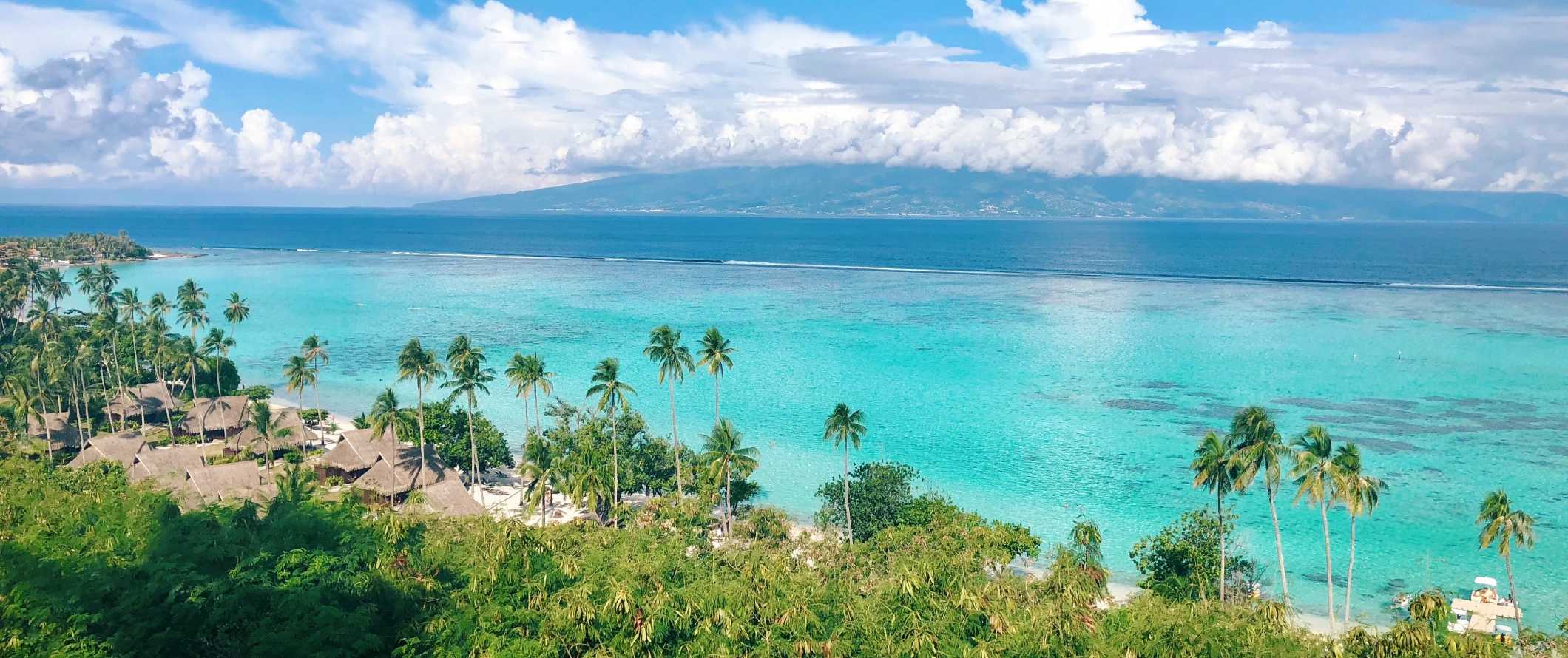
Buses – Buses are available on Tahiti. Fares are 200-600 XPF depending on the distance. There are three main routes that connect the whole island. Buses have set schedules, though they often detour from them to pick up random passengers, so plan accordingly.
There are no buses on Bora Bora, however, private shuttles can take you around for 300-400 XPF.
Ferries – Ferries are available between Tahiti and Moorea (45 minutes, 3,000 XPF) as well as Bora Bora and Maupiti (2 hours, 4,500 XPF). For islands further afield, such as the Marquesas or the Austral Islands, you need to book a multi-day cruise or sailing charter to access them via boat (and pay hundreds or thousands of dollars to do so).
Flying – Flying around French Polynesia is the most convenient way to get around. It’s also prohibitively expensive. The 1-hour flight from Tahiti to Bora Bora costs 24,000 XPF. The 3.5-hour flight from Tahiti to the Marquesas costs as much as 50,000 XPF. Avoid flying if you’re on a budget.
If you do want to fly around the islands, getting the Air Tahiti Multi-Island Pass is the most affordable way to do so. These allow you to fly to multiple islands for one set price, ranging from 38,000-80,000 XPF.
Car rental – Car rentals can be found for 3,550 XPF per day. You do not need an International Driving Permit (IDP) to rent a car, but there’s no reason to rent a car here.
When to Go to French Polynesia
The most popular time to visit French Polynesia is between June and August. The climate is at its driest and the weather sits comfortably around 25-35°C (77-95°F). This is also the busiest time of year so you may need to book in advance.
To beat the crowds, consider visiting in May or September. The weather is still perfect, but there are slightly fewer crowds. You might find prices to be a little lower too.
It’s rainy between November and April, however, there is still plenty of sunshine and humidity. Make sure to stay somewhere with AC to keep the humidity at bay. Expect daily highs around 30°C (86°F). Tropical storms can occur during this time, though, so make sure you have good travel insurance.
How to Stay Safe in French Polynesia
French Polynesia is a safe destination. Violent attacks and petty crime are both rare here. As long as you keep your valuable secure, you shouldn’t have any problems. Keep in mind that visitors are required to carry ID on them at all times.
Solo female travelers should feel safe here too, though take the standard precautions as you would in any destination (never leave your drink unattended at the bar, never walk home alone at night if you’ve been drinking, etc.).
While break-ins are rare, always make sure you lock your accommodation when you go out.
Tropical storms, including cyclones, can occur between November and April. Check the weather regularly before heading out on your own (especially if you’re going into the water).
Scams here are rare but if you’re worried about getting ripped off you can read about common travel scams to avoid here .
Always trust your gut instinct. Make copies of your personal documents, including your passport and ID. Forward your itinerary along to loved ones so they’ll know where you are.
Dengue Fever can be an issue so consider getting the vaccine before you go. While the main islands have decent medical facilities, keep in mind that evacuation or repatriation from here can cost over 1,000,000 XPF. Consider getting additional evacuation coverage just in case ( Medjet is great for that).
Make sure you have travel insurance. It will protect you against illness, injury, theft, and cancellations. It’s comprehensive protection in case anything goes wrong. I never go on a trip without it as I’ve had to use it many times in the past. You can use the widget below to find the policy right for you:
French Polynesia Travel Guide: The Best Booking Resources
These are my favorite companies to use when I travel. They consistently have the best deals, offer world-class customer service and great value, and overall, are better than their competitors. They are the companies I use the most and are always the starting point in my search for travel deals.
- Skyscanner – Skyscanner is my favorite flight search engine. They search small websites and budget airlines that larger search sites tend to miss. They are hands down the number one place to start.
- Hostelworld – This is the best hostel accommodation site out there with the largest inventory, best search interface, and widest availability.
- Booking.com – The best all around booking site that constantly provides the cheapest and lowest rates. They have the widest selection of budget accommodation. In all my tests, they’ve always had the cheapest rates out of all the booking websites.
- Get Your Guide – Get Your Guide is a huge online marketplace for tours and excursions. They have tons of tour options available in cities all around the world, including everything from cooking classes, walking tours, street art lessons, and more!
- SafetyWing – Safety Wing offers convenient and affordable plans tailored to digital nomads and long-term travelers. They have cheap monthly plans, great customer service, and an easy-to-use claims process that makes it perfect for those on the road.
- LifeStraw – My go-to company for reusable water bottles with built-in filters so you can ensure your drinking water is always clean and safe.
- Unbound Merino – They make lightweight, durable, easy-to-clean travel clothing.
- Top Travel Credit Cards – Points are the best way to cut down travel expenses. Here’s my favorite point earning credit cards so you can get free travel!
French Polynesia Travel Guide: Related Articles
Want more info? Check out all the articles I’ve written on French Polynesia travel and continue planning your trip:
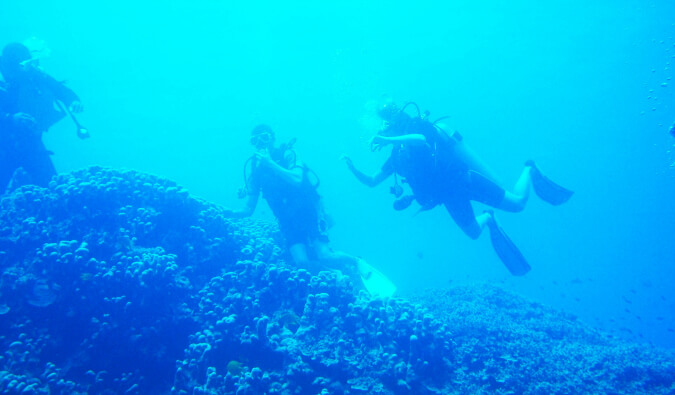
Learning How to Scuba Dive in Fiji
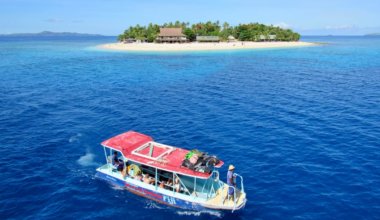
How to Backpack the Yasawa Islands
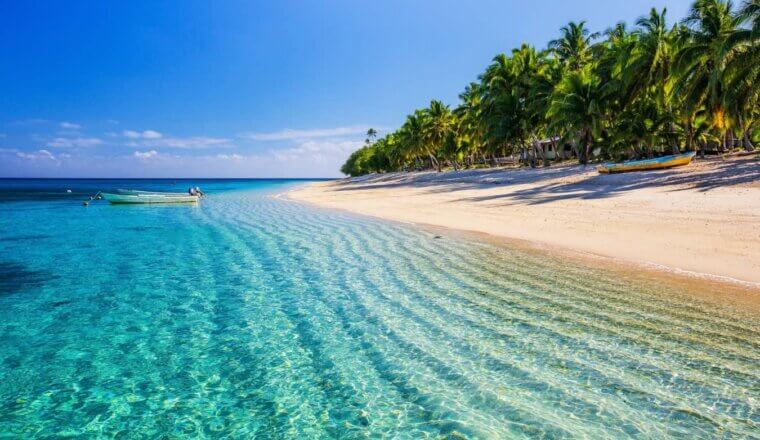
Trapped in Paradise: A Trip to Fiji
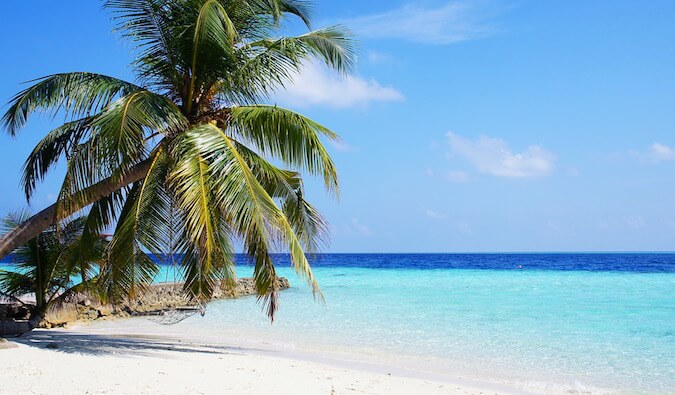
The 20 Best Tropical Islands in the World
Get my best stuff sent straight to you, pin it on pinterest.
- Where To Stay
- Transportation
- Booking Resources
- Related Blogs
National Geographic content straight to your inbox—sign up for our popular newsletters here

Finding the fifth element in French Polynesia
Earth, water, air, fire, and mana: Tahiti has it all.
The first thing I learn in French Polynesia is how little I need. A swimsuit is enough.
Ten years have passed since my last visit to the island of Moorea—a decade of longing to return to the color and clarity of this wide-open world in the South Pacific where nature dominates. After dropping my bag of unnecessary things at my beachside bungalow, I head to the sandy lagoon, easing into water as warm as a bath.

Halfway between California and Australia , French Polynesia isn’t a singular sensation but a mosaic of moods spread across 118 small islands and atolls (67 inhabited) and more than a thousand miles of ocean. It’s not a place of museums or hot spots, but rather an elemental destination of earth, water, air, fire, and something else even more elusive that I always feel but can barely explain. So I set out to find it again.
I use my hands as much as my feet to hike up into the tropical highlands of Moorea, in view of sister island Tahiti, a short ferry ride away. Pulling on smooth vines and hopping mountain brooks, I tromp upward through a rain forest of cool shadows and diaphanous orange and red flowers. To an outsider the plants are so outlandish they nearly seem fake, but my hands and nose let me know that everything is real.
My guide, Heinrich Tamatoa, knocks his fist against a gigantic furrowed tree trunk. A deep and bellowing boom echoes through the woods. “This is the mape tree—Tahitian chestnut,” he says, “carried to this island by the first Polynesians.” These ocean voyagers likely originated from Southeast Asia more than a thousand years ago, bringing with them taro and breadfruit, as well as pigs, dogs, and chickens.

Like a skeptical kid, I knock the hollow tree and another boom bellows skyward, past the high canopy of ancient wood. Tamatoa knows the name of every plant, tree, flower, and shrub, in French and Tahitian, as well as in the four other languages he speaks in his work as a guide. He knows the plants’ history and how they’re used. There are teas that promote health, leaves to make hats, and trees for building a canoe that will cross the ocean.
- Nat Geo Expeditions
“For us Polynesians, nature is not separate,” Tamatoa explains. “We belong to the Earth.” The way he says it, I know that it’s not just a line that he feeds tourists, but something he believes personally. “I’m a hiking guide because I like being in the forest,” he says. “I like showing visitors our nature—how green and alive our island is.” Tamatoa is a French citizen, his passport emblazoned with the stars of the European Union, “but,” he insists, “I am a hundred percent Polynesian.”

Flowers and leaves are placed as sacred offerings at a stone marae (temple).
Island riches lured Europeans and Americans to Polynesian shores. The legendary mutiny on the H.M.S. Bounty took place after a layover in Tahiti. A deserter named Herman Melville jumped ship in the Marquesas and the experience inspired his first book. The long colonial struggle for control was finalized in 1880, when the king of Tahiti ceded these widely scattered islands to France . Almost 140 years later, parliamentary elections showed a span of attitudes toward France, with a strong vote of support for the independence parties. But it wasn’t enough to beat the status quo, whose campaign tagline politely proclaimed, Continuons Ensemble, or Let’s Continue Together.
It takes more than an hour hiking uphill to reach the knife’s edge of Moorea’s volcanic ridge, a steep black basalt wall. From the narrow lookout at Trois Cocotiers (Three Coconuts), I can see the whole of Moorea: the heart-shaped island, the gleaming turquoise of Opunohu Bay, and the unbroken carpet of green that sweeps from the shoreline up to the cartoonish peak of Mount Rotui.

Jagged mountains, dark volcanic soil, and steep rain forests exert their own power. Only from on high do I realize that land may be the forgotten element in the South Pacific, where neon blue lagoons dominate travelers’ Instagram feeds.
Every island in French Polynesia is unique, each with its own personality and affiliation to one of five island groups. Tahiti and the other Society Islands are the most visited, the Marquesas the most northerly, the Tuamotus the flattest, while the more southern Austral and Gambier archipelagoes remain virtually unvisited by foreigners. The biggest mistake a traveler can make is not to get past the romance of Tahiti or the honeymooner overwater bungalows of Bora Bora or even the emerald green Moorea. The Polynesian voyager spirit compels travelers to explore beyond each new horizon, and it’s that same spirit that pushes me to Huahine, a lesser known but lush garden isle bursting with jungle and giant flowers and top-heavy banana trees.
A quick plane hop northwest of Tahiti, Huahine has a gentle and unassuming air about it. Tourist formalities vanish so that, after a day, I feel a part of village life. Strangers hand me snacks of fresh pineapple and cut-open coconuts for me to drink. I am offered rides to islanders’ favorite spots: “Right here is the best place to watch the sunrise,” says an older lady who insists on driving me out of her way before bringing me back to my hotel, pointing out the flowers along the way—pink and white, bushy and fragrant, growing year-round in the living earth.
Sunrise is even more memorable underwater. Seventy feet below the ocean surface, suspended in the clear void outside Moorea’s reef, I focus my gaze on the 10-foot lemon shark just below me. Striped pilot fish hang about the timid giant, then scurry after him to darker and less conspicuous depths. I twist backward and see a parade of blacktip reef sharks following me like curious groupies.
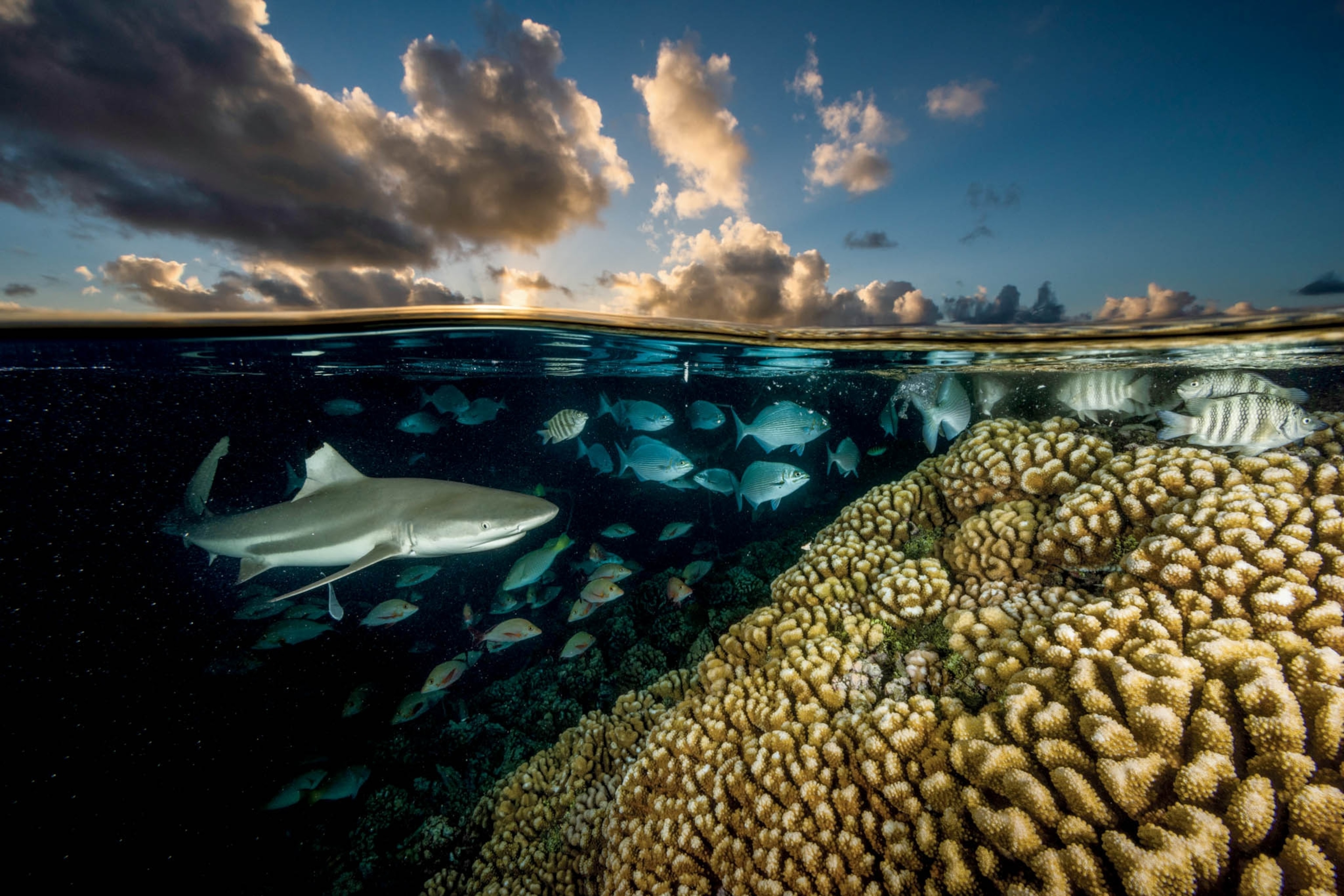
National Geographic photographer David Doubilet's mission to document the world's coral reefs led him to Fakarava Atoll, in the Tuamotu Archipelago, where hundreds of sharks gather to feed.
My dive buddy, Mana, motions me forward, and we soar like slow dolphins over a coral meadow that glows with all the colors of cotton candy. Silvery fish, purple-tipped sea anemones, and giant clams fill the frame of my mask, an epic reminder that life is pulsing below the waterline.
Mana helps me back into the boat, where the captain is sitting back in his chair, singing softly and strumming a song on a Tahitian ukulele. “Mana means ‘life force’ in our language,” says Mana, explaining his name as we head back to shore. “It’s lucky to have a dive buddy that has mana—life,” he jokes.
In French Polynesia the ocean has great mana, from the gleaming black pearl inside a quivering oyster to the turtles and rays that hover in the shallows. At times it feels like nature is begging to connect, often when you’re least expecting it. My friend Helga told me about how, in Moorea’s Opunohu Bay, a magnificent juvenile humpback crashed a snorkeling party. “This huge and friendly creature stared right into my eyes,” she said. “Never in my wildest dreams did I imagine I could snorkel with a whale.”

Tahitian Angelo Faraire rides the legendary wave at Teahupoo, on the southeast end of Tahiti island.
The abundance, accessibility, and scale of sea life make these islands an underwater paradise. For rare and natural encounters, in-the-know divers have discovered the Tuamotu Archipelago. Its Rangiroa and Tikehau islands offer amazing biodiversity, even for casual snorkelers, while serious shark fanatics flock to Fakarava. The long and wispy atoll seems barely wide enough for my plane to land, but inside the lagoon, the dark blue world transforms into a swirl of schooling sharks: tigers, hammerheads, tawny nurse sharks, and blacktips. Indeed, Fakarava lagoon is home to the highest concentration of gray reef sharks in the world; it’s where hundreds of the sleek animals dance in a slow-moving circle, following the contours of the island and utterly ignoring me. The scene is hypnotic; only the bubbles of my own breath clue me into my outsider status—bubbles that rise up to the golden surface and measure the distance between two worlds, water and air.

Poisson cru is a typical Tahitian dish made with marinated fish, such as tuna, and coconut milk.
The warm ocean wind smells like ice cream. That is my first impression of Tahaa, a round-shaped island blanketed by vanilla farms. I think back to the times I have read “Tahitian vanilla” on some store label or restaurant menu; but here, the scent is homegrown. Vanilla is part of the landscape and the air I breathe. Even my clothes smell of vanilla—just one of the many treasures from the islands, along with coconut oil and incomparable black pearls.
The air carries all the aromas of Polynesia. Vanilla, yes, but also jasmine and the tantalizing and unique scent of the national tiare flower—a calming, sunny, lemony perfume. A garland of flowers is draped around my neck each time I set foot anew on an island. The hei (similar to the Hawaiian lei) is a sign of welcome, along with the light French kiss on both cheeks.
Sometimes the air feels ripe and heavy with humidity, and other times it’s a mild and constant breeze that tickles my neck and rustles a row of palm trees. Rainbows often paint the sky, arriving and fading by the hour.
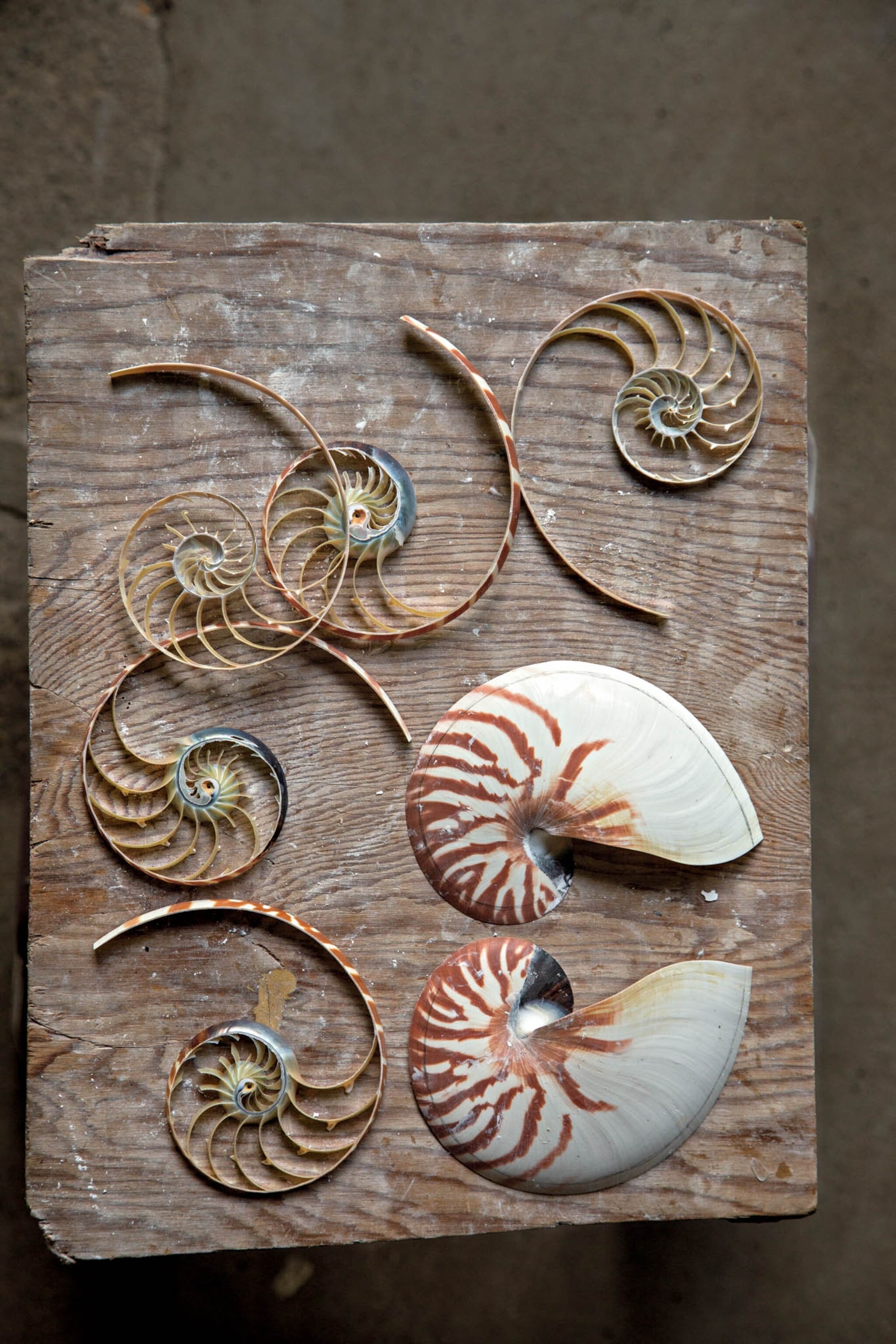
At his workshop in Tahiti, Woita Prokop creates jewelry and art from shells and pearls.
“I love the rainbow of history we have,” a new friend tells me. His name is Marurai Trafton. “White, black, Chinese, Polynesian—we all live together and share our different stories,” he says. “When you live on such a small island, you have to take care of your community, your family, your neighbors, and everyone you live with.”
This is the heart of Polynesian culture, he explains. “You don’t have to spend a lot or do anything special. Just say Ia Orana [hello], take off your shoes indoors, and listen to others. On our island, when you don’t have money to give, you just give your time. That is how you show your respect.”
The spinning torches are a blur, blinding my eyes to the dancers in the dark. From my seat on the beach, I can feel the heat of the fire as the flames streak through the blackness, scrawling strange letters of light that vanish in the night. Like tattooed ghosts, the dancers’ faces flash in the orange blaze of the fire, their chants repeating a story that I have never heard but that tingles my spine all the same.
Every dance, every motion carries meaning. Despite centuries of Christian missionary influence and a population collapse brought on by diseases introduced by Europeans, the dances have survived in the Marquesas. Remote even by South Pacific standards, these islands maintain traditions that have disappeared elsewhere.

“The early missionaries outlawed all this—the tattoos, the dancing. They made the people cover their bodies and hide their culture,” says a Tahitian friend, Jack Lord. “If not for the Marquesas, all of this would be lost.” Marquesans proudly held onto their traditional beliefs long enough to fuel a cultural revolution that still burns across French Polynesia today.
Fire made these islands, one by one—millions of years of explosions erupting from the deepest part of the Earth. High islands like the Marquesas reflect younger volcanoes, while the low, flat atolls of the Tuamotus are all that remain from older, sunken volcanoes, ringed by coral reefs that now lie flat, as if floating on the ocean surface.
On July 2, 2019, a solar eclipse will pass directly over the Tuamotu Archipelago, completely darkening the sky for about three and a half minutes. When the moment of darkness passes, the ultimate fire—the sun—will return, moving through the sky, just like the spinning torches of fire dancers at night.
I am a foreigner and may never understand the true meaning of mana. But already I know that it alludes to an invisible element of these extraordinary islands. “It is all around us,” says Marurai, “in all the things we cannot see. It is my energy, your energy, how we feel toward one another.” Another friend, Gina Bunton, says, “I feel mana at sunrise or sunset, or every time I arrive on one of our islands. Mana is all around me. It’s what links me to my fenua —my country.” Even the Postimpressionist artist Paul Gauguin sought out mana when he arrived in 1891, seeking an escape from “everything artificial and conventional.”
The traditional Marquesan patutiki inspires contemporary tattoos, and travelers can receive a permanent souvenir, custom-designed by artists who know how to tap the secret language of symbols into the skin to carry mana from the artist to the recipient. Traditional tattoos become an outward symbol of a person’s mana.

Upscale bungalows at the Intercontiental Moorea resort greet sunrise.
Mana is also power, something real that you sense on the Society Island of Raiatea, a spiritual home for Polynesians, less than an hour’s flight from Tahiti. I walk around the weathered stones of the ancient Taputapuatea marae, an outdoor temple of sorts where Polynesian chiefs and priests and navigators met and learned and worshiped. Some historians believe that from this island the early Polynesians set off in migrations that led across the Pacific, from Hawaii to New Zealand and as far as Easter Island.
I may not be sure what mana is, but I can feel it here, where the white waves spray onto the hand-carved stones. I feel mana in the bright Milky Way that lights the sky at night in the Tuamotus. I see mana in the flying fish that bounce over the sea swell, in the cautious eel hiding in the red-orange coral, and in the billowy white dresses of women on their way to church. I hear mana in the stories told around the fire, in birdsong, and in the all-night strains of a beachside ukulele jam. All the mana I have felt stays with me, even now, after I have left—calling me back to an island where I need nothing else.
Related Topics
You may also like.

Diving to new depths in French Polynesia

A break in Llandudno, a vintage Welsh beachside resort with enduring appeal
Free bonus issue.

How to spend 10 days exploring the Croatian islands

Anyone can join this pioneering two-year conservation voyage

Following early polar explorers on a journey through Canada's Northwest Passage

Welcome to Hydra, the Greek island that said no thanks to cars

Find secluded Greek island coves on a beach-hopping boat tour of pint-sized Paxos
- History & Culture
- Environment
- Paid Content
History & Culture
- History Magazine
- Terms of Use
- Privacy Policy
- Your US State Privacy Rights
- Children's Online Privacy Policy
- Interest-Based Ads
- About Nielsen Measurement
- Do Not Sell or Share My Personal Information
- Nat Geo Home
- Attend a Live Event
- Book a Trip
- Inspire Your Kids
- Shop Nat Geo
- Visit the D.C. Museum
- Learn About Our Impact
- Support Our Mission
- Advertise With Us
- Customer Service
- Renew Subscription
- Manage Your Subscription
- Work at Nat Geo
- Sign Up for Our Newsletters
- Contribute to Protect the Planet
Copyright © 1996-2015 National Geographic Society Copyright © 2015-2024 National Geographic Partners, LLC. All rights reserved
Accueil - Travailler avec nous - Pensées de voyage - Voyage famille - Envie d'écrire ? - A propos
Home - Travel resources - Family trip - Contact - About - Media Kit
Inicio - Contacto - Quiénes somos

- DESTINATIONS
- PHOTOGRAPHY
- LEARN PHOTOGRAPHY
- TRAVEL TIPS
- DREAM DESTINATIONS
What to do in French Polynesia, the best itineraries
Last update : 03/12/2024
Our blog continues to grow thanks to you, our readers. This blog may contain affiliate links, which means we can earn a small commission if you make a purchase through them, at no extra cost to you. This helps us to continue to bring you more and support our work !
Who has never dreamed of discovering these paradisiacal islands? A true paradise on earth located in the middle of the Pacific Ocean, French Polynesia , we have to admit, is a dream destination. On the program of a trip to Tahiti you ask: turquoise waters, tiare flower, coconut palms, fine sandy beaches, coral reefs and catamaran cruises. Basically something to enjoy, right? Don’t know what to do in French Polynesia? How to visit it? This page is for you! You should already know that French Polynesia is huge. You don’t believe me? Look at the map below (© Air Tahiti) with Europe in the background!
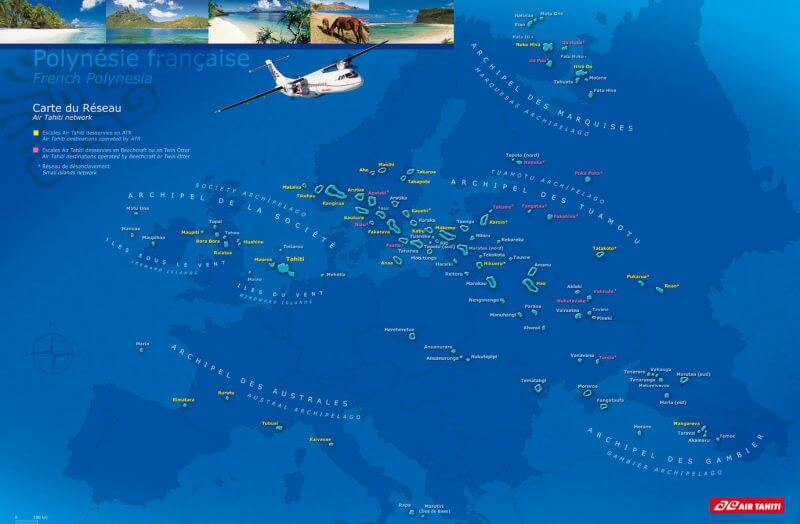
So, wanting to see the whole of French Polynesia in one trip seems almost unthinkable. The islands and atolls are so far apart that all transportation takes time. Going from island to island requires a certain calculation with flights… and yes, being amazed by the crystal clear water is sometimes to be earned! It’s a bit like if you want to go on a trip to Paris, Stockholm, Moscow and Istanbul, in a week or two?! Does it seem easy to do as a trip? I have also written an article to help you know how to get around French Polynesia between the islands.
Note that the main means of travel between the islands in French Polynesia is by plane, with the local airline company, Air Tahiti . In the vast majority of cases, you will have to return to Tahiti to visit several archipelagos. But it will still be possible to travel cheaply to French Polynesia.
I have also written a complete guide on what budget you’ll need for a trip to French Polynesia .
I have the opportunity, currently living here, to visit many islands, in the 5 archipelagos of French Polynesia . The whole territory is very varied and you will have enough to occupy yourself between hiking, visiting archaeological sites, snorkeling, scuba diving, relaxing, discovering the local culture and Polynesian history.
While planning your itinerary, don’t hesitate to take a look at all the accommodations we recommend in French Polynesia !

What to see and do in French Polynesia and which islands to choose?
Without talking about budget here, I present to you my optimal ideas of itineraries according to the time you’ll have on site and also to see an overview of what the country has to offer. Visiting French Polynesia requires some organization and your tour in this idyllic setting should at least be prepared in advance (unless you have time).
The objective therefore of this article isn’t to give you details of what to do in French Polynesia, but to give you some ideas of itineraries on the islands of French Polynesia (well, according to my vision of things!). You should know that it clearly is possible to make this dream trip without a travel agency (a lot of you ask me this question). For those who do not feel comfortable planning the entire itinerary, you will find countless agencies that prepare tailor-made trips to these Pacific islands, both in your country probably and locally. If you’re looking for a serious local agency, I can give you a good contact. Don’t hesitate to contact us .

Note that it is also important to think that there is a period more favorable for traveling to French Polynesia. I wrote a full article on the subject available on this travel blog . Remember that the best season remains the dry season, roughly between May and November.
For those who are preparing for their trip to French Polynesia, I advise you to look at this comparator to find the cheapest flights from where you live to Papeete. For Canadians and Americans, I recommend taking a flight from any city in the country to San Francisco, then take a flight from SF to Papeete with French Bee or United. This is the cheapest solution I’ve found.
1 week trip to French Polynesia: a stay in Tahiti too short
Well let’s face it, a week is too short ! But some of you passing through, because you’re on a round-the-world trip for example, will not stay any longer than that. Not to mention that French Polynesia, on a trip around the world, is a bit of a drag on the budget. I reassure you, there are possibilities for a cheap stay in French Polynesia (but let’s not get carried away though, it’s not Phuket in Thailand we’re talking about).

Therefore in one week in French Polynesia, I will prefer to stay on the Society Islands :
Tahiti (1/2 days)
Moorea (2 days)
Option 1 : Maupiti or Bora Bora (2/3 days)
Option 2 : Huahine or Tahaa (2/3 days)
- Tahiti : upon arrival, you are generally greeted with a flower necklace! Spend a day to get inspired by local life, go to the market, eat at the “roulottes” (food trucks), tour the island (car or scooter for rent), get some fresh air on the peninsula, why not observe the corals in masks and snorkel by the sea if you have time. For sleeping in Tahiti without ruining yourself, this is the way .
- Moorea : the sister island as we call it. A 1-hour ferry ride from Tahiti, this is the postcard you were dreaming of before even coming. Enjoy these beautiful white sand beaches, magnificent views, good little snacks that serve raw fish by the sea with coconut milk. An exotic bath as we like it. Take advantage of this moment to have a drink in one of the island’s beautiful hotels;
- Maupiti : the most beautiful islands in French Polynesia, you ask? Maupiti, one of my favorite places here with its magnificent white sandy beach. Everyone says that it is Bora Bora in the years 40′ (before the arrival of the Americans). In short, you have the whole atmosphere of an island but without tourists, an enchanting setting. The must. Don’t miss a tour of the motus and the observation of the local marine fauna (manta rays, sharks, tropical fish, turtle, coral etc.)
- Bora Bora : One of the most famous islands in the world. It is considered as “the Pearl of the Pacific”. Highly developed by a mass tourism and specialist in luxury travel, this is not my preference, but almost everyone goes there for “the name”. Still, the lagoon is superb there. If you’ve been dreaming of the Intercontinental, the St Regis and others, you’ve come to the right place! You can also find small guesthouses at reasonable prices.
- Huahine : The wild island, much less visited by tourists. Very quiet, relaxing and full of resources with lush and tropical vegetation inland. An island that I enjoyed.
- Tahaa : The Vanilla Island, known for its beautiful blue turquoise lagoon and especially its vanilla. A very quiet island, far from the big tourist crowds too. For those who like comfort, the island offers a superb hotel (Le Tahaa Island Resort and Spa ) proposing overwater bungalows.

Advantages of this itinerary: it already gives you a good impression of the Polynesian Islands by showing you the high islands of the Society Archipelago but also an idea of the Polynesian postcard (Moorea). You can island hop by plane between Bora/Maupiti and Raiatea/Huahine and then Tahiti. Easy to organize with Air Tahiti and their Inter-Island Passes.
Disadvantages of the itinerary: you will not be able to see here the beauty of the wild archipelagos (as I call them), the Austral archipelago and the Marquesas Islands (let alone the Gambier which is more than 1500 km away!). Another point, if you are a diver, you may be “disappointed” by the underwater world in these islands (let’s say that everything will depend on what you’ve already seen in the past). For information, 1 diving center in Maupiti, several in Moorea.
An alternative itinerary for a week in French Polynesia: 1-day Tahiti, 1 day-excursion Moorea and then fly over to Rangiroa or Fakarava (3/4 days – Tuamotu) for a successful diving trip. This itinerary will allow experienced divers to enjoy beautiful dive sites to discover the marine life, and get a glimpse (Moorea/Tahiti) of a higher island in French Polynesia.
For more details on how to plan your internal flights and/or boat, check out the post I wrote.
A 2-week stay in French Polynesia
Now it’s starting to get interesting. You will certainly not have time to wander too far from the usual roads, but depending on your desires of the moment and your budget, this will be enough to spend a superb and paradise stay in French Polynesia.

For a trip of 2 weeks in French Polynesia, I recommend: Tahiti + 3 high islands + 1 atoll (Tuamotu)
Tahiti (1 day) + Tetiaora (1 day)
Maupiti (3 days)
Taha’a (2/3 days)
Fakarava / Rangiroa / Tikehau (4/5 days) : choose an atoll here (for divers, prefer one of the first 2)
Fakarava : Atoll famous throughout the South Pacific, especially for diving, classified as a Biosphere Reserve by UNESCO , renowned for its famous shark wall (diving), its southern pass and its sublime landscapes. Does a diving trip and heavenly beaches tempt you?

Rangiroa : second largest atoll in the world (after Kwajalein atoll in the Marshall Islands), famous for its blue lagoon, its sublime landscapes on the lagoon side, but above all for the majestic passes of Avatoru and Tiputa. The latter hosts a large reserve of hammerhead sharks and Mantas rays between December and March. Surfers will also benefit.
Tikehau : atoll less famous than the first two (for diving), but it is superb (I spent a week there). Between magnificent beaches, a splendid “ocean” side with rocks of such particular shapes and a lagoon to discover by boat. The atoll is known for being full of fish underwater! Note that you can combine Tikehau with other atolls for a beautiful trip!

Advantages of this itinerary: It allows you to discover the high islands of French Polynesia (Society Islands) and to get a good overview of an atoll and its particular atmosphere (Tuamotu). Ideal for divers who will discover the superb depths of the Tuamotu. You won’t ruin yourself yet by staying “close” to Tahiti!
Alternative itinerary for two weeks in French Polynesia : keep the beginning of the previous itinerary (e.g. Tahiti, Moorea, Maupiti, Taha’a), but opt for 4/5 days in the Marquesas (4 hours flight) instead of the Tuamotus. This itinerary will be more oriented for hikers , but lovers of the “postcard” beach will also be delighted with Moorea (and beautiful beaches on Hiva Oa for example, in the Marquesas). Note that your travel budget will be higher, a return ticket for the Marquesas is worth approximately 550€! Famous via Gauguin and Brel, the island of Hiva Oa remains the best known and most accessible along with the island of Nuku Hiva.
Special remarks: of course, other atolls are possible apart from the three mentioned above. These are the “most famous diving spots” and therefore the most developed atolls (understand “touristic”). I could also recommend the atoll of Aratika and Kauehi , both of which are very beautiful, but require traveling during the week. For those on a French polynesian long trip, don’t hesitate to take a cargo ship and visit the lost atolls of the Tuamotu.
3 weeks in French Polynesia
This is certainly the most traditional length of stay for a trip to Polynesia, along with 15 days. It must be said that with the cost of airfares to Polynesia, it makes sense to stay longer to get the most out of your trip. There is no perfect itinerary for 3 weeks in French Polynesia; it will largely depend on you, your interests, your budget and what you want to see. Here are some suggested itineraries that may be worth considering.
In-depth exploration of the Society Islands and Tuamotus
- Tahiti (2 days)
- Raiatea/Tahaa (4 days)
Moorea (3 days)
- Bora Bora (3 days)
- Rangiroa (3 days)
- Tikehau (2 days)
Here’s an example of an itinerary that will allow you to discover almost all the islands of the Society Archipelago and two Tuamotu atolls. This is just an example and you are free to change some of the islands or to visit Huahine instead of Raiatea or Maupiti.
The advantage of this itinerary is that you can keep your costs down by not going to the more remote islands. The downside is that you miss out on another facet of Polynesia that you could discover in the Australs or the Marquesas, for example. It’s a matter of choice.
How about visiting 3 archipelagos?
- Nuku Hiva (4 days)
- Hiva Oa (3 days)
- Fakarava (3 days)
- Rurutu (3 days)
- Raivavae (3 days)
- Tikehau (3 days)
- Mangareva (7 days)
I’ve deliberately grouped these three itineraries together because they offer more or less the same options. The idea is that a 3-week holiday in Polynesia could allow you to discover a remote archipelago. In the first case it would be the Marquesas Archipelago, in the second the Australes Archipelago and in the last the island of Mangareva, in the Gambiers.
Of course, if you want to visit a remote archipelago, you’ll have to do without some of the Society Islands. I’ve included the island of Bora-Bora in the three itineraries because it seems really interesting, even essential, for a first trip. But you may decide otherwise. Bear in mind, however, that these itineraries will take you to three archipelagos, so the cost of internal flights will increase considerably. However, you will have the opportunity to discover the culture of these remote archipelagos and a much more authentic Polynesia than if you stayed in the Society Archipelago, which is beautiful but more touristy and developed.
Traveling in French Polynesia for a trip of one month or more
Now, here we begin to get into the serious business. One month on site will not be too long to discover the whole of this territory which is as big as Europe! Are you wanting to discover the most beautiful islands of French Polynesia? You’ll have enough to go around in a month or more!
For a trip of this length, and not to mention budget, you have plenty of time to do what you want… Several itineraries can be proposed and several options are possible. Only the budget will limit you here!

Option 1 : The “I have a large budget” option
Tahiti (2 days) + Tetiaora (1 day)
Maupiti / Bora Bora (for those looking for the “name”) – 3 days
Tuamotu (1 week): 1 or more islands
Marquesas (1 week): 1 or more islands
Austral (1 week): 1 or more islands
Gambier = FREE
Tetiaroa : The only atoll in the Windward Islands archipelago, known to have been owned by Marlon Brando. You will discover beautiful white sandy beaches, clear turquoise water and a good boat trip. Several providers in Papeete offer a day tour by boat (approx. 100-120€/day, meals included).

Advantage of this itinerary : You’ll discover all 4 archipelagos of French Polynesia and Air Tahiti will offer you the 5th*. This itinerary is suitable for people with a large budget as the cumulative “flight to the Marquesas and Austral Islands” will already cost you about 1000€ round trip.
* Air Tahiti offers a very interesting pack of 5 archipelagos. For those planning to visit 4 archipelagos, the company offers you the 5th one. The technique is to keep the farthest and most expensive for the end, either the Marquesas or even better the Gambiers, 4 hours flight and 1600 km from Tahiti. In theory, this is only reserved for the locals, but if you’re on site, you can definitely take it!
You can also go to the Marquesas by your own means.
Interesting : You can combine flights Tahiti -> Maupiti -> Bora (e.g.) and fly to Rangiroa (Tuamotu)

On this recommended itinerary, you will discover the Leeward Islands and the beauty of the lagoons (Maupiti, Moorea), the joys of living for a week on an atoll , 2m above sea level (diving, snorkeling, lazing around, boating), the very special atmosphere of the Marquesas (culture, marae, sublime landscapes), and the beauty of the Austral Islands. You will finally discover the Gambier archipelago, our favorite of French Polynesia .
Disadvantage of the itinerary: You will need to have a solid budget to pay for flights to the Leeward Islands, Tuamotu, Marquesas and Austral Islands. For just the flights, you can count at least 1500 € (with Air Tahiti Passes). I wrote an article that summarizes the possibilities for traveling between the islands in French Polynesia .
Option 2: the option “I want to discover French Polynesia without ruining myself”
Tahiti (2 days) + Tetiaroa (1 day)
Taha’a or Raiatea or Huahine (3 days)
1 atoll (1 week)
1 distant archipelago (10 days)
Advantage of this itinerary : It allows you to stay on a more “acceptable” budget by limiting yourself to a distant archipelago only. Besides that, you will discover everything you came for: the postcard (Moorea, Tuamotu atoll, Tetiaroa), hiking (Moorea, Tahiti, Maupiti, Marquesas), Polynesian culture present in all the islands, diving (Tuamotu).
Personal opinion on the choice of the distant archipelago : If I had to choose only one, I would choose the Gambiers which are my favorite, followed by the Marquesas and then the Austral Islands. I love all 3 archipelagos, they are very different, but the Gambier archipelago really gives off something, a good mix of the authentic Polynesian dream. If it wasn’t so far away, “cut off from everything”, and there was work, I would spend my life there. By the way, we went back a second time on the island of Mangareva , what a pleasure!
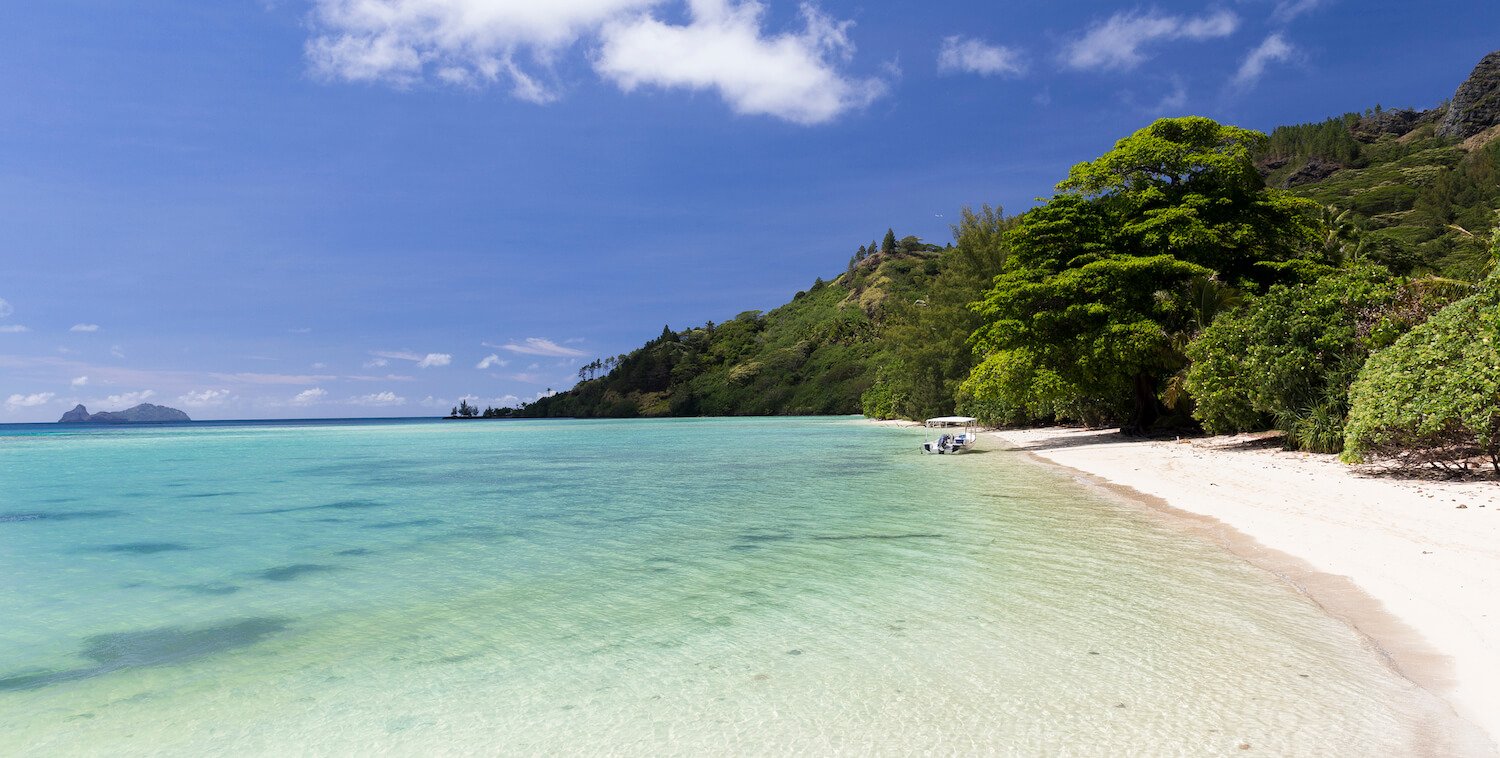
Diving itinerary in French Polynesia
- Tikehau (4 days)
- Fakarava (1 week)
- Rangiroa (1 week)
If you want to discover French Polynesia by focusing on scuba diving, I’d certainly recommend concentrating on the three best known and most accessible atolls in the area: Rangiroa, Fakarava and Tikehau. They have the advantage of being visited in succession on the famous Air Tahiti pass.
Of course, this is not the only way to focus on diving in Polynesia and you can dive in almost all the Leeward Islands and even the Marquesas. However, these are the most famous dive sites in French Polynesia. It is also possible to organise a diving trip with specialised companies to discover other atolls that are even more unspoilt by tourism.
Honeymoon itinerary in French Polynesia
- Tahiti (1 day)
- Tahaa (3 days)
I have to admit that I was really hesitant to write this itinerary because it depends on so many things. Not everyone sees their honeymoon in the same way and, as an anecdote, I have met couples on their honeymoon in the depths of Iceland hiking in the fog. It just goes to show that everyone can see what’s in front of them.
However, we get a lot of requests via email or social networks for this type of itinerary, which is ideal for a honeymoon. If you go by the picture postcard that people want for their trip, which often includes beautiful white sandy beaches, coconut palms, luxury hotels and overwater bungalows, then I think you will love this itinerary.
I’ve deliberately included the island of Bora-Bora, which in my opinion is still a must for a honeymoon, the island of Tahaa, where you can stay in dreamy overwater bungalows, and the two Tuamotu atolls, where you can sleep on isolated motus in breathtaking accommodation.

Les Deux Pieds Dehors – Mélanie & Sylvain
Hi, it’s Mélanie & Sylvain ! We have been living in French Polynesia for many years! Are you looking for a local agency to organize your trip, an advice on your itinerary, a precise opinion on your trip ? Don’t hesitate to contact us , we will surely be able to help you!
Other articles will follow, including good reasons to visit French Polynesia , the islands I absolutely recommend visiting , how to travel between the islands in French Polynesia or tips to travel cheaply in French Polynesia.
For those wondering about car rentals, I often use this very good comparator to find the best prices. In Tahiti and Moorea, I particularly recommend this site . For Bora Bora Island, I usually book through this website when I visit the island.
I hope that this article will help you prepare for your trip to French Polynesia. Now, you now the things to do In French Polynesia during your vacations. If you have the slightest doubt about a choice of itinerary, island or archipelago, feel free to post a comment. I would be happy to help you.
If you have not yet purchased your flight tickets to French Polynesia, please do not hesitate to read the article on how to get to French Polynesia. It will also be necessary to ask yourself when to travel to Tahiti .
I look forward to seeing you soon for a new article.

Written by Sylvain PONS
From 2015 to 2021, French Polynesia was our home, with Mélanie and our children. I'm happy to share my experience and advice to help you organize an unforgettable stay in French Polynesia, based on my in-depth knowledge of the territory.
Despite our care, a mistake may have slipped into this article. If you find any, please don't hesitate to let us know so we can correct it as soon as possible and keep our information up-to-date!
Did you liked the post? Follow us!

You may also like

Leave a Reply Cancel reply
Your email address will not be published. Required fields are marked *
Post comment
This site uses Akismet to reduce spam. Learn how your comment data is processed .
Winter is here! Check out the winter wonderlands at these 5 amazing winter destinations in Montana
- Travel Destinations
- Australia & South Pacific
- Pacific Islands
French Polynesia Travel Guide – Best Places To Visit In French Polynesia
Published: September 8, 2023
Modified: December 27, 2023
by Tiffany Olguin
- Beaches & Islands
- Plan Your Trip
Introduction
Welcome to the paradise known as French Polynesia. This collection of stunning islands scattered across the South Pacific is a dream destination for travelers seeking natural beauty, vibrant culture, and ultimate relaxation. French Polynesia embodies the perfect tropical getaway, with its crystal-clear turquoise waters, pristine white-sand beaches, and lush tropical landscapes.
French Polynesia is located in the eastern part of the South Pacific Ocean and is composed of more than 100 islands. The most famous and well-known islands include Tahiti, Bora Bora, Moorea, and Huahine. Each island has its own unique charm and character, offering visitors a diverse range of experiences.
One of the main attractions of French Polynesia is its stunning marine life. Snorkeling and scuba diving enthusiasts can explore the vibrant coral reefs and encounter colorful fish, turtles, and even sharks. For those who prefer to stay on land, there are plenty of hiking trails that lead to breathtaking viewpoints and hidden waterfalls.
French Polynesia is also home to a rich and fascinating cultural heritage. The local Polynesian people are warm and welcoming, and visitors have the opportunity to immerse themselves in traditional customs, music, dance, and cuisine. The fusion of Polynesian and French influences is evident in the local food, which includes fresh seafood, tropical fruits, and French pastries.
Whether you’re looking for a romantic honeymoon destination, a family-friendly vacation, or a solo adventure, French Polynesia has something for everyone. From luxury resorts with over-water bungalows to eco-friendly accommodations nestled in the heart of nature, there are a variety of options to suit different budgets and preferences.
In this comprehensive travel guide, we will take you on a journey through the best places to visit in French Polynesia. From the iconic beaches of Tahiti and Bora Bora to the off-the-beaten-path islands of the Marquesas and Tuamotu archipelagos, get ready to be captivated by the beauty and wonder of French Polynesia.
French Polynesia Overview
French Polynesia is an overseas collectivity of France and is located in the South Pacific Ocean. It consists of 118 islands and atolls spread across five archipelagos: Society Islands, Tuamotu Islands, Marquesas Islands, Austral Islands, and Gambier Islands. The capital city, Papeete, is located on the largest island, Tahiti.
The islands of French Polynesia are known for their stunning natural beauty. Turquoise lagoons, coral reefs, and white-sand beaches are a common sight. The vibrant marine life in these waters attracts snorkelers and divers from around the world. The islands also boast lush tropical vegetation and dramatic landscapes, including volcanic peaks and rugged cliffs.
The culture of French Polynesia is deeply rooted in Polynesian traditions. The local people, known as Polynesians, have a strong connection to their ancestral customs, which are expressed through music, dance, and art. The traditional dance form, known as the “Ori Tahiti,” is a captivating spectacle that showcases the grace and strength of Polynesian culture.
French Polynesia is also famous for its luxurious resorts, particularly in Bora Bora and Moorea. These resorts offer over-water bungalows where guests can enjoy direct access to the lagoon and breathtaking views of the surrounding scenery. Staying in one of these bungalows is a quintessential experience for those seeking an idyllic and romantic getaway.
The islands of French Polynesia are not only known for their natural beauty but also for their unique wildlife. Visitors have the chance to encounter a variety of species, including dolphins, sea turtles, tropical fish, and even humpback whales during the migration season.
The local cuisine of French Polynesia is a delightful fusion of Polynesian and French influences. Seafood, such as raw fish marinated in coconut milk (known as “poisson cru”), is a staple dish. French pastries, baguettes, and tropical fruits like papaya and pineapple also add to the culinary experience.
To protect the natural and cultural heritage of the islands, a significant portion of the land and lagoons in French Polynesia is designated as national parks or protected areas. These conservation efforts aim to preserve the unique biodiversity and ensure the sustainability of the islands for future generations.
With its picture-perfect landscapes, warm Polynesian hospitality, and rich cultural heritage, French Polynesia offers a truly unforgettable experience for travelers. Whether you’re looking for relaxation, adventure, or a chance to immerse yourself in a different culture, French Polynesia has it all.
Tahiti is the largest and most well-known island in French Polynesia. It serves as the gateway to this tropical paradise, with the capital city of Papeete located on its northeastern coast. Tahiti offers a perfect blend of natural beauty, unique culture, and modern amenities.
One of the highlights of Tahiti is its stunning landscapes. The island is dominated by soaring volcanic peaks, including Mount Orohena, which stands as the highest point in French Polynesia. Travelers can embark on hiking expeditions to explore the lush valleys, cascading waterfalls, and awe-inspiring viewpoints.
The island’s black sand beaches are another distinctive feature of Tahiti. The volcanic origins of the island have resulted in these unique stretches of coastline. Visitors can lounge on the beaches, soak up the sun, and enjoy the tranquil beauty of the surrounding scenery.
Tahiti is also a cultural hub, offering numerous opportunities to immerse yourself in the local Polynesian way of life. The capital city of Papeete boasts a vibrant market, known as Le Marché, where you can browse local handicrafts, fresh produce, and flavorful spices. The market is a great place to witness traditional music and dance performances.
For an insight into the history and culture of Tahiti, a visit to the Museum of Tahiti and Her Islands is a must. The museum provides a comprehensive look at the island’s past, including exhibits on traditional crafts, navigation, and the impact of European colonization.
In addition to cultural experiences, Tahiti offers a range of outdoor activities for adventure enthusiasts. Visitors can go surfing, paddleboarding, or jet skiing on the lagoons. The warm, clear waters also provide excellent snorkeling and diving opportunities to explore the vibrant marine life.
Tahiti is also known for its annual events and festivals, such as Heiva, which celebrates Polynesian dance and culture. During this event, locals compete in traditional games, dance competitions, and canoe races, providing a colorful and lively atmosphere.
Accommodations in Tahiti cater to all types of travelers. From luxury beachfront resorts to cozy guesthouses, there is something to suit every budget and preference. Many resorts offer over-water bungalows, providing guests with a unique and upscale experience.
Whether you’re seeking relaxation, adventure, or a cultural experience, Tahiti is a destination that offers it all. Its natural beauty, vibrant culture, and range of activities make it an essential stop on any visit to French Polynesia.
Bora Bora is synonymous with luxury and beauty, often referred to as the “Pearl of the Pacific.” This small island located northwest of Tahiti is renowned for its captivating turquoise lagoon, pristine white-sand beaches, and iconic over-water bungalows.
One of the main attractions of Bora Bora is its stunning lagoon, which is home to an abundance of marine life. The clear waters provide excellent visibility for snorkeling and diving, allowing visitors to explore colorful coral gardens and swim alongside tropical fish, rays, and even sharks. The lagoon also offers various water activities, including jet skiing, paddleboarding, and kayaking.
The famous Mount Otemanu, a dormant volcano, dominates the island’s skyline and adds to the dramatic beauty of Bora Bora. Travelers can embark on guided hiking tours to admire panoramic views of the island and lagoon from its summit.
Bora Bora is a popular honeymoon destination, thanks to its romantic ambiance and luxurious resorts. The over-water bungalows, perched above the lagoon, offer breathtaking views and direct access to the crystal-clear waters. These exclusive accommodations provide couples with privacy and seclusion, perfect for a romantic getaway.
The island also offers a range of dining experiences that showcase the fusion of Polynesian and French cuisine. Guests can savor fresh seafood, tropical fruits, and traditional Tahitian dishes while admiring the stunning sunsets over the lagoon.
In addition to its natural beauty, Bora Bora has a rich cultural heritage. Visitors can catch a glimpse of Polynesian life through traditional music and dance performances at various resorts and cultural centers. Local artisans also sell their handicrafts, such as woven baskets and shell jewelry, providing the opportunity to take home a piece of Bora Bora’s culture.
For those seeking adventure, Bora Bora offers a range of exhilarating experiences. Visitors can take a helicopter tour to see the island’s breathtaking beauty from the air or go on a deep-sea fishing expedition to try their luck at catching marlin or tuna. Sailing around the lagoon on a catamaran or taking a jet ski tour are also popular activities.
Bora Bora is a destination that offers relaxation, adventure, and romance all in one place. With its stunning landscapes, remarkable marine life, and world-class resorts, it’s no wonder that Bora Bora is considered one of the most beautiful and sought-after destinations in the world.
Just a short ferry ride from Tahiti, Moorea is a tropical paradise that enchants visitors with its breathtaking landscapes and laid-back Polynesian charm. This island, often referred to as the “Magical Island,” offers a perfect blend of natural beauty, cultural experiences, and outdoor adventures.
One of the highlights of Moorea is its stunning mountain scenery. The island is characterized by verdant hills, jagged peaks, and deep valleys, including the famous Mount Rotui and Mount Tohivea. Hiking enthusiasts can explore a network of trails that lead to picturesque viewpoints, hidden waterfalls, and panoramic overlooks of the island.
Moorea is also home to some of the most beautiful beaches in French Polynesia. The white-sand shores are fringed by palm trees and surrounded by turquoise waters teeming with marine life. Visitors can relax on the beaches, swim in the clear lagoons, or indulge in water activities such as snorkeling, paddleboarding, and kayaking.
The island is known for its vibrant coral gardens, making it a snorkeler’s paradise. The shallow reefs near the shore are easily accessible and provide a colorful underwater world to explore. For a more immersive experience, visitors can take a guided snorkeling or diving tour to discover a diversity of marine species, including tropical fish, stingrays, and even sharks.
Moorea offers a range of cultural experiences for those interested in learning about the Polynesian way of life. Visitors can participate in traditional arts and crafts workshops, where they can learn how to make flower crowns, pareos (sarongs), and coconut-based products. Attendees can also try their hand at playing traditional musical instruments and join in on traditional dance performances.
For an up-close encounter with the island’s wildlife, a visit to the Moorea Dolphin Center is a must. Here, visitors can learn about the remarkable intelligence and playful nature of dolphins through interactive programs and close encounters with these majestic creatures.
Accommodations in Moorea range from luxury resorts, many of which offer over-water bungalows, to cozy guesthouses and beachfront lodges. The island’s accommodations provide a relaxing and serene atmosphere, allowing guests to unwind and immerse themselves in the island’s natural beauty.
Moorea is a destination that captivates visitors with its lush landscapes, lively marine life, and warm Polynesian hospitality. Whether you’re seeking adventure, cultural experiences, or simply a place to relax and unwind, Moorea offers a multitude of experiences to fulfill every traveler’s desires.
Located in the Leeward Islands of French Polynesia, Huahine is a hidden gem that offers a tranquil and authentic Polynesian experience. This picturesque island is known for its lush landscapes, pristine beaches, and rich cultural heritage.
Huahine is actually composed of two islands, Huahine Nui and Huahine Iti, connected by a short bridge. The island’s untouched beauty is evident in its dense forests, turquoise lagoons, and majestic mountains. Huahine Nui is the larger of the two islands and is home to the main town of Fare.
One of the most unique features of Huahine is its archaeological sites, which provide a glimpse into the island’s ancient Polynesian history. The island is dotted with ancient stone temples, called marae, which were once used for religious and ceremonial purposes. Visitors can explore these sacred sites and learn about the captivating legends and stories that surround them.
The island’s natural beauty extends to its stunning beaches and crystal-clear lagoons. There are several idyllic stretches of sand where visitors can relax, swim, and soak up the sun. The lagoons surrounding Huahine are perfect for snorkeling and diving, offering a diverse array of coral reefs and marine life to discover.
Huahine is also known for its laid-back and authentic Polynesian culture. The local people are warm and welcoming, and visitors have the opportunity to experience their traditional way of life. The island hosts regular cultural events and festivals, where visitors can witness traditional dances, music performances, and crafts demonstrations.
For a taste of the island’s unique cuisine, make sure to try the famous “poisson cru,” a delicious dish consisting of raw fish marinated in coconut milk and lime juice. The island is also known for its vanilla production, so be sure to sample some of the local vanilla-infused treats.
Outdoor enthusiasts will find plenty of activities to enjoy on Huahine. The island offers opportunities for hiking, biking, and horseback riding through its lush valleys and picturesque landscapes. Visitors can also explore the island’s turquoise lagoons by kayak or take a boat tour to the nearby Motu (small islets).
Accommodations on Huahine range from charming guesthouses to luxurious resorts, ensuring that every traveler can find accommodation that suits their preferences. Staying on the island provides a unique opportunity to immerse oneself in the tranquility and authentic atmosphere of Huahine.
Huahine is a destination that appeals to those seeking a serene escape and a genuine Polynesian experience. Its natural beauty, rich culture, and friendly locals make it a must-visit island in French Polynesia.
Raiatea, known as the “Sacred Island,” holds a special place in the hearts of many Polynesians as the cultural and spiritual center of French Polynesia. This beautiful island offers a glimpse into ancient Polynesian history, breathtaking natural landscapes, and a sense of tranquility that is difficult to find elsewhere.
One of the main attractions of Raiatea is the Taputapuatea Marae, a sacred site that holds immense cultural and historical significance. This ancient stone temple complex was once the religious and political center of Polynesia, where ceremonies, rituals, and navigational voyages were conducted. Visitors can explore this UNESCO World Heritage site and learn about the rich cultural heritage of the Polynesian people.
Raiatea is also known for its lush vegetation and picturesque landscapes. The island is blessed with verdant valleys, cascading waterfalls, and dense tropical forests, making it a paradise for hikers and nature enthusiasts. Hiking trails lead to breathtaking viewpoints, hidden caves, and ancient archaeological sites, offering a unique opportunity to immerse oneself in the island’s natural beauty.
The island’s surrounding waters are equally captivating, with vibrant coral reefs teeming with marine life. Snorkeling and diving enthusiasts can explore the underwater world of Raiatea, encountering colorful fish, rays, and even dolphins. Sailing is also a popular activity, as Raiatea is considered the “Sailing Capital” of French Polynesia. Visitors can charter a boat or join a guided tour to explore the nearby lagoons and motus (small islets).
Raiatea’s cultural heritage is woven into the fabric of everyday life on the island. Visitors can experience traditional Polynesian arts and crafts through workshops and demonstrations, where they can learn how to weave baskets, make traditional tattoos, or create intricate shell necklaces. The island also hosts regular cultural events that showcase traditional music, dance, and storytelling.
For those seeking a spiritual experience, Raiatea is home to several healing retreats and wellness centers. They offer a range of treatments and practices, including traditional Polynesian massage, yoga, and meditation, allowing visitors to rejuvenate their mind, body, and soul.
Accommodations on Raiatea range from quaint guesthouses to luxurious resorts, each offering a unique and peaceful setting. Staying on the island provides an opportunity to disconnect from the outside world and connect with the serenity and spirituality that Raiatea exudes.
Raiatea transports visitors to a realm of ancient traditions, natural beauty, and profound spirituality. Its cultural significance, combined with its stunning landscapes, makes it a destination that both nourishes the soul and captivates the senses.
Taha’a
Taha’a, often referred to as the “Vanilla Island,” is a paradise within a paradise, located just a short boat ride from Raiatea. This small island is known for its fragrant vanilla plantations, stunning coral gardens, and tranquil atmosphere, making it a perfect escape for those seeking a serene and idyllic destination.
One of the highlights of Taha’a is its vanilla production. The island’s fertile soil and perfect climate create ideal conditions for growing vanilla beans. Visitors can take a guided tour of a vanilla plantation and learn about the intricate process of cultivating and extracting vanilla. The rich aroma of the vanilla orchids envelops the air, making it a truly sensory experience.
The island’s pristine lagoons and colorful coral reefs are a haven for snorkelers and divers. The underwater world of Taha’a is teeming with marine life, including tropical fish, rays, and vibrant coral formations. Guided snorkeling and diving excursions allow visitors to explore this underwater paradise and discover the incredible biodiversity of the South Pacific.
Taha’a’s lush landscapes extend beyond its underwater wonders. The island is covered in verdant hills, coconut groves, and fragrant flower plantations. Travelers can embark on hiking trails that wind through the countryside, passing by vanilla plantations and offering breathtaking views of the surrounding lagoons and neighboring islands.
The warm and welcoming nature of the local Tahitian people can be experienced in Taha’a. The island is home to several traditional villages, where visitors can witness the authentic Polynesian way of life. The locals often open their homes to guests, sharing their customs, traditional songs, and dances, creating an intimate and immersive cultural experience.
For those looking for relaxation and indulgence, Taha’a is home to a few luxurious resorts that offer private over-water bungalows and exclusive amenities. Guests can indulge in spa treatments, enjoy gourmet dining experiences, and soak in their own private plunge pools while gazing at the stunning views of the lagoon.
Taha’a is accessible by boat or helicopter from nearby Raiatea or Bora Bora. Its secluded and serene atmosphere, combined with its natural beauty and cultural heritage, create an enchanting and authentic Polynesian experience that is sure to leave a lasting impression.
Whether you’re exploring the vanilla plantations, snorkeling in pristine waters, or simply basking in the tranquility of the island, Taha’a is a destination that offers a true escape from the hustle and bustle of everyday life.
Maupiti is a hidden gem in French Polynesia, known for its untouched natural beauty and laid-back atmosphere. This small island, located southwest of Bora Bora, offers a peaceful retreat for those seeking a truly off-the-beaten-path experience.
Maupiti is often compared to Bora Bora, but on a smaller and more intimate scale. The island is surrounded by a striking turquoise lagoon dotted with motus (small islets), creating a picturesque tropical paradise. The pristine white-sand beaches and crystal-clear waters are perfect for sunbathing, swimming, and snorkeling.
One of the main attractions of Maupiti is its dramatic landscapes. The island is dominated by Mount Teurafaatiu, a majestic volcanic peak that offers breathtaking panoramic views of the surrounding lagoon and neighboring islands. Hiking enthusiasts can embark on a challenging trek to the summit and be rewarded with stunning vistas.
The lagoon surrounding Maupiti is a haven for marine life, making it a paradise for snorkelers and divers. The coral reefs are teeming with a vibrant array of tropical fish, sea turtles, and rays. Visitors can explore the underwater world by taking guided snorkeling or diving tours, or simply by swimming off the pristine beaches.
Maupiti is also rich in cultural heritage. The local people have a strong connection to their Polynesian roots and maintain traditional customs and practices. Visitors can engage with the friendly locals, learn about their way of life, and witness traditional music and dance performances during cultural events.
One of the unique aspects of Maupiti is its sense of tranquility and isolation. With limited tourist infrastructure and a small population, the island remains unspoiled and retains its authentic charm. Visitors can enjoy a peaceful and unhurried atmosphere, feeling like they have discovered a secret paradise.
Accommodations on Maupiti are limited to small guesthouses and family-owned pensions, offering an intimate and authentic experience. Staying in one of these accommodations allows visitors to connect with the local community and fully embrace the laid-back lifestyle of the island.
Getting to Maupiti can be done by taking a short flight from Tahiti or a boat from neighboring Bora Bora. The island’s remote location and serene ambiance make it an ideal destination for those seeking a tranquil and untouched paradise.
If you’re looking to escape the crowds and immerse yourself in the beauty of untouched nature, Maupiti is the perfect destination in French Polynesia.
Rangiroa, the largest atoll in French Polynesia, is a haven for ocean lovers and adventure seekers. Located northeast of Tahiti, this stunning coral reef encircles a vibrant turquoise lagoon, creating a paradise for snorkeling, diving, and exploring the abundant marine life.
Rangiroa’s lagoon is teeming with marine biodiversity, making it a top destination for diving enthusiasts. The diverse coral reefs and clear waters provide excellent visibility, allowing divers to encounter colorful fish, dolphins, sharks, and even manta rays. The famous Tiputa Pass and Avatoru Pass offer exhilarating drift dives, where underwater currents carry divers along the vibrant reef walls.
The lagoon also offers plenty of opportunities for snorkelers to discover its underwater wonders. Just a few steps from the shore, visitors can swim alongside schools of tropical fish, spot graceful sea turtles, and marvel at the intricate coral formations. Snorkeling excursions to nearby motus provide a chance to explore untouched reefs and enjoy the pristine beauty of the surrounding islands.
Aside from its aquatic wonders, Rangiroa is also known for its pearl farms. Visitors can learn about the cultivation process of black pearls, a locally prized gem, and even purchase beautifully crafted pearl jewelry as a souvenir.
Rangiroa is a destination that offers more than just underwater adventures. The island’s unspoiled beaches invite visitors to relax, unwind, and soak up the warm South Pacific sun. The serene and secluded ambiance makes it an idyllic getaway for those seeking peace and tranquility.
For a unique and unforgettable experience, visitors can take a boat tour to the Blue Lagoon, a breathtaking natural swimming pool in the middle of the ocean. With crystal-clear waters and a sandy bottom, the Blue Lagoon provides a perfect spot for swimming, floating, and basking in the untouched beauty of Rangiroa.
Accommodations in Rangiroa range from cozy guesthouses to luxurious beachfront resorts, offering a range of options to suit different budgets and preferences. The island’s accommodations often blend seamlessly with the natural surroundings, allowing guests to feel closer to nature.
Whether you’re an avid diver, a nature enthusiast, or simply seeking a peaceful retreat, Rangiroa offers an unforgettable experience in the heart of the South Pacific. Its pristine lagoon, vibrant marine life, and untouched beauty make it a must-visit destination for any traveler to French Polynesia.
Tetiaroa, a secluded and pristine atoll located in the Society Islands of French Polynesia, offers a luxurious and exclusive escape for travelers seeking ultimate relaxation and privacy. This breathtaking island, once the private retreat of Tahitian royalty, is known for its untouched natural beauty and commitment to environmental preservation.
Tetiaroa is made up of a dozen small islets surrounded by a vibrant turquoise lagoon. The atoll’s secluded beaches, with their powdery white sands and crystal-clear waters, provide a picture-perfect setting for sunbathing, swimming, and indulging in blissful moments of tranquility.
One of the main attractions of Tetiaroa is its remarkable biodiversity. The atoll serves as a sanctuary for a wide range of bird species, including rare and endangered birds such as the Tahiti petrel and the red-tailed tropicbird. Visitors can take guided nature walks to observe and learn about the native bird populations and the ongoing efforts to preserve their habitats.
Tetiaroa is also known for its commitment to eco-tourism. The island is powered by renewable energy and adheres to sustainable practices, ensuring minimal impact on the environment. The Brando, a luxury eco-resort located on Tetiaroa, exemplifies this sustainability ethos, offering guests an exclusive and environmentally-conscious experience.
Tetiaroa’s surrounding waters are a playground for marine enthusiasts. Snorkeling and diving in the azure lagoon reveal a vibrant underwater world teeming with colorful coral formations, tropical fish, and other fascinating marine species. Kayaking and paddleboarding along the calm lagoon are also popular activities for exploring the surrounding islets.
For history enthusiasts, Tetiaroa holds cultural significance as the former vacation spot of Tahitian royalty. Visitors can explore archaeological sites, known as marae, where ancient rituals and ceremonies were conducted. These ancient stone temples offer a glimpse into the rich cultural heritage of the Polynesian people.
Accommodations on Tetiaroa are limited to the exclusive The Brando resort. The resort’s luxurious villas, nestled among coconut groves and facing pristine beaches, provide the perfect blend of comfort, privacy, and natural beauty. Guests can indulge in world-class services, gourmet cuisine, and spa treatments while immersing themselves in the pristine surroundings.
Tetiaroa is a destination that embodies pure indulgence, tranquility, and environmental stewardship. Its untouched beauty, commitment to sustainability, and luxurious offerings make it a sanctuary for those seeking a truly unique and exclusive experience in French Polynesia.
The Marquesas Islands
The Marquesas Islands, an archipelago located in the eastern part of French Polynesia, offer a raw and untouched beauty that is unparalleled. Remote and rugged, these islands are known for their dramatic landscapes, rich cultural heritage, and warm hospitality.
The Marquesas Islands stand out for their wild and untamed natural beauty. Towering volcanic peaks, deep valleys, and lush forests create a captivating backdrop for outdoor enthusiasts. Hiking trails wind through the rugged terrain, leading to breathtaking viewpoints, hidden waterfalls, and ancient archaeological sites.
The island of Hiva Oa is notable for being the final resting place of two renowned artists, Paul Gauguin and Jacques Brel. Visitors can pay their respects at their respective gravesites and learn about their legacies at the Gauguin and Brel Museums.
The Marquesas Islands are deeply rooted in Polynesian culture, and their remote location has allowed for the preservation of traditional customs and practices. Visitors can immerse themselves in the vibrant arts and crafts scene, witnessing demonstrations of intricate woodcarving, tattooing, and weaving. Traditional music and dance, known as the “Haka,” is performed during cultural events, offering an authentic experience of Marquesan culture.
The islands are also known for their unique and flavorful cuisine. The traditional dish, “miti hue,” consists of seafood cooked in a coconut shell, creating a rich and aromatic meal. The local staple, “kamara,” a type of breadfruit, is often served alongside freshly caught fish or roasted pork.
One of the iconic attractions of the Marquesas Islands is the famous Nuku Hiva Bay. This deep bay is surrounded by towering cliffs and is home to the majestic Vaipo Waterfall, which cascades down into the ocean. Visitors can take boat tours to explore the bay, swim in crystal-clear waters, and marvel at the stunning scenery.
Accommodations on the Marquesas Islands range from cozy family-run guesthouses to boutique lodges, offering visitors a chance to experience the warm hospitality of the locals. Staying on the islands provides a unique opportunity to connect with the community and get a true taste of Marquesan life.
As one of the lesser-known destinations in French Polynesia, the Marquesas Islands offer a truly authentic and off-the-beaten-path experience. The raw and rugged beauty, rich cultural heritage, and warm hospitality make the Marquesas Islands a captivating destination for adventurous travelers seeking a deeper connection to nature and local traditions.
The Tuamotu Islands
The Tuamotu Islands, an archipelago in French Polynesia, encompass breathtaking coral atolls and pristine lagoons. Known for their remote and untouched beauty, these islands offer a tranquil and idyllic escape for those seeking a true tropical paradise.
The Tuamotu Islands are home to some of the most stunning coral atolls in the world. These ring-shaped islands are formed by coral reefs surrounding turquoise lagoons. The vibrant marine life within the lagoons is a diver’s dream, with incredibly clear waters and a plethora of coral formations and colorful fish species.
Fakarava, one of the largest atolls in the Tuamotu Islands, is a UNESCO Biosphere Reserve and a haven for marine enthusiasts. Diving here offers the chance to swim alongside massive schools of fish, encounter graceful manta rays, and explore underwater caves and walls. Snorkelers can also enjoy the pristine coral gardens just off the shore.
The Tuamotu Islands are famous for their black pearl production, particularly in the atoll of Manihi. Visitors can learn about the pearl cultivation process, from the moment the oysters are seeded to the harvesting of these precious gems. The captivating beauty of these black pearls is showcased in a variety of exquisite jewelry pieces.
Some of the islands, such as Rangiroa and Tikehau, offer incredible opportunities for fishing. Visitors can embark on deep-sea fishing excursions to catch Mahi-Mahi, tuna, and other pelagic species. The turquoise lagoons also provide a serene backdrop for kayaking, paddleboarding, and boating.
The Tuamotu Islands are not only known for their natural beauty but also for their authentic Polynesian culture. The islands are home to traditional villages where visitors can experience the warm hospitality of the locals. Cultural activities, such as authentic Polynesian dance performances and handicraft demonstrations, offer unique insights into the rich heritage of the Tuamotu people.
Accommodations in the Tuamotu Islands range from quaint guesthouses to eco-lodges and luxurious over-water bungalows. Many of these accommodations blend harmoniously with the natural surroundings, allowing guests to fully immerse themselves in the tranquil ambiance of the islands.
With their pristine lagoons, stunning coral atolls, and rich cultural heritage, the Tuamotu Islands are a paradise for nature lovers, water sports enthusiasts, and those seeking an authentic Polynesian experience. It’s a destination that promises serenity, beauty, and unforgettable adventures in the heart of the South Pacific.
The Gambier Islands
The Gambier Islands, a remote archipelago in French Polynesia, offer a serene and off-the-beaten-path experience for travelers seeking untouched beauty and a tranquil escape. Situated in the southeastern part of the country, this group of islands is known for its exquisite natural landscapes, rich history, and unique cultural heritage.
The Gambier Islands are home to some of the most pristine and untouched landscapes in French Polynesia. The rugged volcanic peaks, lush forests, and turquoise lagoons create a breathtaking backdrop for nature lovers. Hiking trails wind through the dense vegetation, leading to panoramic viewpoints and hidden waterfalls.
The islands boast vibrant coral reefs and crystal-clear waters, making them a paradise for snorkeling and diving enthusiasts. Rich marine life, including colorful fish, dolphins, and sea turtles, can be observed in their natural habitats. The remote location of the islands ensures that the underwater world remains unspoiled and teeming with biodiversity.
The Gambier Islands offer a glimpse into the country’s past, with remnants of ancient Polynesian culture and colonial influence. One of the main attractions is the Notre-Dame du Rosaire, a stunning church located on the main island of Mangareva. This architectural marvel is adorned with intricate woodwork and beautiful stained glass windows.
The islands are also famous for their production of black pearls. Visitors can learn about the intricate process of pearl cultivation and have the opportunity to purchase unique and exquisite pearl jewelry as a memento of their visit.
The Gambier Islands provide a laid-back and peaceful atmosphere, perfect for those seeking a true escape from the hustle and bustle of everyday life. The warm and welcoming locals, known as “Gambierians,” are proud of their cultural heritage and warmly embrace visitors, offering the chance to experience the genuine Polynesian way of life.
Accommodations in the Gambier Islands are limited but offer a chance to stay in traditional guesthouses or small family-run lodges. These accommodations provide an authentic experience, allowing guests to connect with the local community and immerse themselves in the tranquil ambiance of the islands.
Visiting the Gambier Islands is a unique opportunity to explore untouched natural beauty, learn about Polynesian history, and experience the warm hospitality of the islanders. Its remote location and serene environment make it a hidden gem in French Polynesia, offering a sanctuary for those seeking a truly off-the-grid experience.
The Austral Islands
The Austral Islands, located in the southernmost part of French Polynesia, offer a remote and untouched paradise for those seeking a unique and off-the-beaten-path experience. Comprising of five main islands, this archipelago is known for its pristine natural beauty, rich Polynesian culture, and warm hospitality.
The Austral Islands stand out for their rugged and dramatic landscapes. Volcanic peaks, lush valleys, and turquoise lagoons create a breathtaking backdrop for outdoor enthusiasts. Hiking trails wind through the verdant forests, leading to panoramic viewpoints and hidden waterfalls that showcase the untouched beauty of the islands.
One of the main attractions of the Austral Islands is the opportunity to witness traditional Polynesian culture. The locals have a deep connection to their ancestral customs, which are manifested in dance, music, and art. Traditional performances, known as “hura,” showcase the mesmerizing hip movements, intricate costumes, and soul-stirring chants, allowing visitors to immerse themselves in the vibrant Polynesian heritage.
The pristine waters surrounding the Austral Islands offer fantastic opportunities for snorkeling and diving. Coral reefs teem with a wide variety of marine life, including colorful fish, sea turtles, and even the occasional sighting of dolphins and whales. The serene and secluded nature of these islands ensures that divers and snorkelers can explore these underwater wonders in solitude.
The island of Rurutu, known for its limestone cliffs and crystalline waters, is a paradise for whale watchers. Every year, from July to October, humpback whales migrate to the warm waters of Rurutu to mate and give birth. This provides a unique opportunity to witness these majestic creatures up close and personal, as they breach and perform acrobatic displays in the ocean.
Accommodations in the Austral Islands are limited, with family-owned guesthouses and small lodges providing a cozy and intimate experience. Staying on the islands allows visitors to connect with the local community and experience the warm Polynesian hospitality firsthand.
Traveling to the Austral Islands is an adventure itself, as flights and transportation options are limited. Nonetheless, the journey is rewarding, as it takes visitors to a world that feels untouched by modernity and offers a genuine Polynesian experience.
The Austral Islands are a hidden gem in French Polynesia, offering a combination of natural beauty, cultural authenticity, and a sense of true discovery. For those seeking a remote and off-the-beaten-path paradise, the Austral Islands are a destination that will captivate the heart and soul.
French Polynesia is a tropical paradise that captivates travelers with its stunning natural beauty, vibrant culture, and warm Pacific Island hospitality. From the iconic paradise of Tahiti and Bora Bora to the remote and untouched islands of the Marquesas and Gambier, this South Pacific destination offers a diverse range of experiences for every type of traveler.
With its crystal-clear turquoise waters, pristine white-sand beaches, and lush tropical landscapes, French Polynesia is a dream destination for beach lovers and outdoor enthusiasts. Snorkeling and diving enthusiasts can explore vibrant coral reefs and encounter a diverse array of marine species. Hiking trails lead to breathtaking viewpoints and hidden waterfalls, providing opportunities for adventure and discovery.
French Polynesia is not just about natural beauty; it also boasts a rich cultural heritage. Travelers can immerse themselves in traditional Polynesian customs, music, dance, and cuisine. The fusion of Polynesian and French influences is evident in the local food, offering a tantalizing blend of flavors that showcase the island’s unique culinary identity.
Accommodations in French Polynesia range from luxury resorts with over-water bungalows to eco-friendly lodges and cozy guesthouses. No matter the budget or preference, there is an option to suit every traveler’s needs.
Whether you’re indulging in a romantic honeymoon, embarking on a family adventure, or seeking a solo escape, French Polynesia offers an array of experiences that will create memories to last a lifetime. With its combination of natural beauty, vibrant culture, and warm hospitality, French Polynesia truly lives up to its reputation as a tropical paradise in the heart of the South Pacific.
So, pack your bags, leave your worries behind, and embark on a journey to French Polynesia. Explore the iconic islands of Tahiti and Bora Bora, discover the untouched beauty of the Marquesas and Gambier, dive into the vibrant marine life, and immerse yourself in the unique Polynesian culture. French Polynesia is waiting to enchant and inspire you with its unforgettable beauty and experiences.

- Privacy Overview
- Strictly Necessary Cookies
This website uses cookies so that we can provide you with the best user experience possible. Cookie information is stored in your browser and performs functions such as recognising you when you return to our website and helping our team to understand which sections of the website you find most interesting and useful.
Strictly Necessary Cookie should be enabled at all times so that we can save your preferences for cookie settings.
If you disable this cookie, we will not be able to save your preferences. This means that every time you visit this website you will need to enable or disable cookies again.

- [ April 8, 2024 ] Top 10 best luxury hotels in the American Southwest Top 10 lists
- [ April 5, 2024 ] Travel contests & sweepstakes: win luxury holidays! Travel contests
- [ April 3, 2024 ] Review: Camp Sarika by Amangiri (Utah, USA) Hotels reviews
- [ April 1, 2024 ] Top 10 world’s most luxurious glamping retreats Top 10 lists
- [ March 29, 2024 ] Travel news: this month (March 2024) in luxury travel Travel news
Top 10 best things to see & do in French Polynesia

Monday newsletters always feature top 10 travel lists to inspire.
Today : Top 10 best things to see & do French Polynesia
Commonly referred to as “The Islands of Tahiti”, French Polynesia is a collection of 118 islands and atolls scattered across an impressive nautical surface area the size of Western Europe. The islands – which are home to some fabulous luxury hotels – are situated halfway between Los Angeles, California and Sydney, Australia. Few places in the world have a more exotic feel to their name than French Polynesia has. Some of these islands, like Bora Bora and Moorea are amongst the most beautiful and paradisiac islands in the world, and it is no wonder that legendary artists like Paul Gaughin or Jacques Brel once called them home. Here’s my top 10 list of the best things to see & do in French Polynesia.
There is more info below the slideshow. Think I missed one? Leave a comment .
This slideshow requires JavaScript.
*** Get the most out of your trip to French Polynesia with my online French Polynesia travel guide ***
10. FLY WITH AIR TAHITI NUI
If you want to start your holiday to French Polynesia before even setting a foot on the islands, I recommend to fly with Air Tahitu Nui , the country’s flagship carrier. In 2019, Air Tahiti Nui entirely renewed its fleet by four Boeing 787-9s, which it proudly calls its “Tahitian Dreamliners”. One of the great things about flying with Air Tahiti Nui is the tropical ambiance of its aircraft, which immerses you in the “mana” of the Tahitian island as soon as you step onboard (read my review here ). For example, a floor-to-ceiling photo of Bora Bora island takes center stage in the plane’s entry galley, a reminder that the plane is about to head to one of the world’s most beautiful paradises. Upon entering the plane, the traditionally dressed and always smiling cabin crew also hands out Tiare flowers, the national flower of the islands of Tahiti. It all evokes a sense of holiday, which helps to leave behind the annoyances and stress of getting to and through the airport. Air Tahiti Nui provides service to Tahiti from Paris, Los Angeles, Seattle, Auckland and Tokyo. Through partnerships and code share agreements, the airlines offers connections from 30+ other destinations, including Sydney, Beijing and New York.
9. EXPLORE THE ISLAND OF MOOREA
Believed to have inspired the mythical Bali Hai from James Michener’s Tales of the South Pacific, Moorea is one of the most scenically striking islands in French Polynesia. Possessing a relaxed vibe and welcoming spirit, Moorea is just as warm and inviting as the Tahitians lucky enough to call this island home. Located only ten nautical miles from Tahiti, Moorea is easily accessible by ferry or plane from Papeete. This proximity, coupled with the island’s receptive and neighborly nature, makes Moorea a favorite destination for travelers. Still, Moorea has managed to maintain its small island feel despite this popularity and the presence of a few internationally branded resorts. The attraction toward Moorea comes as no surprise; the island is a geographical marvel. Eight voluminous mountain peaks rise from its translucent lagoon, creating a distinctive and rugged silhouette visible from the western coast of Tahiti. Splitting the northern shore are two symmetrical bays: Cook’s (Paopao) and Opunohu Bay. The island is roughly shaped like a heart from overhead; and in the theme of love and romance, Moorea is one of the top honeymoon destinations in Tahiti -second only to Bora Bora.

8. WATCH SURFERS AT TEAHUPOO, THE WORLD’S HEAVIEST WAVE
Made up of two parts – the larger part of the island called Tahiti Nui and the smaller section called Tahiti Iti – the island of Tahiti is a paradise for water sports of all kinds. This includes stand up paddle-boarding, canoeing, kayaking and body boarding, but the surfing here is a second to none, especially if you like your waves heavy. The best time to surf in Tahiti is from May to August during the dry season. The surf breaks along the south and southwest coasts are reef breaks, with large hollow waves similar to those found in Hawaii. Another popular season for surf is October to March when swells from the north and are generally better for less experienced surfers as they are less heavy and more wall-like than the hollow waves that hit in the summer. If you are looking to learn how to surf, Tahiti have several good surf schools that you can visit.
Every August, Tahiti Iti becomes the home to the Tahiti Pro Teahupoo surf event hosted by the World Surf League. Professional surfers come from all over the world to compete in the crushing swell and ominous coral reef of Teahupoo, located on the southeast coast of Tahiti. Known as the “heaviest” wave in the world, Teahupoo or “Chopes” as it is sometimes called, is an ultimate surf spot for many professional surfers. It is well known for consistent barrels and while the waves are heavy, it is also shallow so this spot is considered too dangerous for all but the most experienced surfers. Travelers without any surfing experience can still go out on a boat with Teahupoo Adventures for a one hour tour, watching the famous Teahupoo waves and its surfers at close range.

7. DISCOVER THE ARCHIPELAGO’S MOUNAINEOUS INLAND SCENERY
The Islands of Tahiti are famed for their crystal-clear turquoise lagoons, stunning beaches and picturesque overwater bungalows . But although a large part of a tropical island’s charm lies around its coast, it’s absolutely worth venturing into the rugged interiors of French Polynesia’s larger mountainous islands such as Tahiti, Bora Bora and Moorea. Home to spectacular waterfalls , striking mountain peaks, lush valleys, and ancient ruins, there is much to be explored and appreciated. Whether you are a beginner or more advanced, there are plenty of opportunities for hiking in French Polynesia. Most hiking trails lead to lookouts with sweeping views, river slides, volcanic valleys and swimmable rock pools. On the remote Marquesas Islands, you can even combine hiking with a horseback ride across the plateaus and valleys that feel untouched by human contact. A local guide is recommended, as access to many of the trailheads can be tricky; certain areas require hikers to obtain permits beforehand, and others can only be accessed by four wheel drive.

6. RELAX ON A TROPICAL BEACH
With 118 islands dotted in the mighty blue South Pacific Ocean, French Polynesia has, as you probably expect, some pretty awesome beaches. From the black sand beaches on Tahiti’s east coast to the pristine white sand beaches on Bora Bora, visitors will enjoy turquoise water and lush vegetation no matter which beach they choose. Except in the Marquesas, which are almost devoid of coral, most islands in French Polynesia have bathtub-like lagoons that lap on white-coral sands draped by coconut palms. Some of the archipelago’s best beaches are Matira Beach (Bora Bora), La Plage De Maui (Tahiti), and Temae Plage Publique (Moorea). No matter what beach you visit in French Polynesia, always be respectful, pack out what you pack in and care for them like a local. Now grab a towel, some sunscreen and a good book to prepare to lounge in the sun on some of the best beaches in the world.

5. EXPLORE BORA BORA’S VIBRANT LAGOON
Just 12 miles (19 km long), the lush little slipper of land called Bora Bora lies in one of the world’s most beautiful lagoons. The lagoon’s clear, turquoise waters and the surrounding coral reef make for some memorable snorkeling with tropical-colored fish, harmless reef sharks and giant manta rays gliding leisurely through the coral gardens. Numerous companies offer day-trip excursions, but Lagoon Service is recommended for its well-maintained boats, friendly ukulele-playing guides, and excellent Polynesian fare. Guests get to cruise around the islands and make stops to snorkel in coral gardens, swim among playful rays, and experience the thrill of swimming with docile sharks. The trip concludes with a lunch, enjoyed at a table set up in the shallow aquamarine water. The picnic includes everything from poisson cru to coconut bread and all sorts of fresh fruits.
4. STAY AT THE BRANDO
The Brando is the ultimate luxury resort in French Polynesia and one of the world’s most exclusive private island resorts . Just 30 miles (50 km) north of Tahiti, the resort is located in the breathtakingly beautiful private atoll of Tetiaroa, which is comprised of a dozen idyllic islands surrounding a spectacular lagoon. With access provided by private plane, the atoll offers carefree luxury in the midst of pristine nature and is a special place of rare biodiversity and a natural sanctuary for birds and marine life. The all-inclusive The Brando Resort features 35 deluxe villas each with its own private beach area and plunge pool, restaurants showcasing Polynesian and French cuisine, a luxurious Polynesian spa, a beach bar & pool, organic garden, library, boutique, water sports, and an environmental research station with guest programs. It was in this natural wonderland that the legendary actor Marlon Brando settled down, and finally found his home. Read my review of The Brando here (or watch my YouTube video below).
3. FLY OVER BORA BORA’S STUNNING LANDSCAPE IN A HELICOPTER
One of the best ways to explore the island of Bora Bora – and its an infinite palette of blues and greens – is from the sky during a panoramic helicopter flight between steep mountains and the most beautiful lagoon in the world! Tahiti Nui Helicopters , specialist in panoramic helicopter flights over French Polynesia and a subsidiary of Air Tahiti Nui – offers exclusive tours over Bora Bora on board their helicopters. After a safety briefing with your pilot, you will be equipped with a headset with microphones and enjoy a guided tour of this magnificent island with bird’s eye views of the lagoon, the overwater bungalows, Mt Otemanu and the various motus that surround the island. The 10, 20 or 30-minute helicopter flights can be booked on a shared- or private-flight basis. The 30-minute tour reaches as far as the famous island of Tupai, the heart shaped island located next to Bora Bora.
2. STAY IN AN OVERWATER BUNGALOW IN BORA BORA
Symbol of exoticism, romanticism, and an absolute dream for thousands of travelers, nothing says relaxation and luxury like an overwater bungalow. It’s where you can truly immerse yourself in the seascape without actually being at sea. While you would think that this style of accommodation has existed for centuries, and certainly many cultures still reside in floating houses, the concept of overwater bungalows actually originated in the 1960s in French Polynesia. Back in 1967, three Californians, Hugh Kelley, Muk McCallum, and Jay Carlisle, later known as the “Bali Hai Boys”, built their very first hotel in Moorea. With no beaches or sand to satisfy travelers, they developed an idea that would profoundly transform tourism in the world: why not allow direct access to the lagoon and observe marine life from a room built above the water. The overwater bungalow was thus born. The resort’s popularity rocketed after a chance feature in the December 1962 issue of Life magazine, and the concept spread throughout Tahiti.
From the moment they opened, Marlon Brando stayed in the overwater bungalows, and today, the romance of Robinson Crusoe is still a hit with the celebs. Leonardo DiCaprio, Beyoncé, Keanu Reeves, Ellen Degeneres, Justin Bieber, Catherine Deneuve and Vincent Cassel, to name but a few, have all stayed in an over water bungalow in the turquoise waters of Tahiti and its islands. Today there are hundreds of over water bungalows in French Polynesia, spread across 22 hotels found on seven islands. All but one are found in the Society Islands, and Bora Bora in particular, which offers the most exclusive overwater hotels. The Four Seasons Bora Bora , St Regis Bora Bora , Conrad Bora Bora Nui and the InterContinental Bora Bora Resort & Thalasso Spa all provide luxurious overwater accommodations with a backdrop of lush, verdant mountains and peaks.
1. SWIM WITH HUMBACK WHALES
Humpback whales are seasonal visitors to French Polynesia. From early August to the end of October, the giant animals are abundant in the clear and warm waters around the archipelago as they search for a mate or nurse their young. French Polynesia declared itself a Marine Mammal Sanctuary in 2002 offering protection to all of the 20 species of whales and dolphins found here. It is also one of the few countries in the world where it is allowed to swim with whales. Several tour operators offer whale watch boat tours, hosted by a team of marine biologists and naturalist guides. Tourists are only allowed to enter the water with humpback whales after a biologist on board has observed their surface activity and deems it safe and non-invasive for both the guests and the whales. Although sightings are never guaranteed, your best chances for spotting (and swimming with) whales is on the island of Moorea.
Below you can watch a video in 4K documenting my whale watch trip in Tahiti (which I booked with a company called Topdive , based at the InterContinental Tahiti Resort & Spa ). Looking humpback whales in the eye while swimming with them is a truly unforgettable adventure that touched my soul in an unimaginable way. I was extremely lucky to have an incredible close encounter with a family of three magnificent whales who stayed with our small group for more than one hour! I recorded the entire experience in 4K with my GoPro.
*** Follow me on Instagram , YouTube , Twitter or Facebook for a daily moment of travel inspiration ***
Share this:
- Click to share on Facebook (Opens in new window)
- Click to share on Twitter (Opens in new window)
- Click to share on WhatsApp (Opens in new window)
- Click to email a link to a friend (Opens in new window)
- Click to print (Opens in new window)
- Click to share on LinkedIn (Opens in new window)
- Click to share on Tumblr (Opens in new window)
- Click to share on Reddit (Opens in new window)
- Click to share on Telegram (Opens in new window)
- Click to share on Pinterest (Opens in new window)
Related Articles

How to book Four Seasons hotels at the cheapest rate?
Friday newsletters always feature luxury travel contests, tips, series, or news […]

Travel news: this month (November 2019) in luxury travel
Friday newsletters always feature travel contests, tips, series, or news […]

Travel news: this month (March 2017) in luxury travel
Friday newsletters always feature luxury travel contests, tips, series, or news […]
Be the first to comment
Leave a reply cancel reply.
This site uses Akismet to reduce spam. Learn how your comment data is processed .
© The Luxury Travel Expert 2024
Discover more from the Luxury Travel Expert
Subscribe now to keep reading and get access to the full archive.
Type your email…
Continue reading

Tourism in French Polynesia
Disclaimer: Some posts on Tourism Teacher may contain affiliate links. If you appreciate this content, you can show your support by making a purchase through these links or by buying me a coffee . Thank you for your support!
Tourism in French Polynesia is big business. But why? And how should this important industry be managed? Read on to find out…
Tourism in French Polynesia
The geography of french polynesia , the tourism industry in french polynesia , statistics about tourism in french polynesia , most popular tourist attractions in french polynesia , the most popular types of tourism in french polynesia , the economic impacts of tourism in french polynesia , the social impacts of tourism in french polynesia , the environmental impacts of tourism in french polynesia , faqs about tourism in french polynesia, to conclude: tourism in french polynesia.
French Polynesia, an archipelago in the heart of the Pacific Ocean, is renowned for its pristine beaches and turquoise lagoons. This article delves into the intricacies of the tourism industry in French Polynesia, examining its major attractions, cultural heritage, and the economic factors shaping its trajectory.
French Polynesia is an overseas collectivity of France located in the South Pacific Ocean. It is composed of 118 islands, grouped into five archipelagos: Society Islands, Tuamotu Archipelago, Gambier Islands, Marquesas Islands, and Austral Islands. The capital city of French Polynesia is Papeete, located on the island of Tahiti in the Society Islands.
The Society Islands are the most well-known and populus group, consisting of several islands, including Tahiti, Moorea, Bora Bora, and Huahine. These islands are characterised by their stunning landscapes, lush mountains, volcanic peaks, and pristine beaches. Tahiti is the largest and most developed island, serving as the economic and administrative centre of French Polynesia.
The Tuamotu Archipelago is the largest archipelago in French Polynesia, consisting of around 80 coral atolls. These low-lying islands are known for their exceptional diving and snorkelling opportunities, with abundant marine life and vibrant coral reefs. Rangiroa and Manihi are popular destinations within this archipelago.
The Gambier Islands are a small archipelago located southeast of the Tuamotus. It comprises the main island of Mangareva and several smaller islands. The Gambier Islands are known for their picturesque landscapes, including volcanic peaks, lush forests, and beautiful lagoons.
The Marquesas Islands are a remote and mountainous group of islands located northeast of Tahiti. This archipelago consists of 12 high islands, including Nuku Hiva and Hiva Oa. The Marquesas Islands are renowned for their dramatic landscapes, deep valleys, towering cliffs, and ancient archaeological sites.
The Austral Islands are the southernmost group of islands in French Polynesia. They are made up of five main islands, including Tubuai and Rurutu. The Austral Islands offer a more rugged and less touristy experience, with their volcanic terrain, caves, and traditional Polynesian culture.
French Polynesia’s geography is characterised by its tropical climate, stunning coral reefs, turquoise lagoons, and diverse flora and fauna. It is a popular destination for tourists seeking natural beauty, water activities, and a relaxing island getaway.
The tourism industry in French Polynesia plays a significant role in the economy of the territory. Known for its breathtaking natural beauty, pristine beaches, and vibrant marine life, French Polynesia attracts visitors from around the world seeking a tropical paradise experience. Here’s an introduction to the tourism industry in French Polynesia:

1. Tourism Infrastructure: French Polynesia has well-developed tourism infrastructure, especially on the main islands like Tahiti and Bora Bora. There are a range of accommodations available, including luxury resorts, boutique hotels, and guesthouses. These establishments often feature overwater bungalows, providing visitors with a unique and immersive experience.
2. Natural Beauty: The islands of French Polynesia offer stunning natural landscapes that are a major draw for tourists. From the iconic overwater bungalows set against turquoise lagoons to the dramatic volcanic peaks and lush rainforests, the islands provide a picturesque setting for visitors to enjoy.
3. Water Activities: French Polynesia’s crystal-clear waters are perfect for a variety of water-based activities. Snorkelling and diving enthusiasts can explore the vibrant coral reefs, encounter diverse marine life, and even swim with sharks and rays. Sailing, kayaking, and paddleboarding are also popular activities, allowing visitors to explore the lagoons and visit secluded beaches.
4. Cultural Experiences: French Polynesia has a rich Polynesian culture, and tourists have the opportunity to immerse themselves in the local way of life. Traditional dance performances, music, and art exhibitions showcase the cultural heritage of the islands. Visitors can also visit archaeological sites and learn about ancient Polynesian history and customs.
5. Ecotourism and Nature Conservation: The natural environment of French Polynesia is carefully protected, with a focus on sustainable tourism practices. There are initiatives in place to preserve the coral reefs, protect endangered species, and promote eco-friendly activities. Visitors can participate in eco-tours, guided hikes, and nature excursions to appreciate the islands’ biodiversity while minimising their impact on the environment.
6. Island Hopping: French Polynesia’s archipelagos offer visitors the opportunity to explore multiple islands and experience their unique charm. Island hopping allows tourists to discover different landscapes, cultures, and attractions within the territory, creating a diverse and dynamic travel experience.
7. Romantic Getaways: French Polynesia is often associated with romantic getaways and honeymoons. The tranquil and idyllic setting, luxurious resorts, and privacy offered by overwater bungalows make it a sought-after destination for couples seeking a romantic escape.
The tourism industry in French Polynesia continues to evolve, aiming to provide visitors with unforgettable experiences while preserving the islands’ natural and cultural heritage. With its pristine beauty and warm Polynesian hospitality, French Polynesia remains a top choice for those seeking an exotic and luxurious tropical vacation.
Now lets put things into perspective. Here are some statistics about tourism in French Polynesia:
1. Visitor Arrivals: In 2019, French Polynesia welcomed a total of approximately 480,000 international visitors.
2. Tourism Revenue: Tourism is a significant contributor to the economy of French Polynesia. In 2019, tourism revenue reached around 53.6 billion French Pacific Francs (XPF), equivalent to approximately $544 million USD.
3. Top Source Markets: The majority of visitors to French Polynesia come from the United States, followed by France, Japan, Australia, and New Zealand.
4. Overwater Bungalows: French Polynesia is renowned for its iconic overwater bungalows. It boasts over 2,000 overwater accommodations, making it the largest concentration of such bungalows in the world.
5. Cruise Tourism: Cruise tourism is a growing sector in French Polynesia. In 2019, the territory received over 230,000 cruise passengers, contributing to the overall tourism numbers.
6. Employment: The tourism industry in French Polynesia provides significant employment opportunities. It is estimated that tourism supports around 17% of the territory’s total employment, both directly and indirectly.
7. Average Length of Stay: The average length of stay for international visitors in French Polynesia is approximately 10 days. Visitors often take advantage of the diverse island offerings and indulge in a multi-island experience.
8. Main Attractions: Bora Bora is one of the most popular destinations within French Polynesia, attracting a significant number of visitors. Other key attractions include Tahiti, Moorea, and the Tuamotu Archipelago.

9. Air Connectivity: French Polynesia has direct air connections with various international destinations. The primary international gateway is Faa’a International Airport in Papeete, Tahiti. Several airlines, including Air Tahiti Nui, Air France, and Hawaiian Airlines, operate regular flights to and from the territory.
10. Sustainable Tourism: French Polynesia places emphasis on sustainable tourism practices. The territory has implemented initiatives to protect its natural environment, including marine reserves, coral reef conservation projects, and sustainable tourism certifications.
French Polynesia offers a multitude of captivating tourist attractions across its diverse archipelagos. Here are some of the most popular attractions in the territory:
1. Bora Bora: Known for its breathtaking beauty, Bora Bora is a world-famous destination. Its turquoise lagoon, coral reefs, and iconic overwater bungalows attract visitors seeking a luxurious and romantic getaway.
2. Tahiti: As the largest and most developed island in French Polynesia, Tahiti offers a blend of natural and cultural attractions. Explore the capital city of Papeete, visit the vibrant markets, and experience the island’s black sand beaches, waterfalls, and ancient archaeological sites.
3. Moorea: Located near Tahiti, Moorea showcases stunning landscapes with lush mountains, vibrant coral reefs, and picturesque bays. Visitors can enjoy activities such as snorkelling, hiking, and swimming with dolphins.
4. The Marquesas Islands: This remote and rugged archipelago is known for its dramatic landscapes, rich cultural heritage, and artistic traditions. Visit Nuku Hiva and Hiva Oa to explore ancient archaeological sites, hike through lush valleys, and encounter traditional Marquesan art and crafts.
5. Rangiroa: Situated in the Tuamotu Archipelago, Rangiroa is a paradise for diving enthusiasts. Its pristine lagoon, known as the Blue Lagoon, offers incredible underwater visibility, diverse marine life, and thrilling diving experiences.
6. Huahine: Huahine is a tranquil and less crowded island, ideal for those seeking a more relaxed atmosphere. Explore its lush jungles, historical sites, and pristine beaches. Huahine is also known for its agricultural heritage, with vanilla and melon plantations.
7. Taha’a: Often referred to as the “Vanilla Island,” Taha’a is renowned for its fragrant vanilla farms. Visitors can tour these plantations, participate in traditional Polynesian activities, and enjoy the island’s picturesque landscapes and secluded beaches.
8. Tetiaroa: Tetiaroa is a private atoll that was once owned by Marlon Brando. It offers an exclusive and luxurious experience for visitors, with pristine beaches, abundant wildlife, and a focus on eco-tourism.
9. Ahe Atoll: She is a remote atoll in the Tuamotu Archipelago, known for its picturesque pink sand beaches and clear turquoise lagoon. It is a hidden gem for snorkelling, diving, and enjoying the tranquillity of untouched nature.
10. Fakarava: Another popular diving destination, Fakarava is a UNESCO Biosphere Reserve with incredible marine biodiversity. It features the “Garuae Pass,” one of the largest passes in French Polynesia, where divers can encounter sharks, dolphins, and other fascinating marine species.
These attractions showcase the incredible diversity and natural beauty that French Polynesia has to offer, providing visitors with unforgettable experiences in this tropical paradise.
French Polynesia offers a range of tourism experiences to cater to various interests and preferences. Here are some of the most popular types of tourism in French Polynesia:
1. Beach and Resort Tourism: With its stunning white-sand beaches, crystal-clear waters, and luxurious resorts, beach tourism is one of the most sought-after experiences in French Polynesia. Visitors can relax on the pristine beaches, indulge in water sports, and enjoy the amenities and services offered by the upscale resorts, many of which feature overwater bungalows.
2. Diving and Snorkeling Tourism: French Polynesia is renowned for its exceptional diving and snorkelling opportunities. The territory’s vibrant coral reefs, diverse marine life, and clear waters attract underwater enthusiasts from around the world. Popular spots include Bora Bora, Rangiroa, Fakarava, and Moorea.
3. Ecotourism and Nature Exploration: French Polynesia’s natural environment offers ample opportunities for ecotourism and nature exploration. Visitors can immerse themselves in the lush rainforests, hike through scenic valleys, visit wildlife sanctuaries, and discover unique flora and fauna. The islands’ efforts towards conservation and sustainable tourism provide opportunities for eco-friendly adventures.
4. Cultural and Heritage Tourism: French Polynesia has a rich Polynesian culture and heritage that attracts tourists interested in learning about its traditions, history, and indigenous arts. Visitors can attend traditional dance performances, visit archaeological sites, explore ancient temples (marae), and engage with local communities to gain insights into the Polynesian way of life.
5. Yachting and Sailing Tourism: French Polynesia’s picturesque islands and calm waters make it an ideal destination for yachting and sailing enthusiasts. Visitors can charter yachts, sailboats, or catamarans to explore the archipelagos, anchor in secluded bays, and enjoy the freedom of navigating the territory’s pristine waters.

6. Honeymoon and Romance Tourism: French Polynesia is a renowned honeymoon and romance destination. Its secluded islands, intimate resorts, and stunning natural beauty create a romantic ambiance for couples. Private beach dinners, couples’ spa treatments, and sunset cruises are popular activities for those seeking a romantic getaway.
7. Adventure and Water Sports Tourism: French Polynesia offers a range of adventure activities and water sports for thrill-seekers. From jet skiing and parasailing to kiteboarding and deep-sea fishing, visitors can engage in adrenaline-pumping experiences against the backdrop of the islands’ stunning landscapes and azure waters.
8. Wellness and Spa Tourism: The tranquil and serene setting of French Polynesia provides an ideal environment for wellness and spa tourism. Visitors can indulge in rejuvenating spa treatments, yoga retreats, and wellness activities that promote relaxation and holistic well-being.
9. Photography and Filming Tourism: French Polynesia’s mesmerising beauty and exotic landscapes make it a popular destination for photography and filming enthusiasts. The territory’s scenic vistas, unique flora and fauna, and vibrant culture offer captivating subjects for capturing stunning images or shooting films.
10. Cruise Tourism: French Polynesia attracts cruise ships and passengers looking to explore multiple islands within a single trip. Cruising allows visitors to experience the beauty of various archipelagos, participate in shore excursions, and enjoy the onboard amenities and entertainment.
These popular types of tourism in French Polynesia highlight the diverse experiences available, ensuring there’s something for everyone to enjoy in this tropical paradise.
Tourism has significant economic impacts on French Polynesia, contributing to the territory’s economy in various ways. Here are some key economic impacts of tourism in French Polynesia:
1. Employment Generation: Tourism is a major source of employment in French Polynesia. It directly and indirectly supports a wide range of jobs, including hotel and resort staff, tour guides, transportation operators, restaurant and retail workers, and artisans. Many local communities rely on tourism-related businesses for income and livelihoods.
2. Foreign Exchange Earnings: Tourism generates foreign exchange earnings for French Polynesia. Visitors spend money on accommodations, meals, transportation, activities, and souvenirs, which contributes to the local economy. Tourism receipts help support the balance of payments and boost the country’s foreign currency reserves.
3. Business Development and Entrepreneurship: The growth of tourism in French Polynesia has created opportunities for entrepreneurship and business development. Local entrepreneurs have established various tourism-related enterprises, such as small-scale accommodations, restaurants, tour operators, handicraft shops, and cultural experiences. These businesses contribute to the overall economic development and diversification of the territory.
4. Infrastructure Development: The tourism industry’s growth often necessitates infrastructure development and improvements. To cater to the needs of visitors, French Polynesia has seen investments in airport expansions, port facilities, transportation networks, and utilities. These infrastructure developments not only benefit tourism but also enhance the overall quality of life for residents.
5. Government Revenue and Taxes: Tourism in French Polynesia generates tax revenues for the government. Taxes collected from tourism-related activities, such as hotel stays, restaurant dining, and tour operations, contribute to public funds. These revenues can be reinvested in social services, infrastructure, education, healthcare, and other public goods.
6. Ancillary Industries: Tourism in French Polynesia stimulates growth in ancillary industries that support the sector. These include agriculture, fisheries, handicraft production, and transportation services. For example, the demand for locally sourced products and services, such as fresh produce, seafood, traditional crafts, and transportation for tours, creates opportunities for these sectors to thrive.
7. Regional Economic Development: Tourism in French Polynesia has a positive spillover effect on regional economies within French Polynesia. It stimulates economic activities in lesser-known islands and remote communities, encouraging visitors to explore beyond the popular destinations. This dispersal of tourism benefits local businesses, stimulates job creation, and helps reduce regional economic disparities.
8. Investments and Development Projects: The presence of a robust tourism industry attracts investments and development projects in French Polynesia. International hotel chains, resort developers, and other investors see the potential in the territory and invest in infrastructure, facilities, and services to cater to the growing tourism demand. These investments contribute to the overall economic growth and development of French Polynesia.
Tourism in French Polynesia has several social impacts that affect the local communities and the overall social fabric of the territory. Here are some key social impacts of tourism in French Polynesia:
1. Cultural Preservation: Tourism in French Polynesia can play a role in preserving and promoting the cultural heritage of French Polynesia. Visitors are often interested in experiencing the local culture, traditions, and arts, which encourages the preservation and celebration of indigenous practices. This can lead to a revitalization of traditional arts, crafts, music, dance, and storytelling, contributing to the cultural identity of the communities.
2. Community Empowerment and Economic Opportunities: Tourism provides opportunities for community empowerment and economic benefits. Local residents can engage in tourism-related businesses, such as homestays, small-scale accommodations, guided tours, and craft production, allowing them to generate income and improve their standard of living. Tourism can create a sense of pride and ownership within communities, fostering a positive social environment.
3. Employment and Skill Development: The tourism industry in French Polynesia offers employment opportunities for local residents. It provides jobs in hotels, restaurants, transportation, and other tourism-related services. This employment can contribute to skill development, as individuals gain experience and acquire new skills, such as customer service, language proficiency, and hospitality management.
4. Cultural Exchange and Understanding: Tourism facilitates cultural exchange between visitors and local communities. Interactions between tourists and residents allow for the sharing of knowledge, traditions, and perspectives. This exchange promotes cultural understanding, tolerance, and appreciation, fostering mutual respect and enhancing social cohesion.
5. Infrastructure and Community Development: Tourism development often leads to improvements in infrastructure, benefiting local communities. Investments in transportation networks, utilities, healthcare facilities, and recreational amenities can improve the quality of life for residents. Additionally, tourism revenue may be used to support community development projects, such as schools, community centres, and environmental conservation initiatives.
6. Preservation of Natural Environment: Tourism in French Polynesia can create awareness and incentivize the preservation of French Polynesia’s natural environment. Visitors often seek pristine landscapes, clear waters, and healthy ecosystems, which encourages the protection and conservation of natural resources. This can lead to the establishment of protected areas, sustainable tourism practices, and environmental education initiatives that benefit both residents and future generations.
7. Socio-Cultural Challenges: While tourism in French Polynesia brings positive impacts, it can also present socio-cultural challenges. Increased tourism may lead to changes in traditional ways of life and cultural practices. Local communities may face pressures to adapt or modify their traditions to meet tourist expectations, potentially leading to cultural commodification or loss of authenticity.
8. Social Inequalities: Tourism in French Polynesia can exacerbate social inequalities within communities. Disparities may arise between those directly involved in the tourism industry, who may benefit economically, and those who do not have direct access to tourism-related opportunities. It is important to ensure equitable distribution of benefits and opportunities to avoid social imbalances.
Tourism in French Polynesia, like in many other destinations, can have both positive and negative environmental impacts. Here are some key environmental impacts of tourism in French Polynesia:
1. Coral Reef Degradation: French Polynesia’s coral reefs are delicate and vulnerable ecosystems. Activities such as snorkelling, diving, and anchoring can result in physical damage to coral reefs if not conducted responsibly. Additionally, improper sunscreen use and increased sedimentation from construction projects can contribute to coral bleaching and degradation.

2. Waste Management and Pollution: Tourism in French Polynesia generates waste, including solid waste and wastewater, which can strain local waste management systems. Improper disposal and inadequate infrastructure for waste treatment can lead to pollution of land, waterways, and marine environments. It is crucial to promote waste reduction, recycling, and sustainable waste management practices to minimise environmental impacts.
3. Resource Consumption: The tourism industry in French Polynesia consumes significant amounts of resources, including water and energy. The demand for freshwater by hotels, resorts, and tourist facilities can strain local water supplies, especially on small islands. Similarly, energy consumption by accommodations, transportation, and recreational activities can contribute to greenhouse gas emissions and environmental degradation.
4. Biodiversity and Habitat Disturbance: The development of tourism infrastructure and activities can result in habitat loss and disturbance, particularly in sensitive coastal and marine areas. Construction of resorts, roads, and other tourist facilities can fragment habitats and disrupt local ecosystems. Additionally, increased human presence can disturb wildlife, nesting sites, and sensitive natural areas.
5. Invasive Species: Tourism in French Polynesia can introduce invasive species, which can negatively impact native flora and fauna. Invasive species can outcompete native species, disrupt ecosystems, and degrade biodiversity. Measures should be taken to prevent the introduction and spread of invasive species through tourism-related activities.
6. Climate Change Impacts: Climate change poses a significant long-term threat to French Polynesia’s natural environment and tourism industry. Rising sea levels, increased storm frequency, and coral bleaching can have detrimental effects on coastal areas, coral reefs, and the overall tourism experience. Sustainable practices and adaptation strategies are necessary to minimise the impacts of climate change on the tourism sector.
7. Marine and Coastal Pollution: Activities such as boating, diving, and snorkelling can contribute to marine pollution if not carried out responsibly. Pollution from fuel spills, littering, and improper disposal of waste can harm marine ecosystems and wildlife. Efforts should be made to raise awareness among tourists and ensure proper waste management and environmental protection measures are in place.
8. Conservation and Protection Efforts: On a positive note, tourism in French Polynesia can contribute to the conservation and protection of natural areas. Revenue generated from tourism in French Polynesia can be allocated to conservation initiatives, including the establishment of marine reserves, research programs, and environmental education campaigns. Sustainable tourism practices that prioritise the preservation of the environment can help safeguard French Polynesia’s unique ecosystems.

Now that we know a bit more about tourism in French Polynesia, lets answer some of the most common questions on this topic:
1. Q: What is the best time to visit French Polynesia?
A: The best time to visit French Polynesia is during the dry season, which runs from May to October. The weather is generally sunny with less rainfall, making it ideal for outdoor activities and beach vacations.
2. Q: Do I need a visa to visit French Polynesia?
A: Visitors from many countries, including the United States, Canada, the European Union, and Australia, can enter French Polynesia without a visa for stays of up to 90 days. However, it’s important to check the visa requirements specific to your country of residence.
3. Q: What is the currency used in French Polynesia?
A: The currency used in French Polynesia is the French Pacific franc (XPF). Major credit cards are widely accepted in hotels, restaurants, and tourist establishments, and there are ATMs available in urban areas.
4. Q: What are the popular islands to visit in French Polynesia?
A: The most popular islands in French Polynesia include Tahiti, Bora Bora, Moorea, Huahine, Raiatea, and Taha’a. Each island has its own unique charm and attractions, offering beautiful beaches, lush landscapes, and opportunities for water sports and cultural experiences.
5. Q: How do I get around between the islands in French Polynesia?
A: The most common ways to travel between islands in French Polynesia are by domestic flights and inter-island ferries. Domestic airlines operate regular flights, and ferries provide convenient transportation options between the islands.
6. Q: Is it safe to swim and snorkel in the lagoons of French Polynesia?
A: Yes, swimming and snorkelling in the lagoons of French Polynesia are generally safe. However, it’s important to follow safety guidelines, be aware of currents and tides, and exercise caution in unfamiliar areas. It is advisable to swim and snorkel in designated areas or with experienced guides.
7. Q: What are the popular water activities in French Polynesia?
A: French Polynesia offers a range of water activities such as snorkelling, scuba diving, paddleboarding, kayaking, sailing, and boat tours. The crystal-clear waters and diverse marine life make it a paradise for water enthusiasts.
8. Q: Are there opportunities for hiking and exploring nature in French Polynesia?
A: Yes, French Polynesia offers various opportunities for hiking and exploring nature. Islands like Moorea and Bora Bora have scenic hiking trails, and there are guided tours available to explore lush valleys, waterfalls, and volcanic landscapes.
9. Q: Can I experience Polynesian culture and traditions in French Polynesia?
A: Absolutely! French Polynesia has a rich Polynesian culture, and visitors can experience it through traditional dance performances, handicraft demonstrations, cultural festivals, and visits to ancient archaeological sites and marae (sacred places).
10. Q: What are some local dishes to try in French Polynesia?
A: Traditional Polynesian cuisine in French Polynesia includes dishes like poisson cru (raw fish marinated in lime juice and coconut milk), fafa (cooked taro leaves), po’e (fruit pudding), and various seafood dishes. Don’t miss the opportunity to savour the flavours of the islands during your visit.
If you have enjoyed this article about tourism in French Polynesia, I am sure you will love these too:
- 15 incredible facts about the islands of French Polynesia
- 15 fascinating facts about islands
- 25 Fun Facts About The Bahamas
- 10 Most Fascinating Volcanic Islands
- The Shocking Truth About the Shark Tooth Beaches in Florida
Liked this article? Click to share!

25 places other than France where speaking French is helpful
Posted: January 8, 2024 | Last updated: January 8, 2024
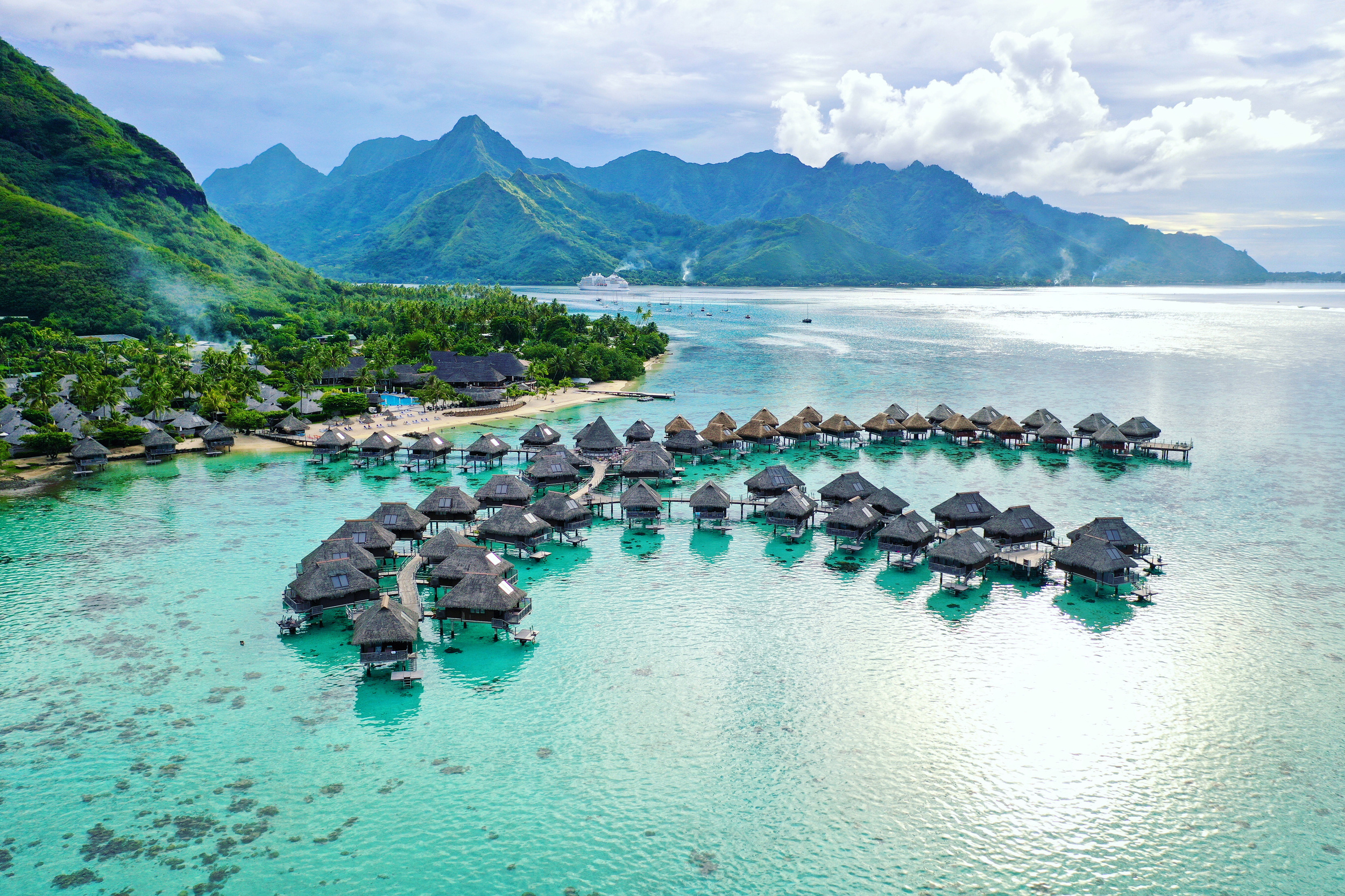
Speaking another language is always helpful, especially if you love to travel. And French, commonly thought of as one of the most beautiful in the world, is also more useful than you might realize. Here are 25 destinations outside of France where you can put your French language skills to good use!
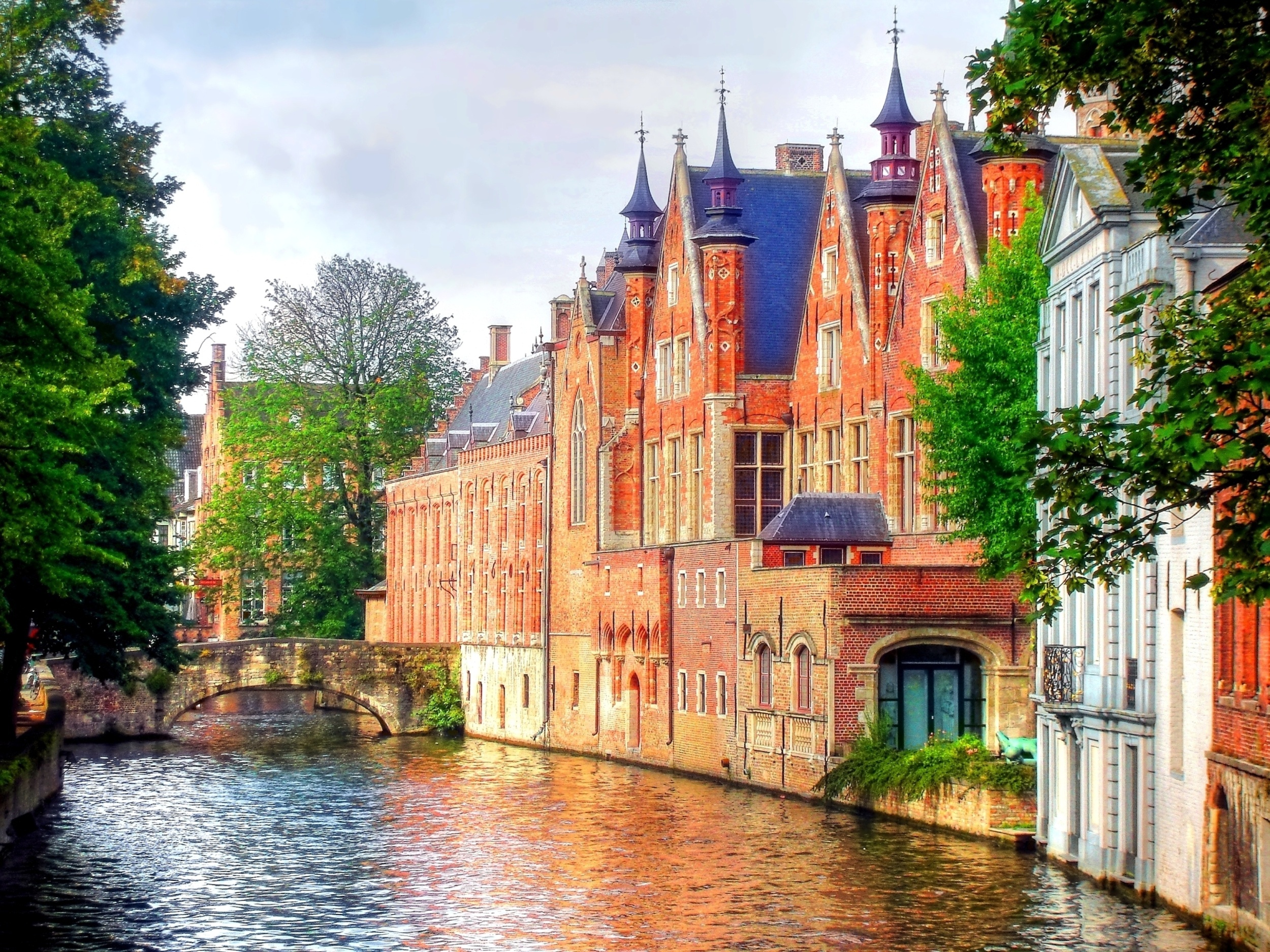
Home to delicious beer, chocolate, waffles, and fries (no, they actually didn’t originate in France), Belgium is also a French-speaking country. The language is one of three officially spoken in the country; the other two are Dutch and German. French is mostly spoken in the capital, Brussels, and in the south of the country.
You may also like: 15 weird & wonderful roadside attractions in the United States
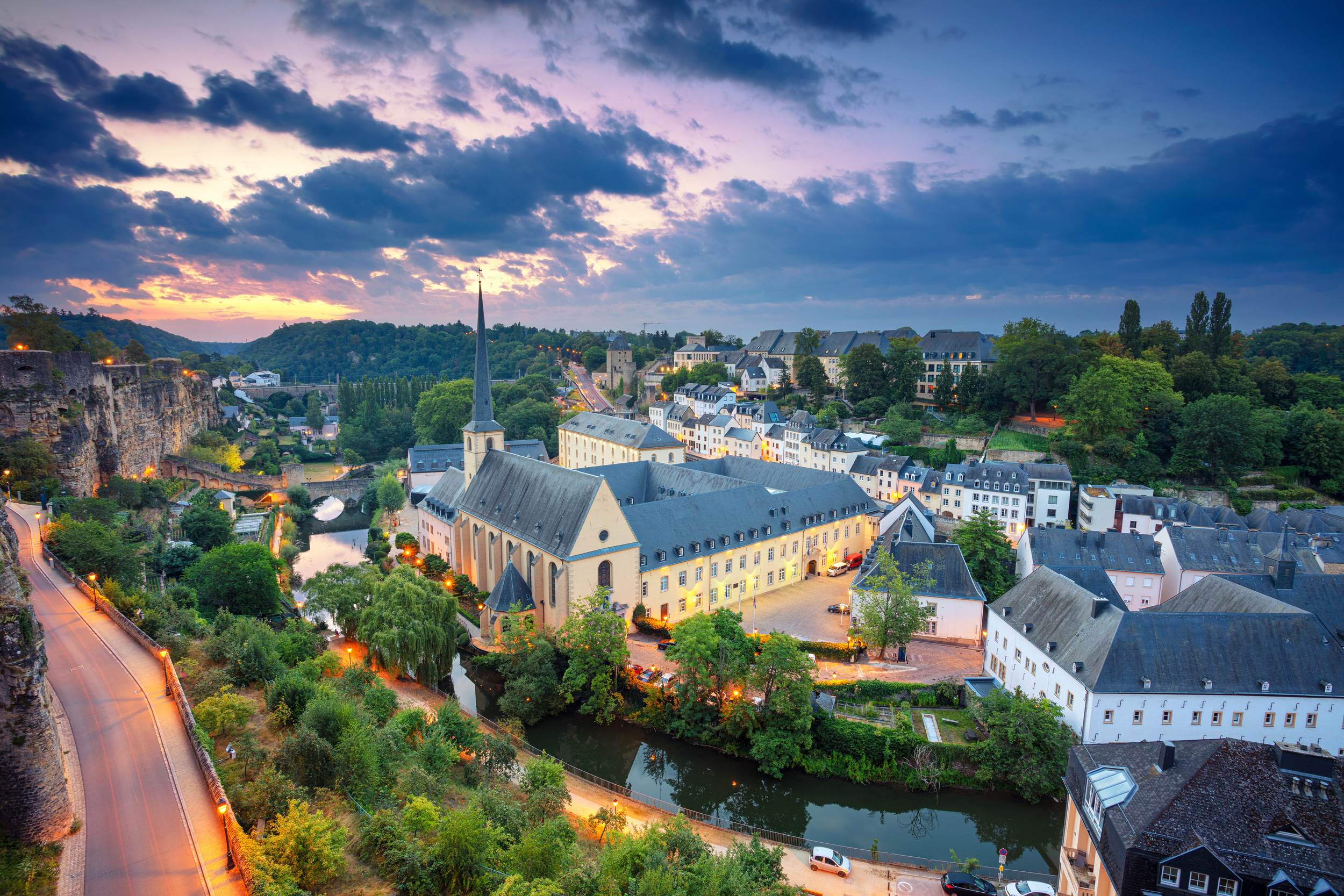
Another multilingual state that borders France, the Grand Duchy has French, German, and Luxembourgish as official languages. However, French is one most commonly used on signs and in written communication in the country. You’ll also find it most helpful for small talk and chatting with residents.
Follow us on MSN to see more of our exclusive lifestyle content.
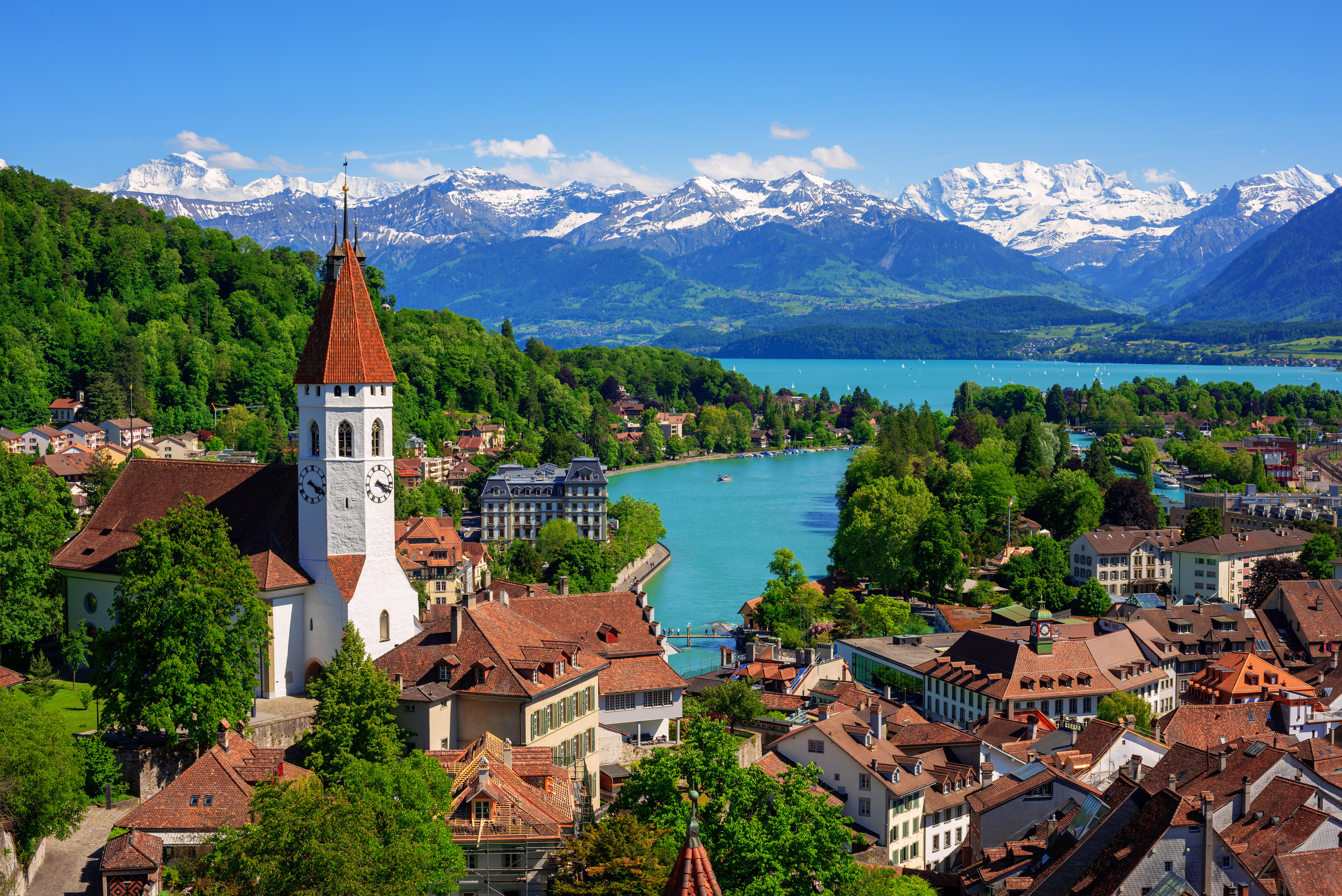
Switzerland
Yet another European country with French as one of the official languages (the others are German, Italian, and Rhaeto-Romance). You’ll find French most useful in Geneva and the surrounding area, although it’s used throughout Switzerland.
You may also like: Layered dips you can make that will feed the whole team
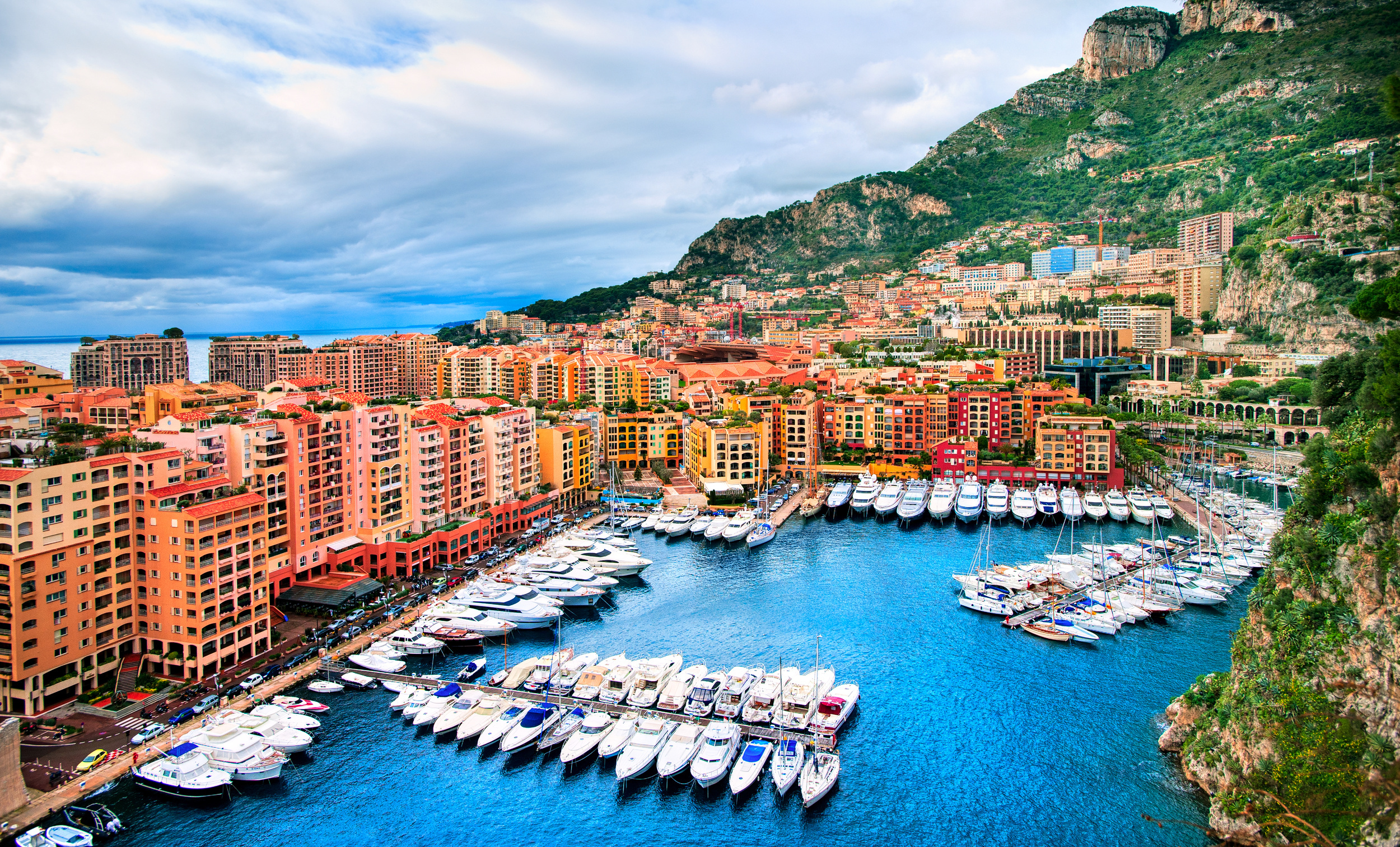
Many people make the mistake of assuming that this tiny state is a part of France. And while Monaco is surrounded by its’ much larger neighbor and uses the French language, it is a sovereign city-state with a monarchy. There is also a Monégasque language that has official status.
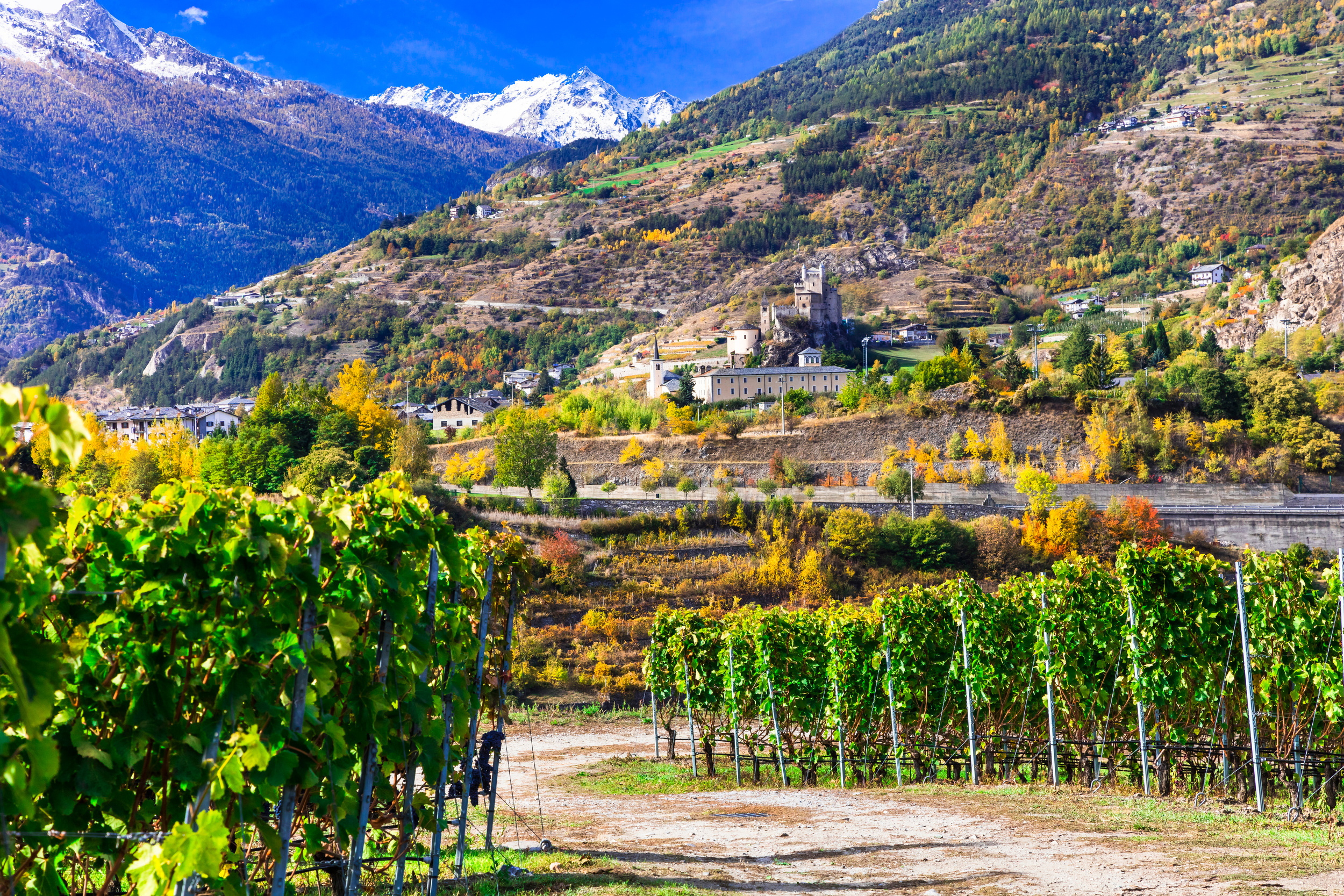
Aosta Valley
This region of Italy is located in the northwest of the country, near France. Latin was replaced by French as the official language after the fall of the Roman Empire and then, in the 19th century, was replaced with Italian. Today, the region is bilingual, and you’ll see French and Italian written on road signs and hear the two spoken by locals.
You may also like: 13 foods & drinks that cause bad breath and 13 that combat it
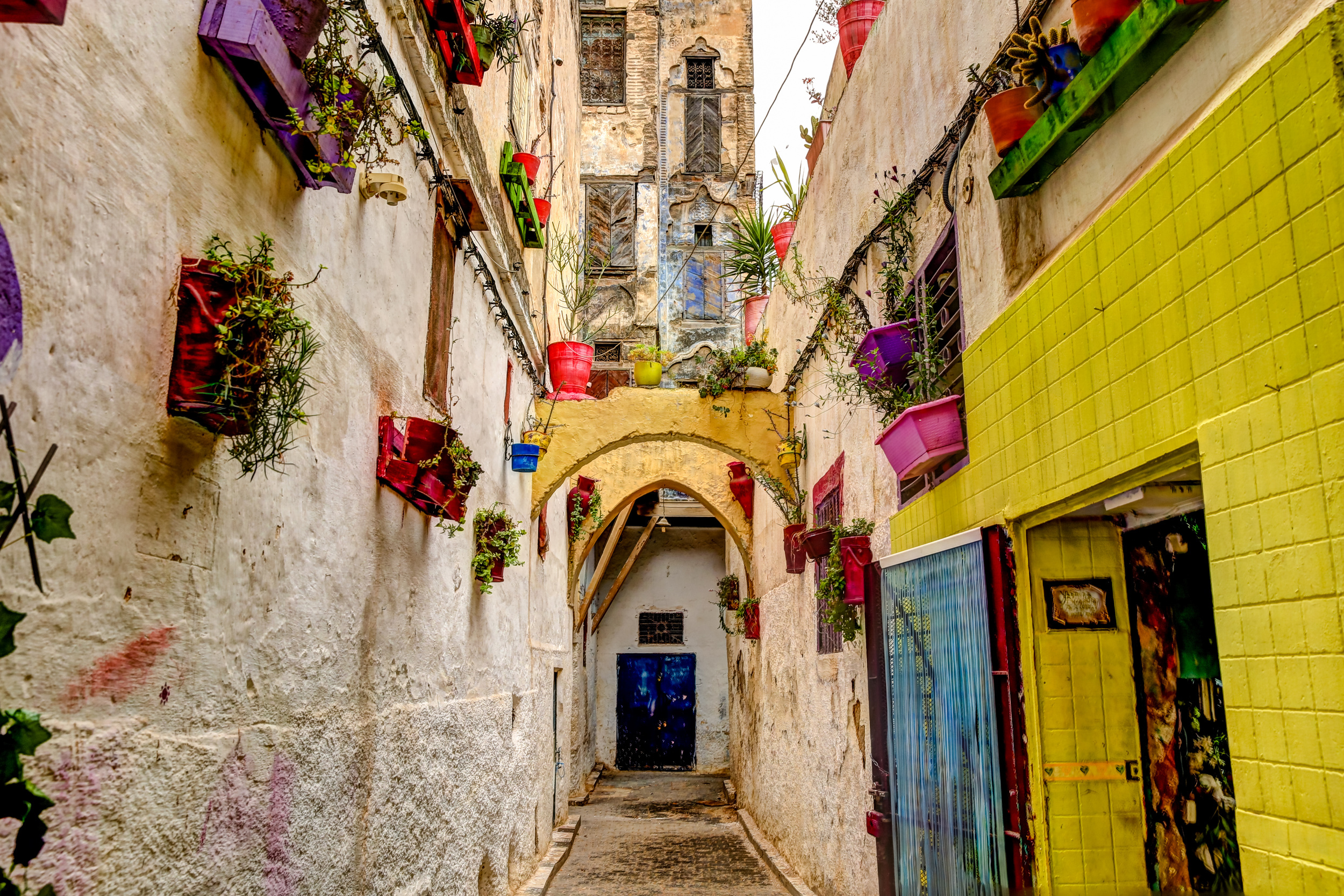
The French Empire had a strong presence in North Africa, and thus many nations in the region still use French as an official language. Morocco is one of these, and French is widespread along with Arabic and various Berber dialects. As a visitor, you’ll find it extremely useful when speaking to locals or reading signs and menus.
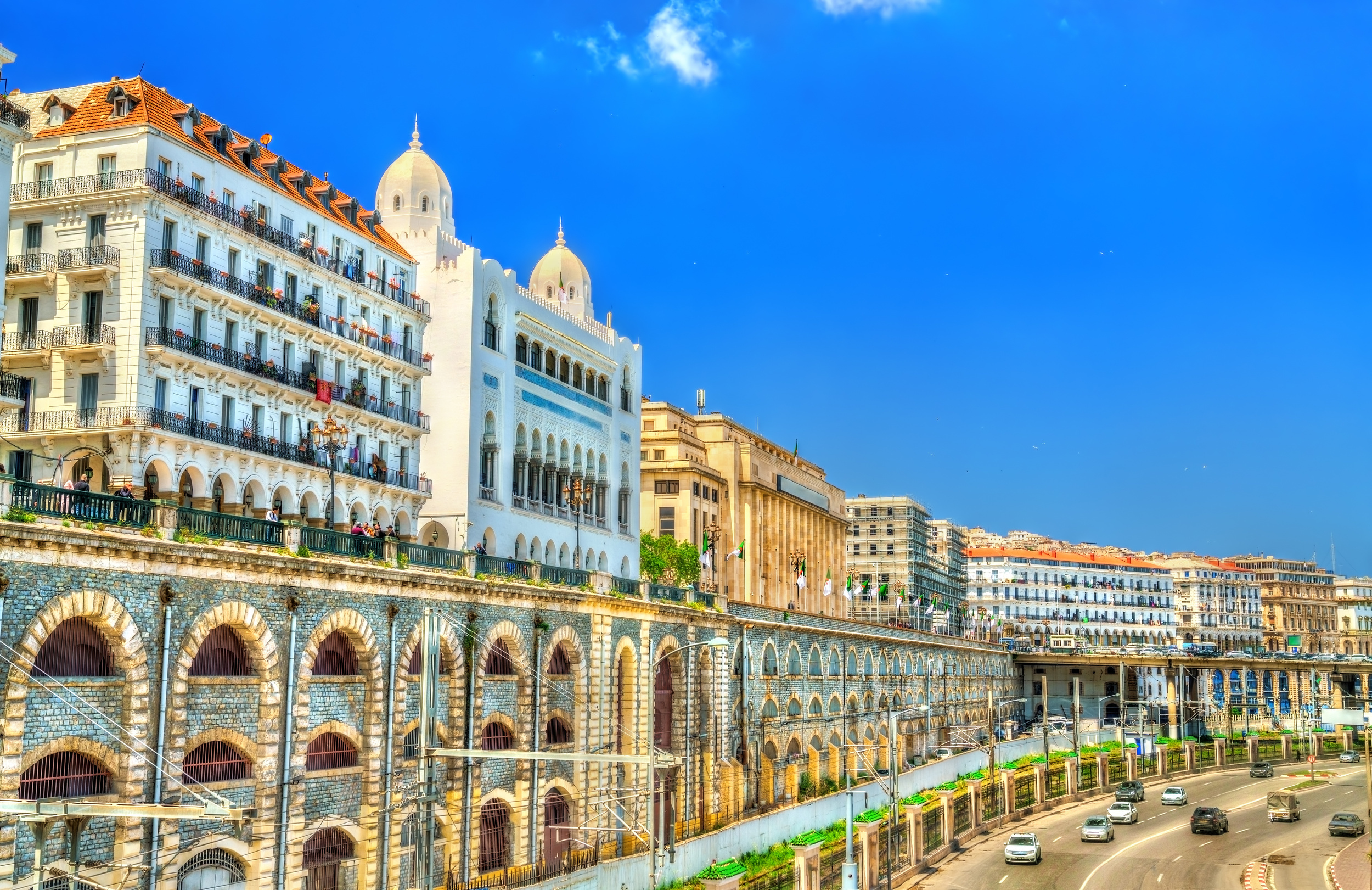
Algeria’s official languages are Arabic and Berber, but French is also commonly understood. While not as widely used as in neighboring Morocco, it will be your best bet if you don’t speak one of the official languages.
You may also like: 20 ingredients that will make your grilled cheese even better
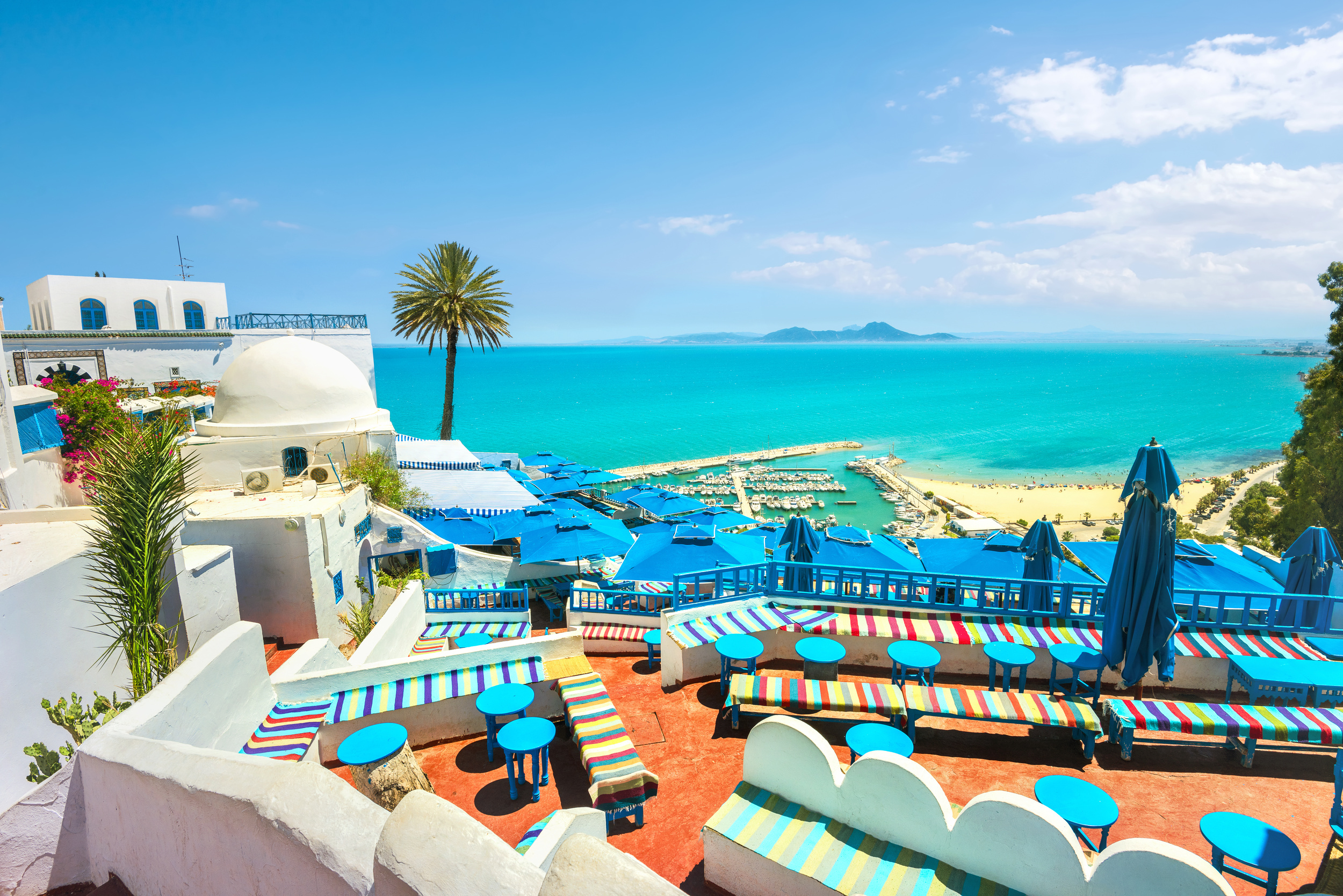
Another former French colonial outpost, the language is used and understood throughout the country in addition to Arabic and Tunisian. It’s estimated over half the population speaks French, and it’s the teaching language of high schools in the country.
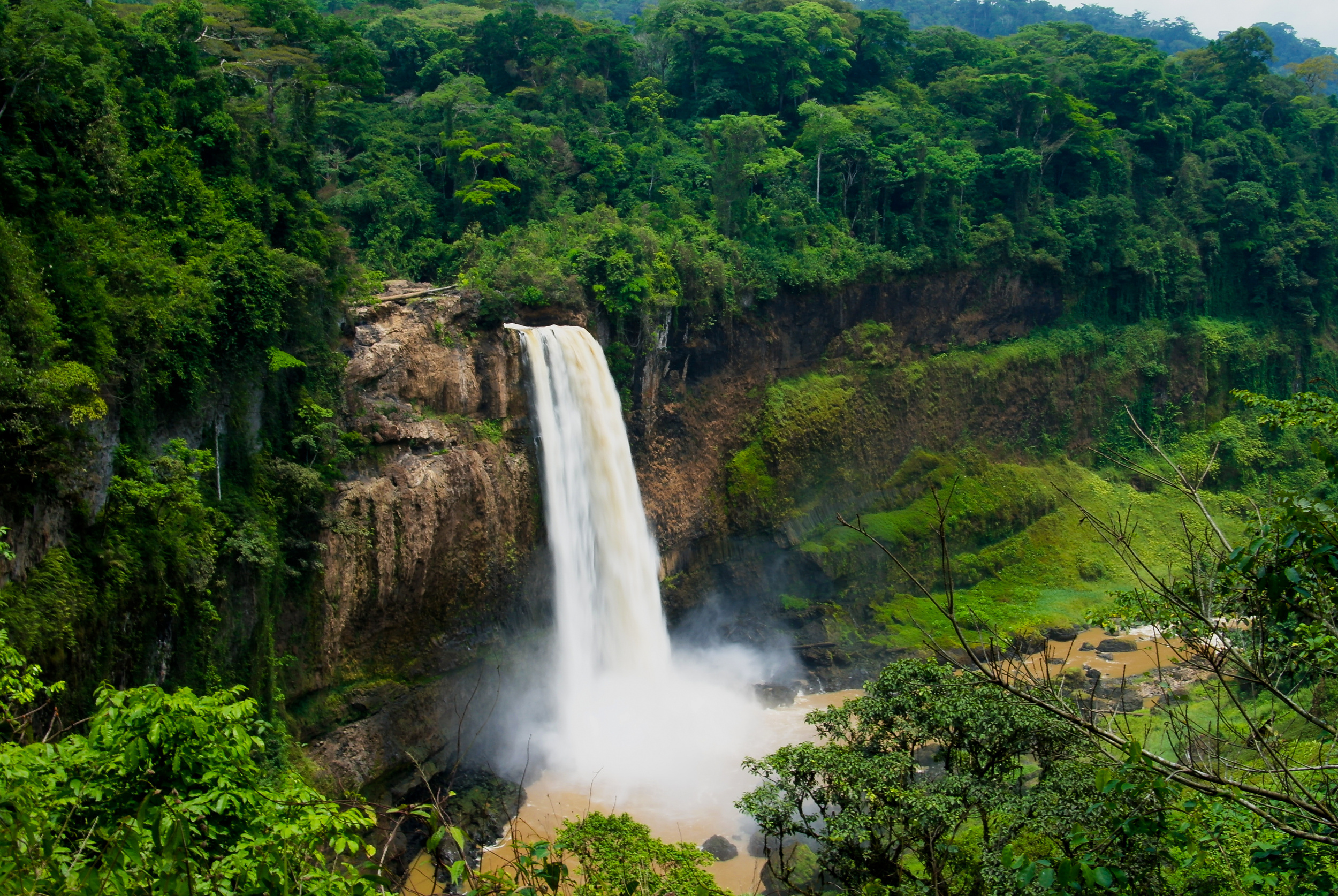
Cameroon was a colony of both the UK and France in the early 20th century. So, English and French are spoken in the country. However, French is the most prevalent, with eight of 10 regions considered Francophone. Locals also speak numerous other indigenous languages.
You may also like: 20 beauty and skincare hacks that actually work
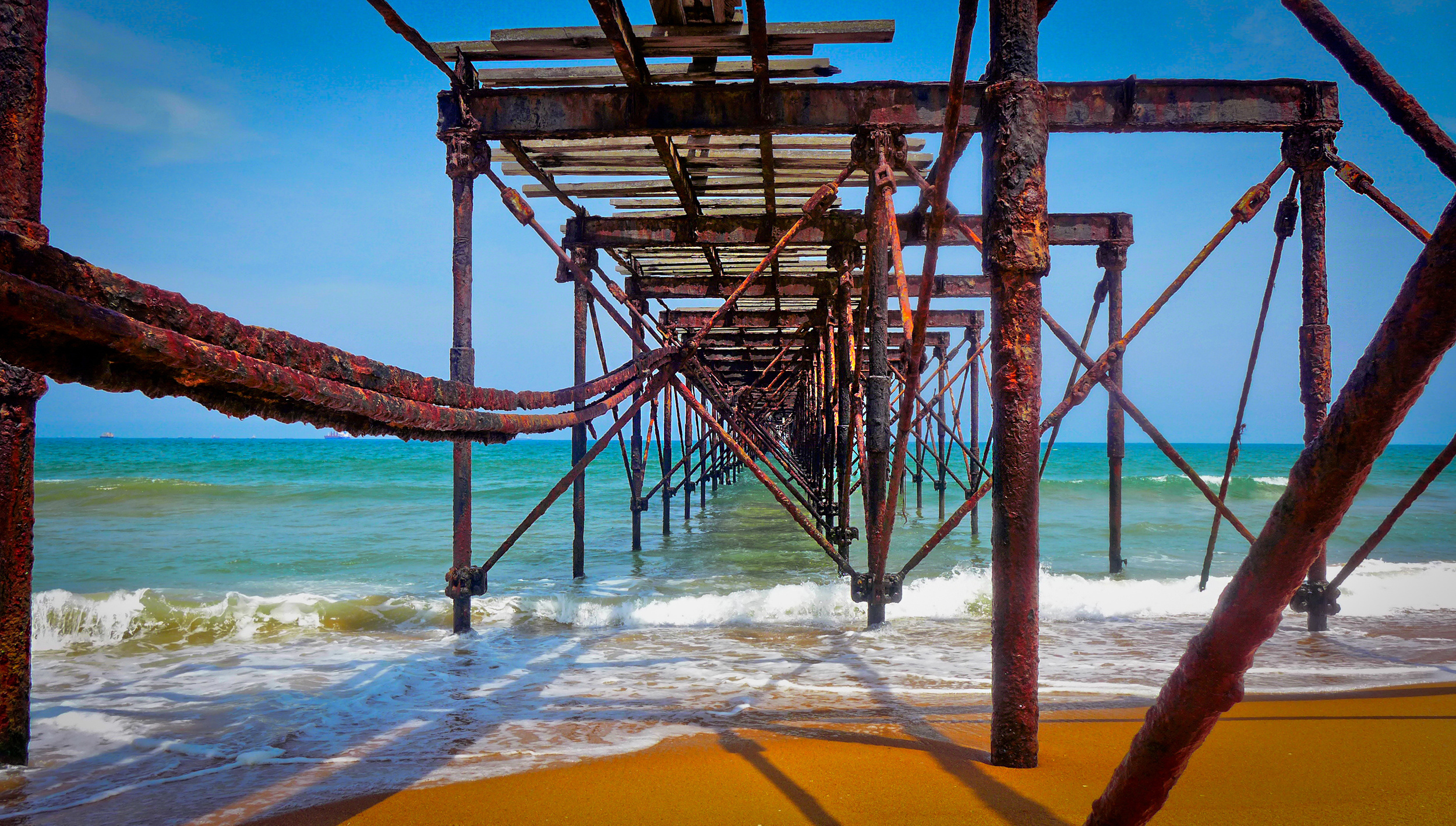
Ivory Coast
Known as “Côte d’Ivoire” in French, this coastal nation uses the old colonial language as the official one. Additionally, numerous indigenous languages also have recognized status in the Ivory Coast.
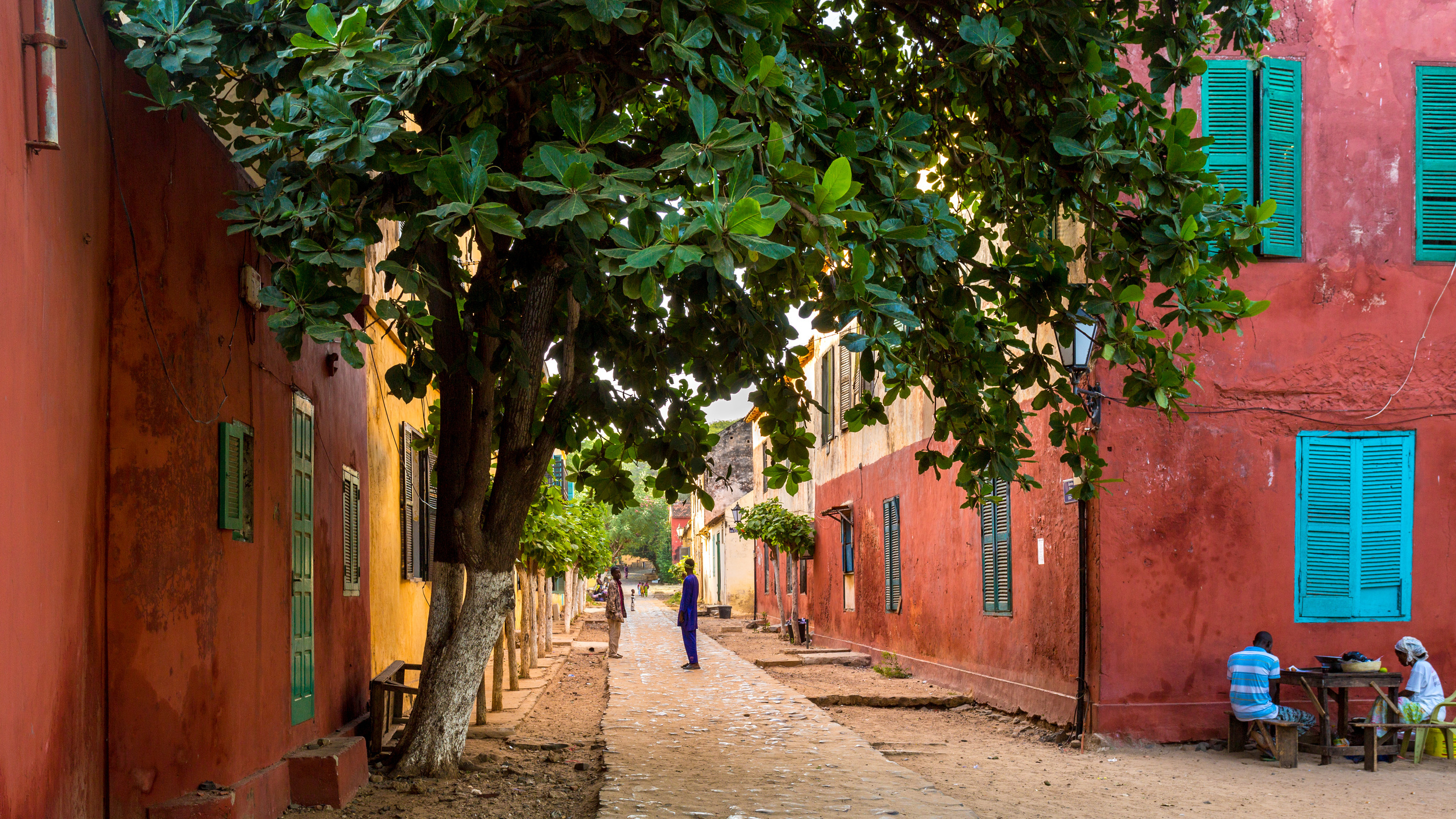
Senegal has six recognized indigenous languages, the most well-known and commonly spoken is Wolof. However, French is still the official language of the country despite Wolof being more widely used and understood.
You may also like: Add these 20 unusual U.S. destinations to your travel bucket list
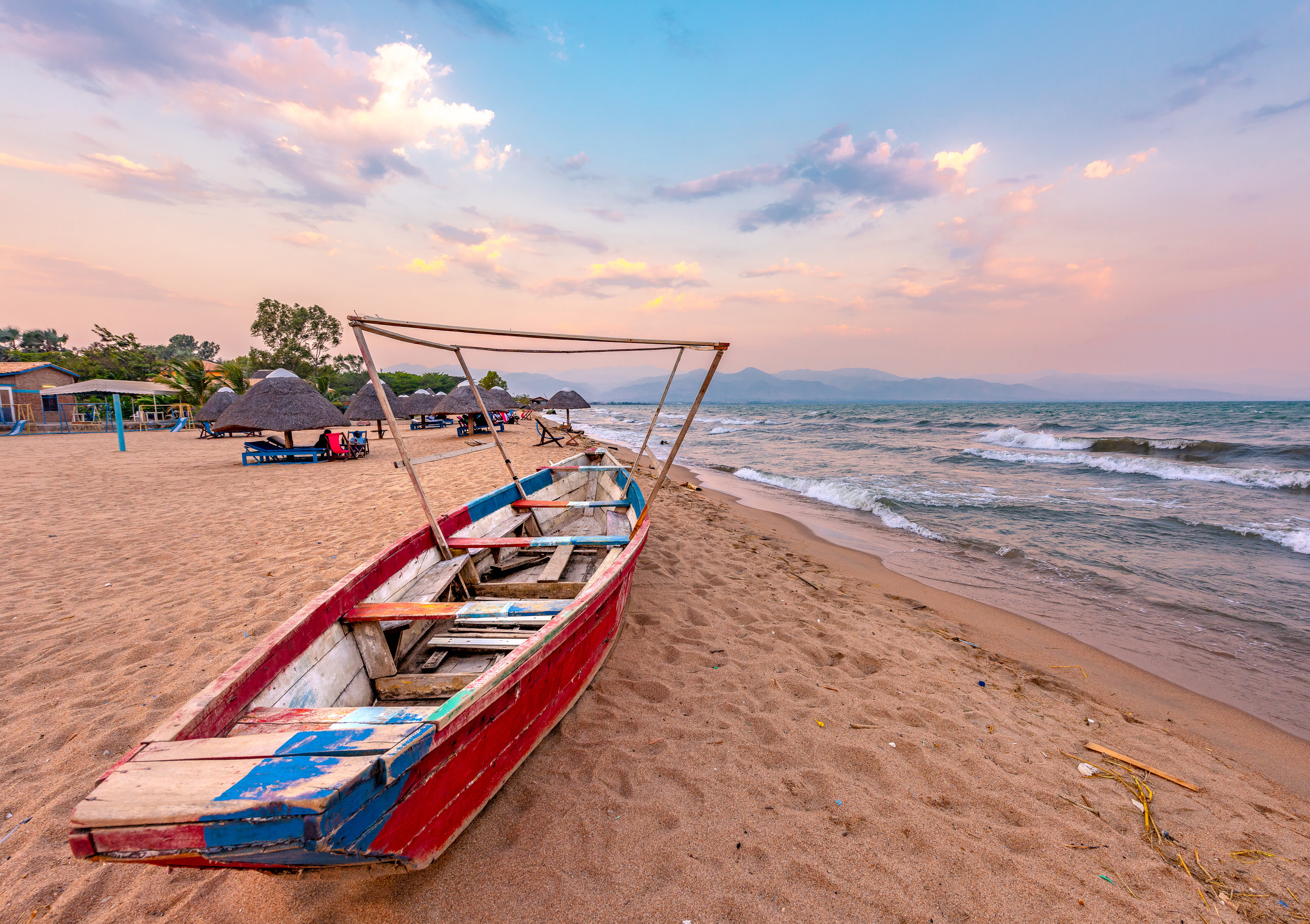
Yet another multilingual former French colony, Burundi has three official languages. In addition to French, Kirundi, and Swahili are recognized by the government. In 2014, English also gained status in the country.

Republic of the Congo
Also known as the Congo or Congo-Brazzaville, it is not to be confused with its neighbor, the Democratic Republic of the Congo. Formerly known as the French Congo, due to colonization, the language is still the official one of use to this day. The local Bantu language, Kituba, Lingala, and numerous other indigenous languages are also widely spoken.
You may also like: 20 cookies you probably never tried before (but should!)
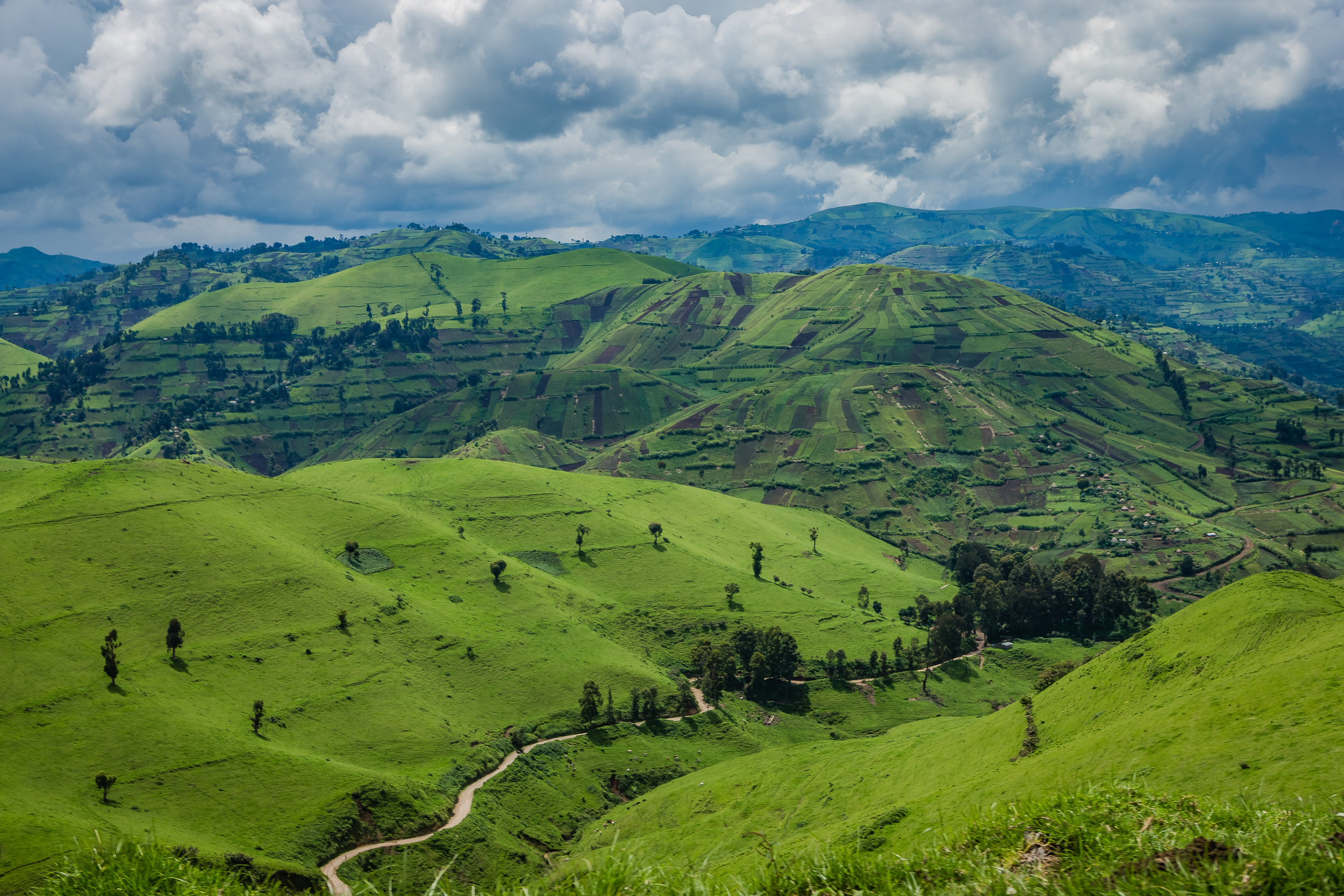
Democratic Republic of the Congo (DRC)
The DRC has four main languages: Kikongo (Kituba), Lingala, Swahili, and Tshiluba. However, as a former Belgian colony, French is still widely used and understood.
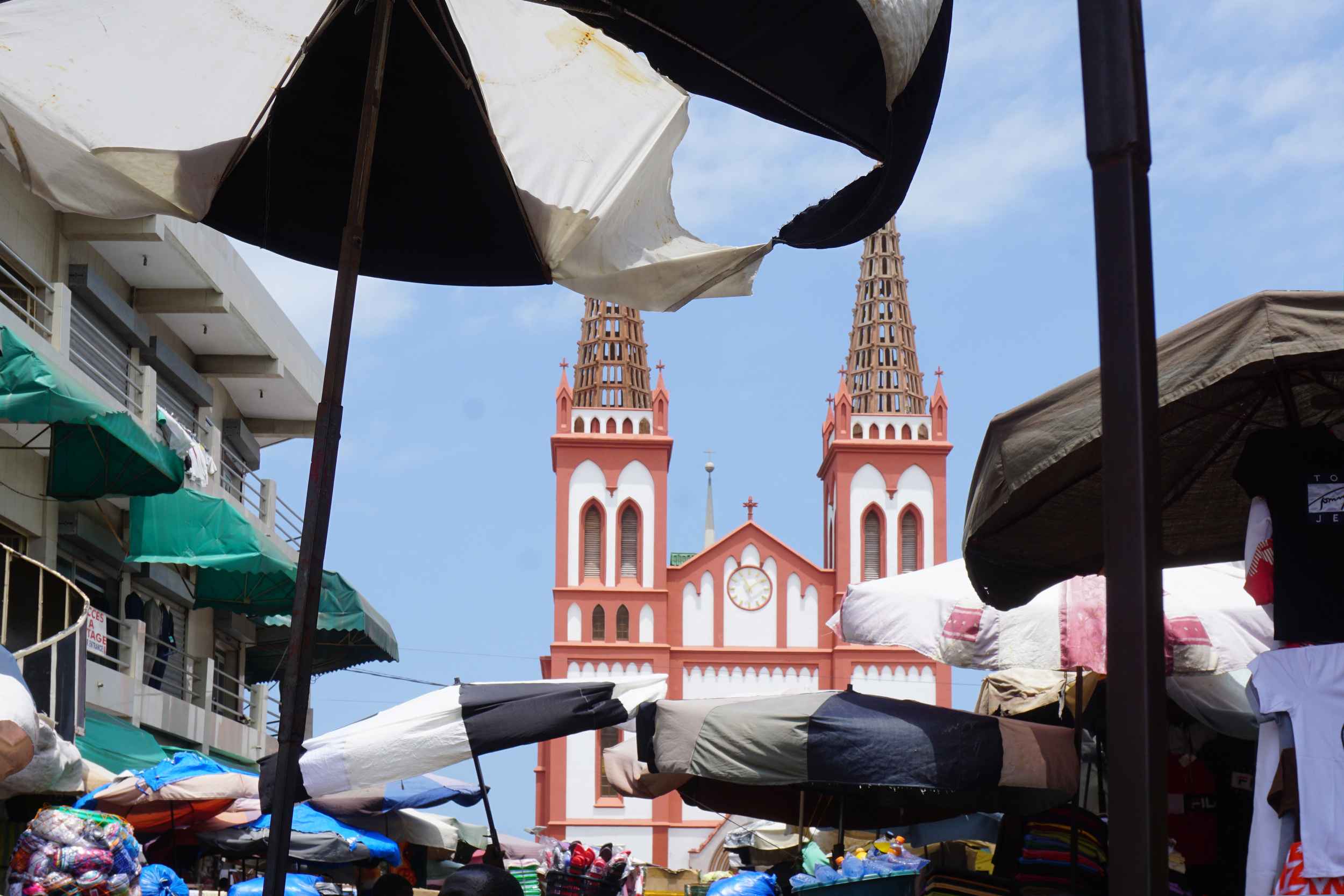
Togo is a very multilingual country, and in addition to the official language, French has over 40 in use throughout the country. Many signs will be in French, and most locals speak some.
You may also like: 25 gameday snacks you can make in a slow cooker
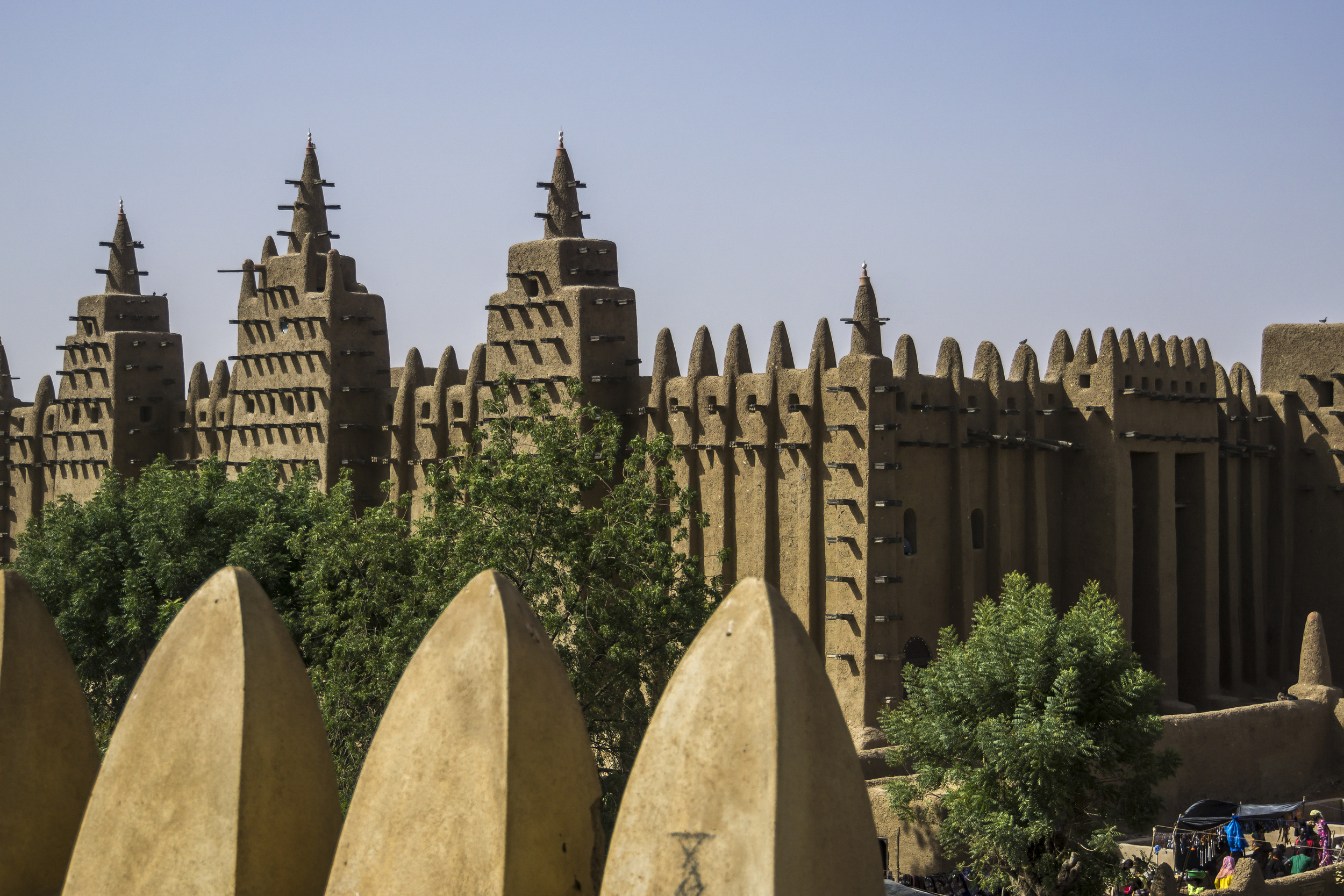
Yet another former French colony, visitors to Mali will find the language very useful in most interactions. Additionally, the country is home to more than 80 other local languages.
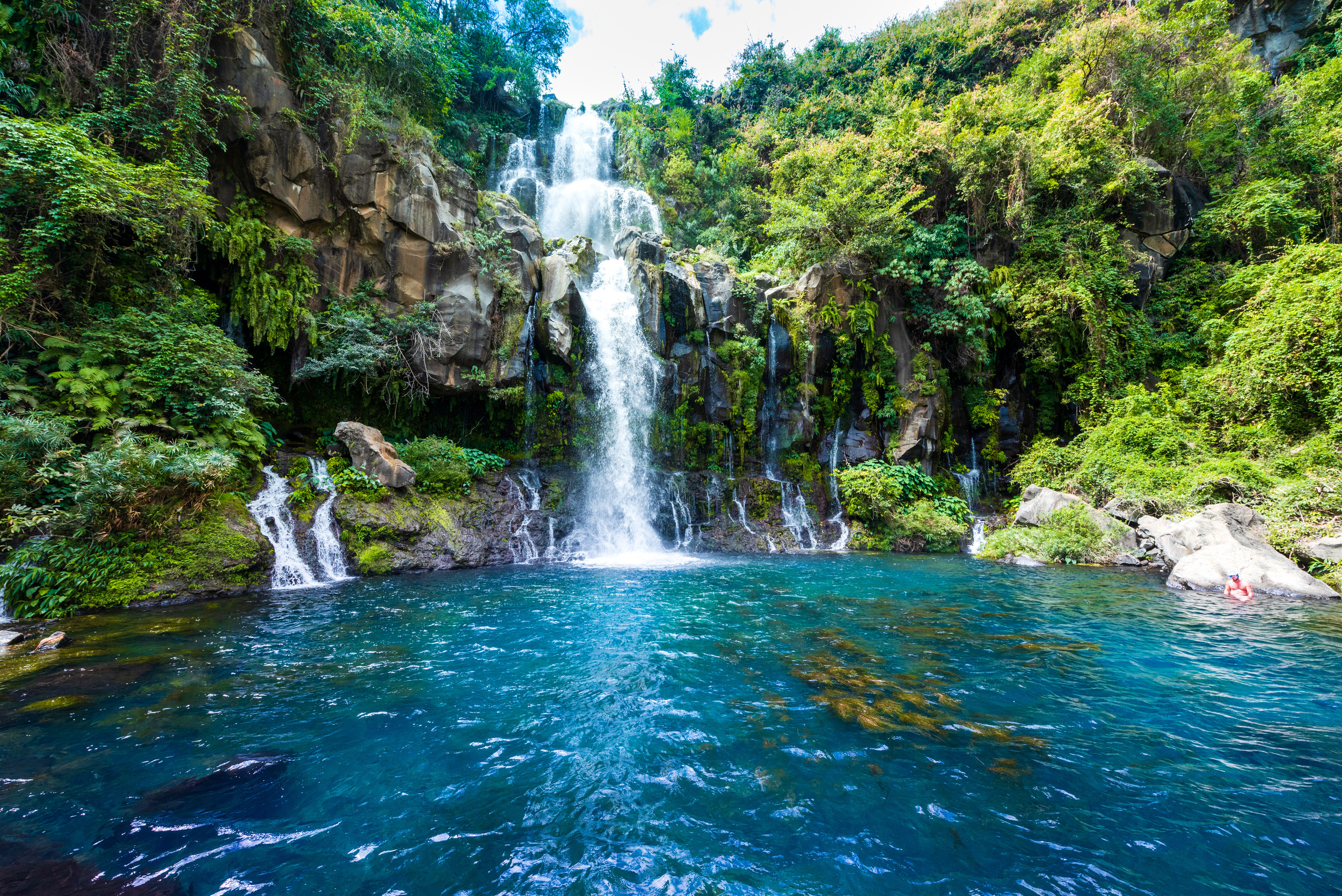
The British and French fought over Canada, with the former finally winning out, but the Francophone portion of the population remained influential. So much so that the country has two official languages: English and French, with over 70 indigenous languages in existence. And the province of Québec only has French as the official language (and frequently threatens to secede from Canada). Its neighbor, New Brunswick, is the only officially bilingual province.
You may also like: 20 essential organizing tips for living in small spaces
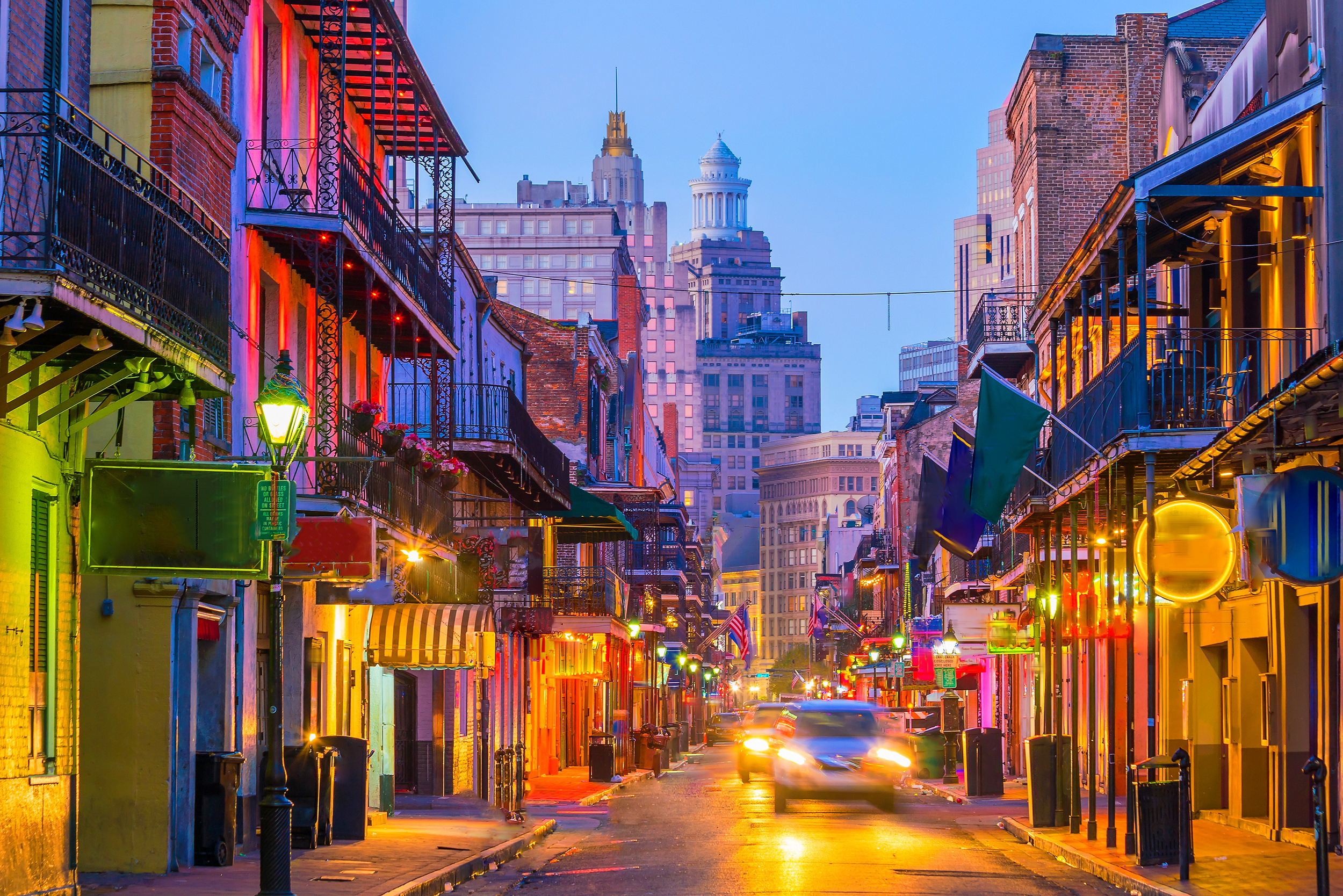
When the U.S. purchased Louisiana territory from the French in 1803, it probably wasn’t considered how long the language would stick around. In the 1960s, efforts were made to revive the language in the state after decades of suppression and Americanization. Now, French is spoken by an estimated 100,000 to 200,000 residents, ranging from traditional and Cajun (Louisiana) French.

The Spanish colonized this Caribbean island before the Brits and French arrived. Then in 1763, France took over, and in 1943, it became semi-autonomous before gaining its current status as an Overseas Department in 1946. French is the official language, and visitors will find it helpful to know basic phrases, but Martinique Creole is unofficially the local language of communication.
You may also like: 15 quick and easy gameday appetizers
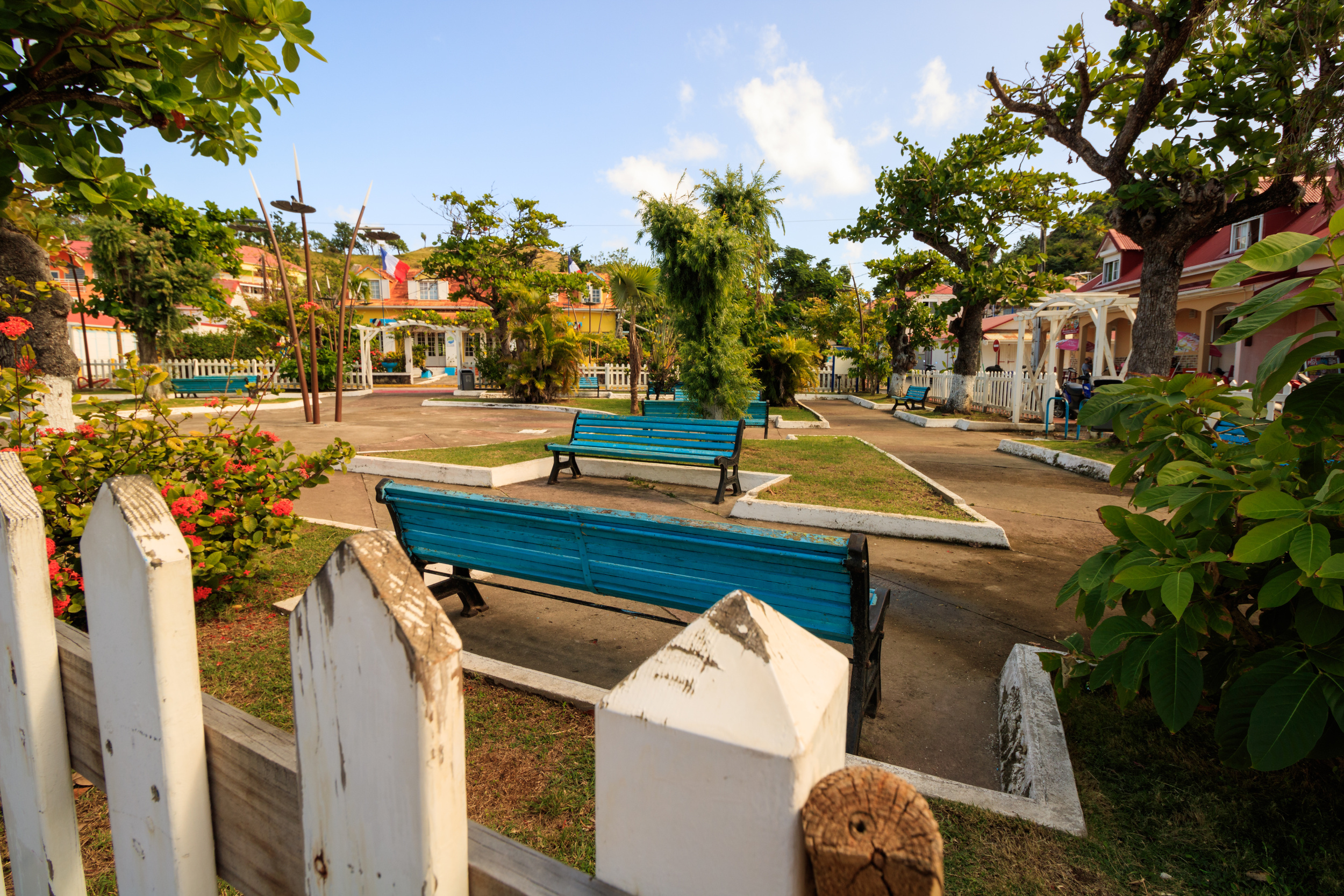
Another current French Overseas Department first colonized by the Spanish, Guadalupe has French as its official language, but like Martinique, Creole is widely used by locals.
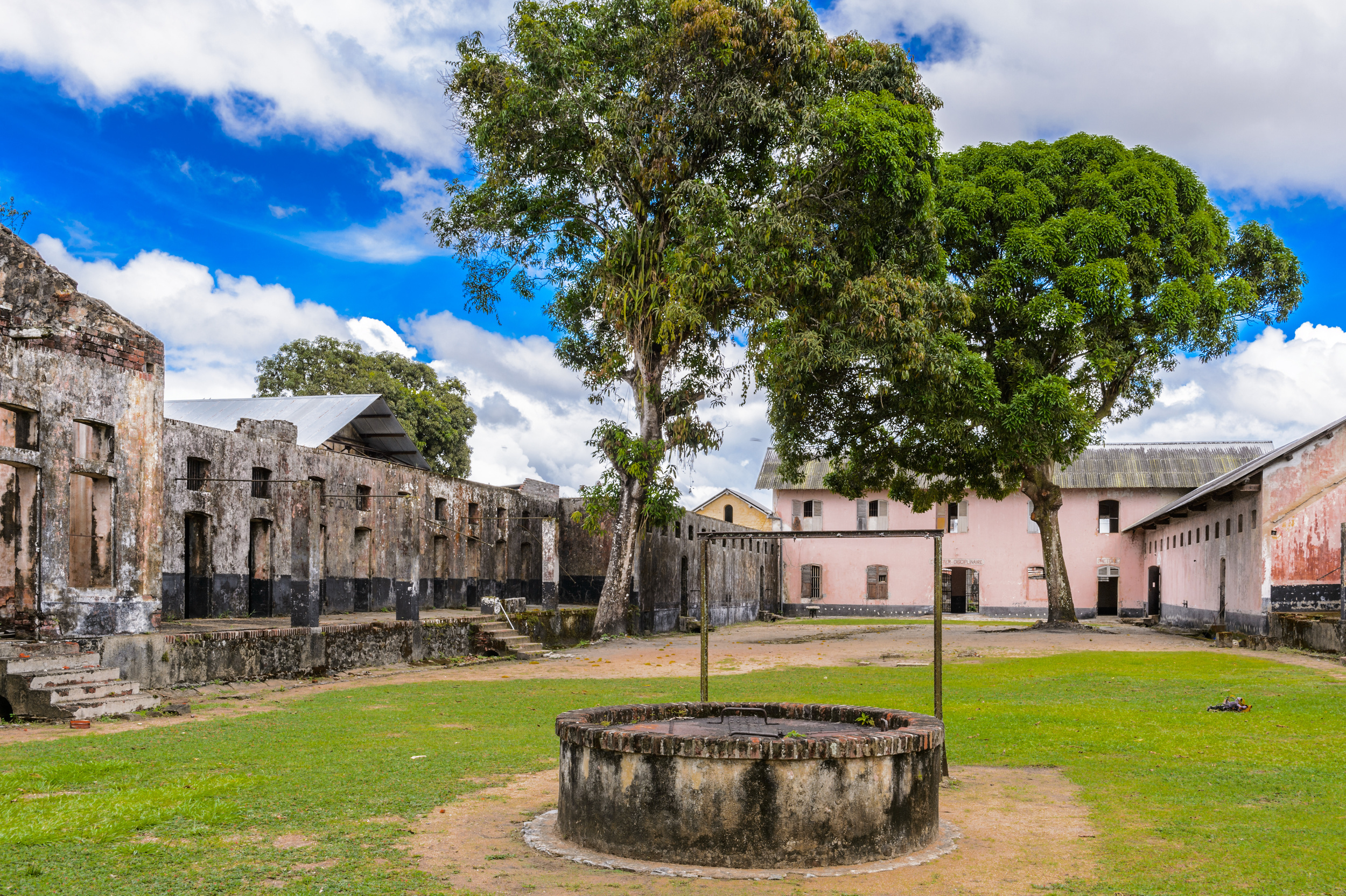
French Guiana
This small section of the South American continent, located between far northeastern Brazil and Suriname and Guyana, is a former colony that housed a penal colony of France. Today, it is a French Overseas Department. Thus, French is the official language, but Creole is the language of use by many residents.
You may also like: 22 healthy snacks you can make on gameday
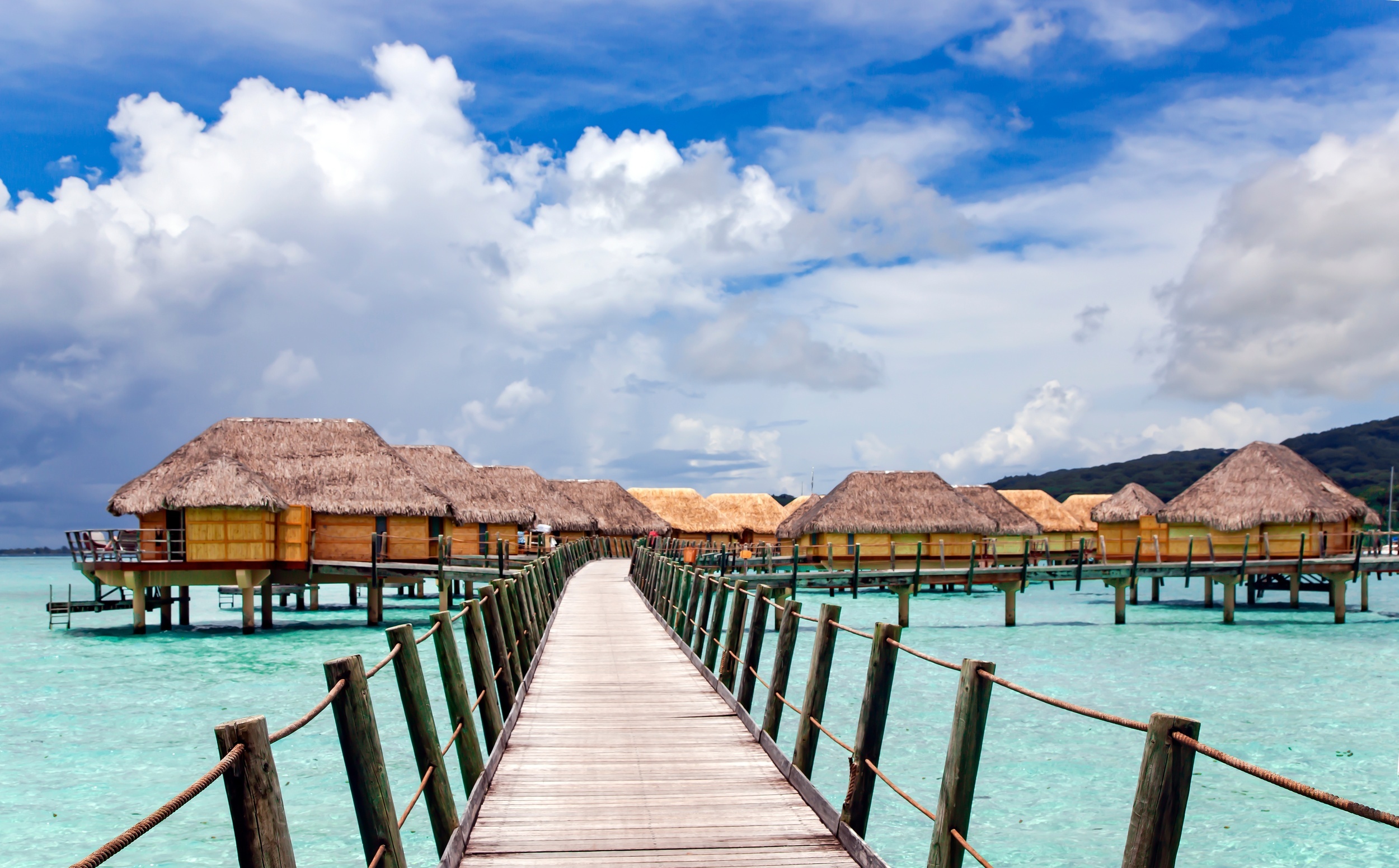
French Polynesia
Colonized by the French, the islands received the name “French Polynesia” after being designated a French Overseas Territory in the '50s. Then, in 1977, the country received autonomy and is now considered an overseas country of the French Republic, with French as the official language.
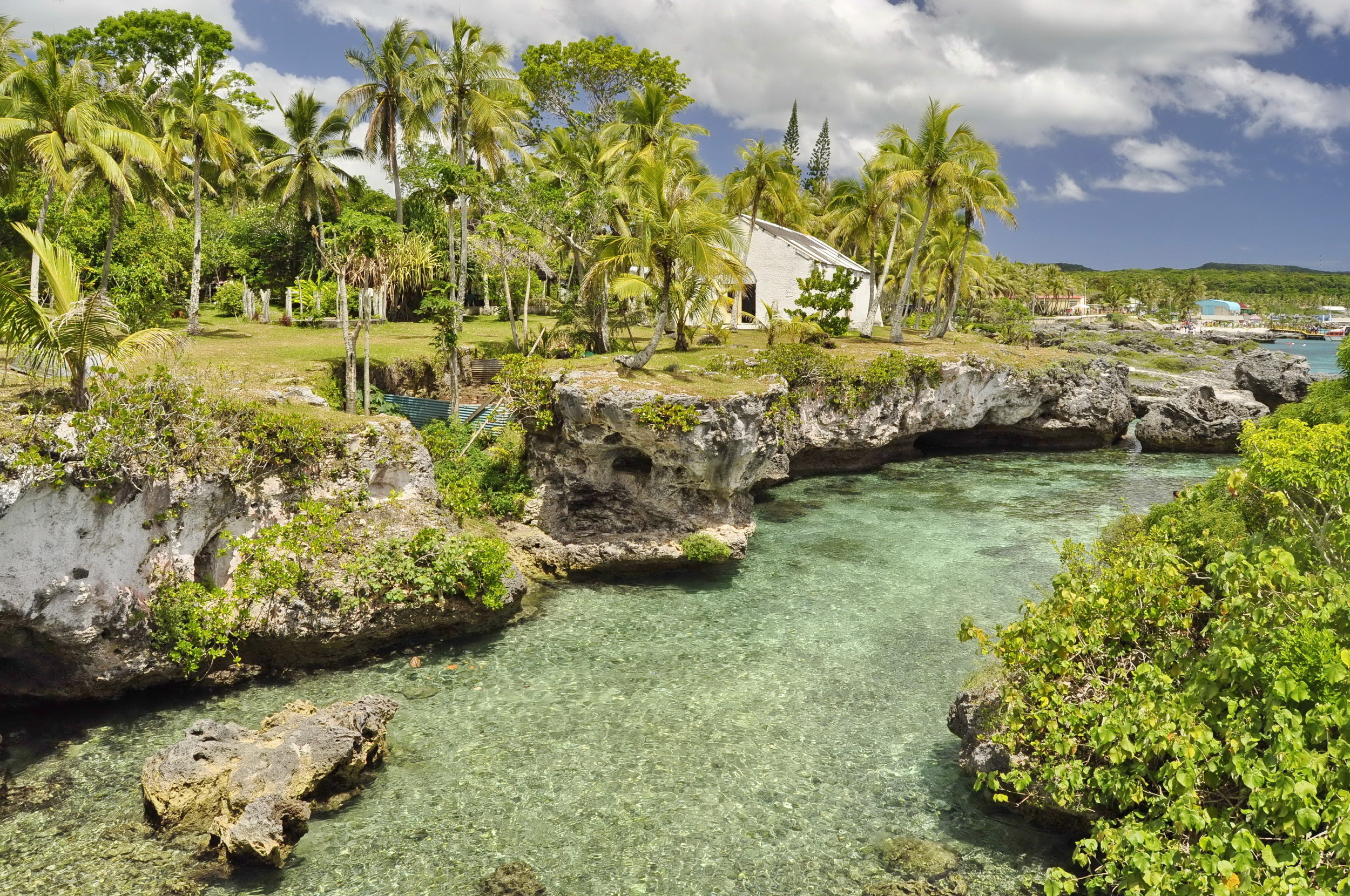
New Caledonia
The British initially colonized these islands in the South Pacific before the French took over in 1853. Recent years have brought referendums for independence, but a slim majority of the population has voted in favor of remaining part of France. French remains the official language of the territory.
You may also like: 20 essential tips for your best hair ever
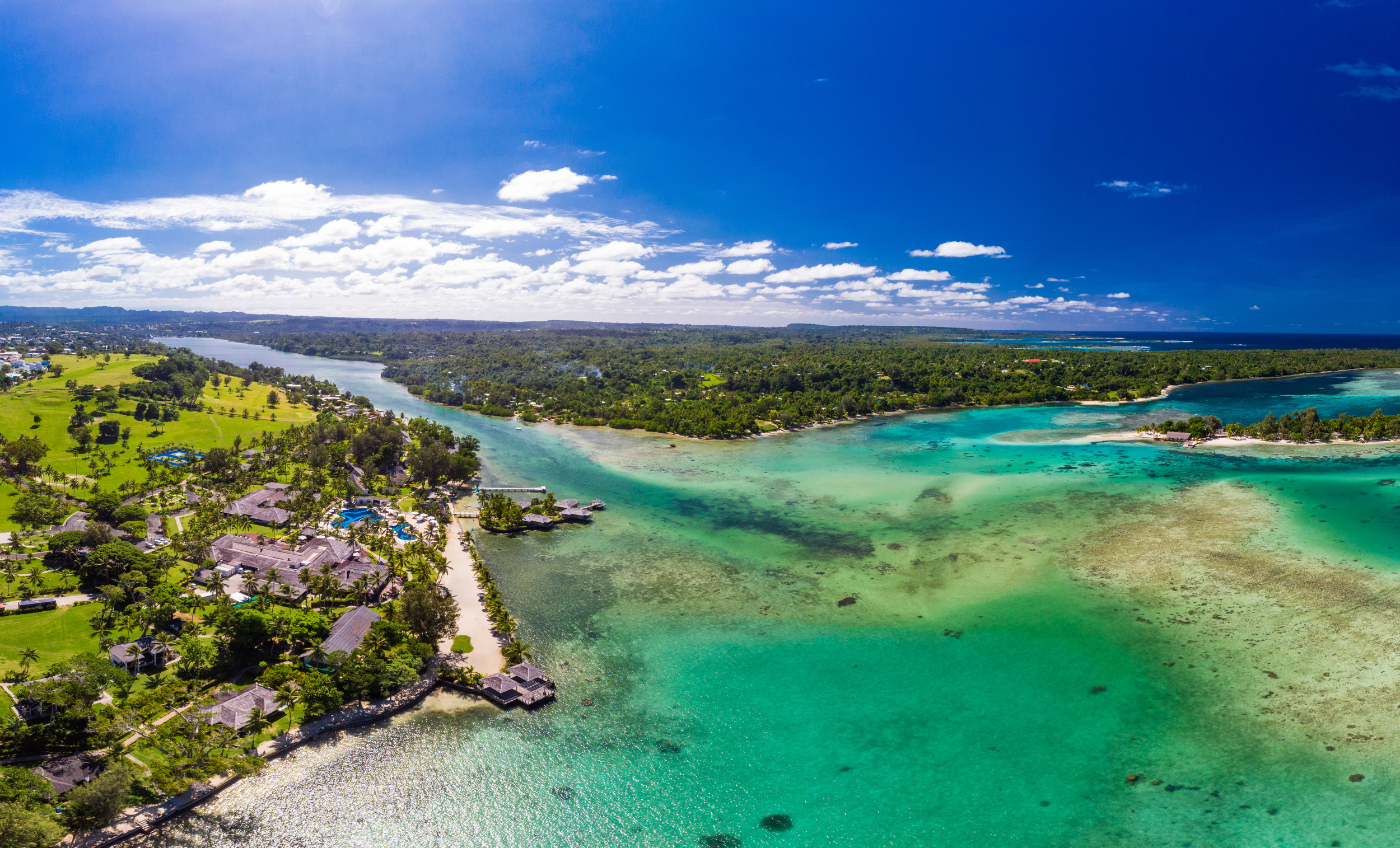
This Pacific country is very multilingual, with French, English, and Bislama all considered official languages. However, it doesn’t stop there, as over 100 languages are spoken on the island. After centuries of colonization, independence was finally declared in 1980.
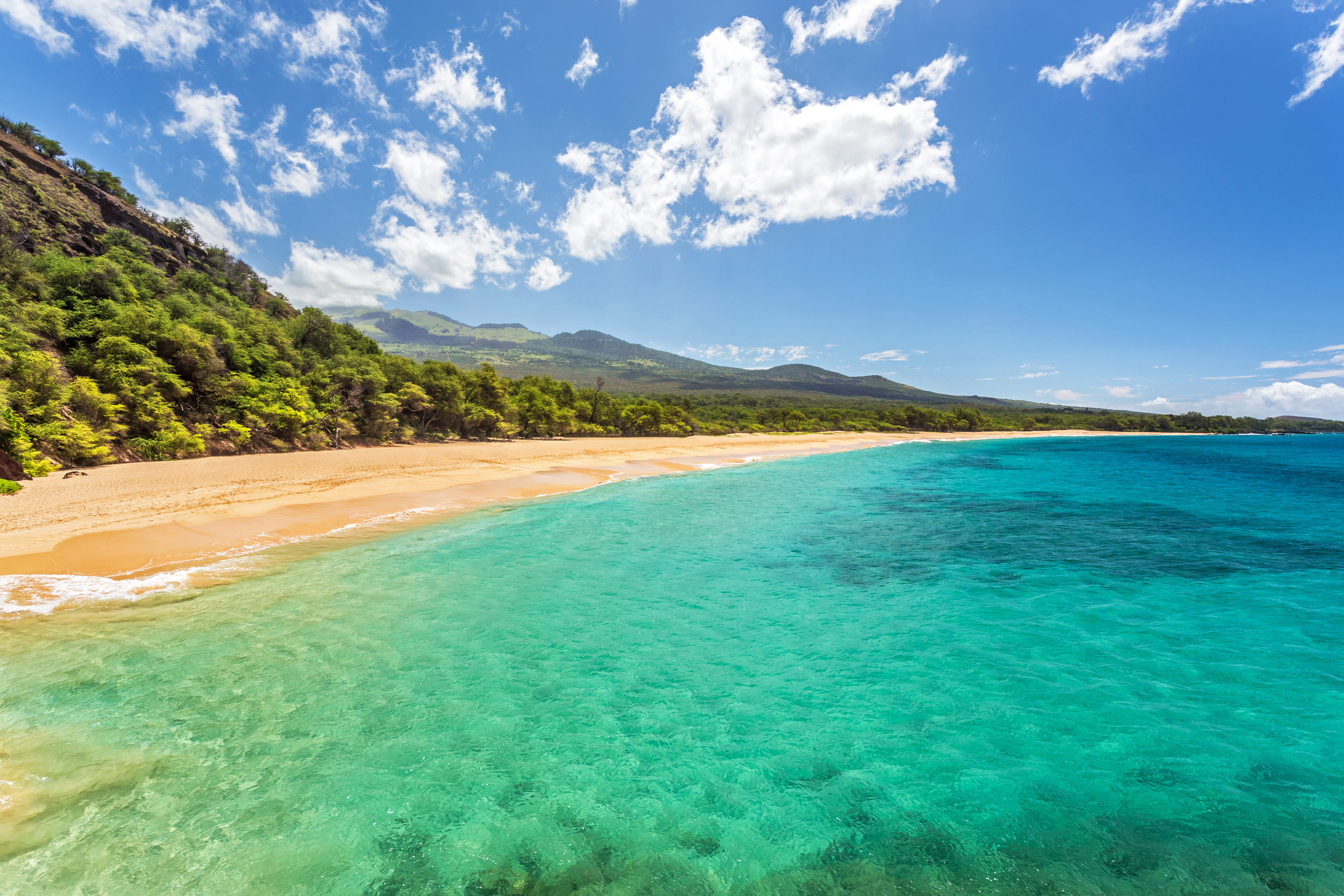
Wallis & Futuna
Made up of the Wallis, Futuna, and Alofi islands, all three were French protectorates and colonies until 1961. Then, the islands became a French Overseas Territory until 2003, when they received status as an Overseas Collectivity. French has been the official language throughout all the status changes.
Did you enjoy this slideshow? Follow us on MSN to see more of our exclusive lifestyle content.
More for You
Texas Solar Eclipse Festival Canceled Hours Before Showtime
18 Unwritten Rules: What Not to Do in America
20 actors who passed up iconic roles
Common over-the-counter medicine linked to increased dementia risk
This common trait is a red flag of a toxic boss, says ex-IBM CEO: 'I used to think it was a great skill'
The 5 Costco Prepared Foods to Avoid, According to Customers
Teen ends up with stoma after period pain worry
California’s New Exit Tax for Those Moving Out of State
9 Insider Secrets You Should Know From a Goodwill Employee
30 slang words you may not realize came from TV and movies
Greta Thunberg dragged away from Dutch climate protest by police
What to do when your own number appears to ring your home phone
This $3.49 ALDI Find Is Back for a Limited Time—My Family Can't Stop Eating It
15 Car Brands With Notoriously High Maintenance Costs—and 3 With the Lowest
The Exact Time to Quit Your Job, According to Chief HR Officer
31 Fascinating Facts and Tantalizing Tidbits to Feats Your Brain Upon
A deposition Elon Musk fought to keep confidential was released. Read the most interesting quotes.
Hand sanitizer, aloe gel recalled over warnings it could cause comas or blindness
Oregon player comes forward as $1.3 billion Powerball lottery winner, officials say
17 Phrases Confident People Use to Stand Up For Themselves

IMAGES
VIDEO
COMMENTS
Fakarava is famous for its sharks. There are two main passes here, the south pass, Tumakohua, and the north pass, Garuae. Both are fantastic dive spots, but the south pass is the best spot to see the sharks. It is estimated that there are between 250-700 grey sharks in this area and no, they are not baited. The shark wall is a sight to see, but ...
Things to Do in French Polynesia, South Pacific: See Tripadvisor's 264,572 traveler reviews and photos of French Polynesia tourist attractions. Find what to do today or anytime in April. We have reviews of the best places to see in French Polynesia. Visit top-rated & must-see attractions.
Welcome to the official website of Tahiti its islands in French Polynesia. A wealth of information on Tahiti, Bora Bora, Moorea and every other island in this Pacific paradise. Official Islands of Tahiti - Information on visiting Tahiti islands, Bora Bora, Moorea & other Tahitian islands in the South Pacific. Cruises, Vacations & more. Located in the Pacific Ocean, The Islands of Tahiti are a ...
The heart-shaped island of Mo'orea makes a wonderful base for divers and snorkelers eager to explore its surrounding barrier reef system. Feeding the massive, sacred eels of Huahine is a one-in-a-lifetime way to experience an important local ritual. French Polynesia Tourism: Tripadvisor has 264,390 reviews of French Polynesia Hotels ...
When most people think of the French Polynesia islands, honeymoon favorite Bora Bora and its overwater bungalows perched on a shimmering lagoon likely spring to mind. But this South Pacific ...
1. Mt. Otemanu is a jagged, green-sided mountain in the center of the island of Bora Bora. The volcanic mountain is visible from across the island. Visitors can admire the mountain from a boat, or explore the base of the mountain on a rigorous guided hike. More. #13.
Mount Otemanu. This jagged remnant of an ancient volcano rises up sharply more than 2,400 feet from the surface of a sparkling, turquoise lagoon. 12. Taputapuatea Marae. The largest and most important religious site in Polynesia features the ancient temple area located on the edge of a huge lagoon.
French Polynesia Travel Guide. French Polynesia is made up of 118 islands that cover over 6,400 square kilometers! It's one of the Pacific's most popular tourist destinations and is home to breathtaking islands like Tahiti and Bora Bora. With diverse marine life, the region boasts some of the most spectacular diving in the world.
Here is a comprehensive list of flight durations from popular international airport hubs to French Polynesia: Paris - Papeete: 22h00 (with a short stopover in Los Angeles, Seattle or San Francisco) Los Angeles - Papeete: 08h00. Seattle - Papeete: 10h00. San Francisco - Papeete: 08h00. Honolulu - Papeete: 05h00.
Best Things to Do in French Polynesia Islands Visit the Paofai Gardens in Papeete. Where: Tahiti. One of the most beautiful places to visit in French Polynesia is the Paofai Gardens, a delightful place to explore in Papeete, far from the city's hustle and bustle. The gardens stretch for around 4.5 hectares all along the waterfront, and they ...
In conclusion, French Polynesia is a real haven for both culture and outdoor aficionados. It's no surprise that French Polynesia has become a well-liked tourist destination with its crystal-clear oceans, lush tropical scenery, and colorful culture.
Bora Bora Bliss and Crystal-clear waters, one of the most beautiful places in French Polynesia. 2. Fakarava. Fakarava is a hidden gem, a UNESCO Biosphere Reserve that offers a pristine environment untouched by the modern world. It definitely stands out as one of the most beautiful places to visit in French Polynesia.
French Polynesia is one of the Pacific's most popular — and sought-after — tourist destinations. It's composed of 118 islands spread over 6,400 square kilometers of ocean. It's a massive, remote region offering soaring volcanic peaks, rugged cliffs, and emerald lagoons, providing some of the South Pacific's most spectacular scenery.
Earth, water, air, fire, and mana: Tahiti has it all. The chance to swim safely with sharks and rays lures sunseekers off the beach into the waters of Moorea, Tahiti's sister island. The first ...
Welcome to the ultimate guide to French Polynesia, a tropical paradise known for its pristine beaches, crystal-clear waters, and vibrant culture. Located in the South Pacific Ocean, French Polynesia is an archipelago consisting of 118 islands, each offering a unique experience for travelers. From the iconic Bora Bora with its stunning overwater ...
French Polynesia's image as solely a luxury destination has been a double-edged sword, especially after the 2008 financial crisis. Travelers seeking a tropical escape switched to more accessible destinations, while independent travelers did not even know that French Polynesia could be authentically enjoyed without spending thousands of ...
Diving itinerary in French Polynesia. Tikehau (4 days) Fakarava (1 week) Rangiroa (1 week) If you want to discover French Polynesia by focusing on scuba diving, I'd certainly recommend concentrating on the three best known and most accessible atolls in the area: Rangiroa, Fakarava and Tikehau.
As one of the lesser-known destinations in French Polynesia, the Marquesas Islands offer a truly authentic and off-the-beaten-path experience. The raw and rugged beauty, rich cultural heritage, and warm hospitality make the Marquesas Islands a captivating destination for adventurous travelers seeking a deeper connection to nature and local ...
10. FLY WITH AIR TAHITI NUI. If you want to start your holiday to French Polynesia before even setting a foot on the islands, I recommend to fly with Air Tahitu Nui, the country's flagship carrier.In 2019, Air Tahiti Nui entirely renewed its fleet by four Boeing 787-9s, which it proudly calls its "Tahitian Dreamliners".
Most popular tourist attractions in French Polynesia . French Polynesia offers a multitude of captivating tourist attractions across its diverse archipelagos. Here are some of the most popular attractions in the territory: 1. Bora Bora: Known for its breathtaking beauty, Bora Bora is a world-famous destination. Its turquoise lagoon, coral reefs ...
I recently returned from exploring the islands of French Polynesia and I want to share with you my favorite places & experiences. Enjoy this travel guide fea...
25 places other than France where speaking French is helpful. 7. 2. Yardbarker. 197.8K Followers.